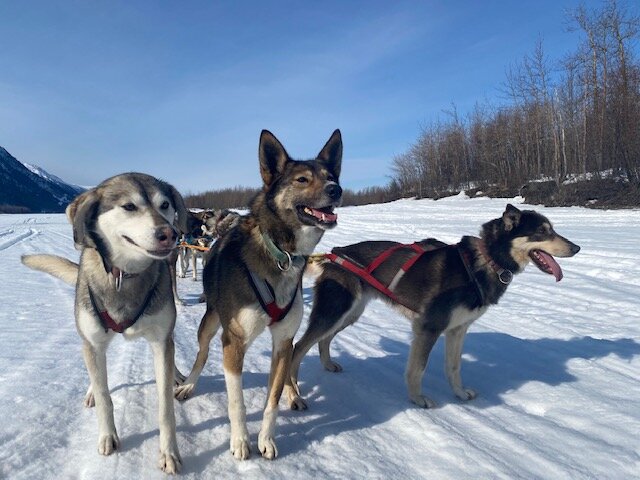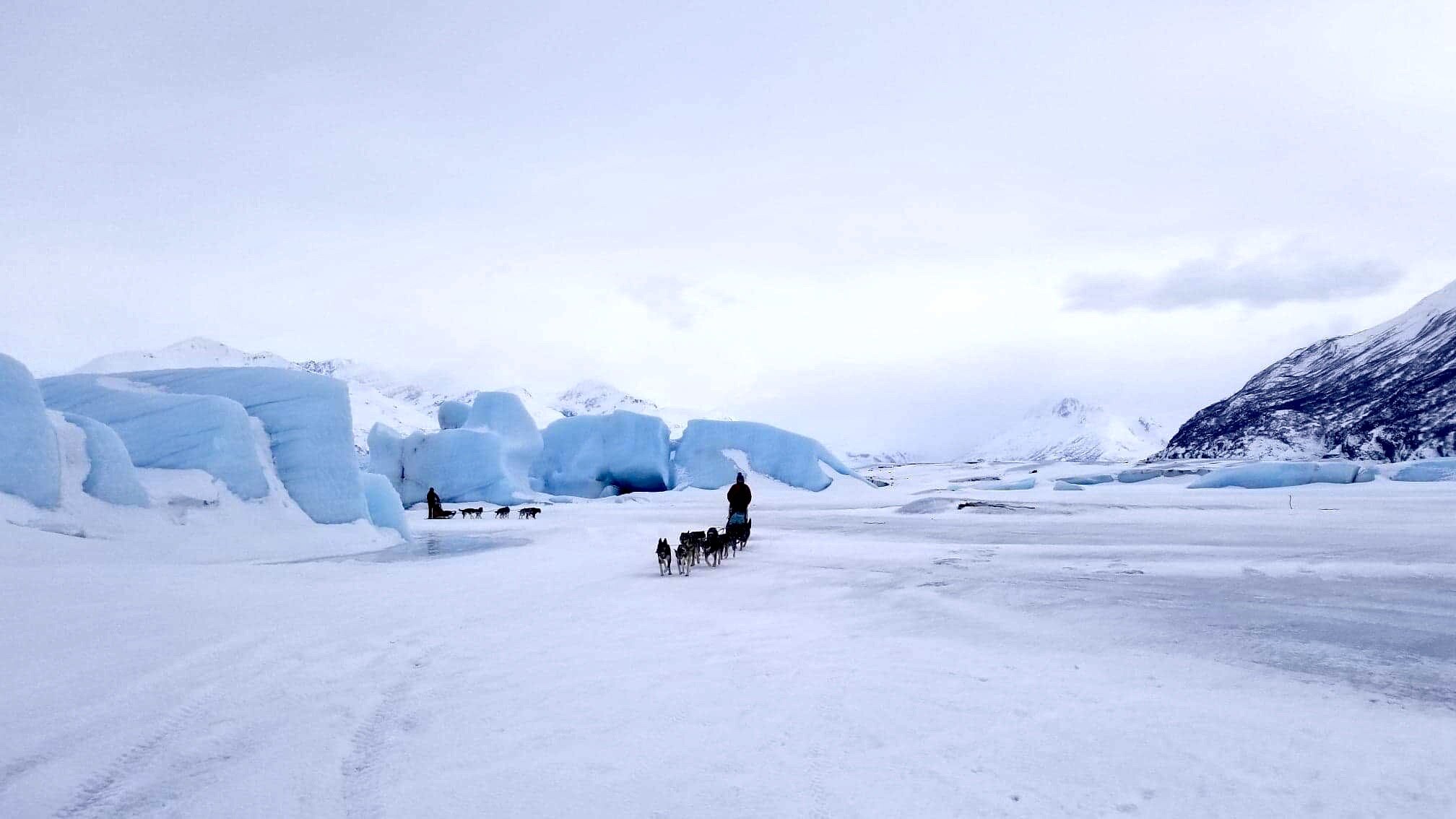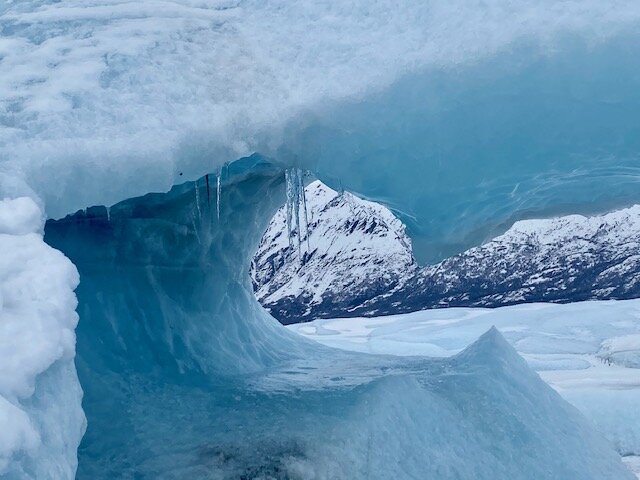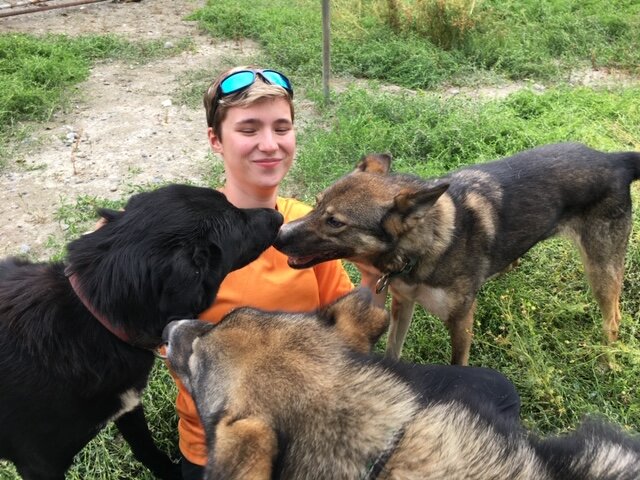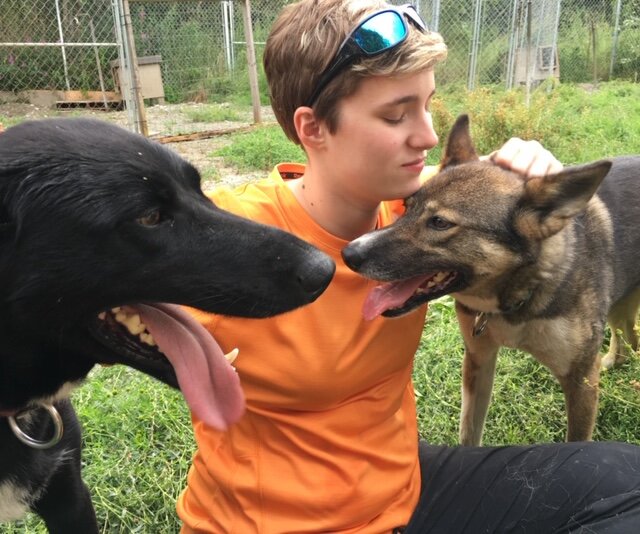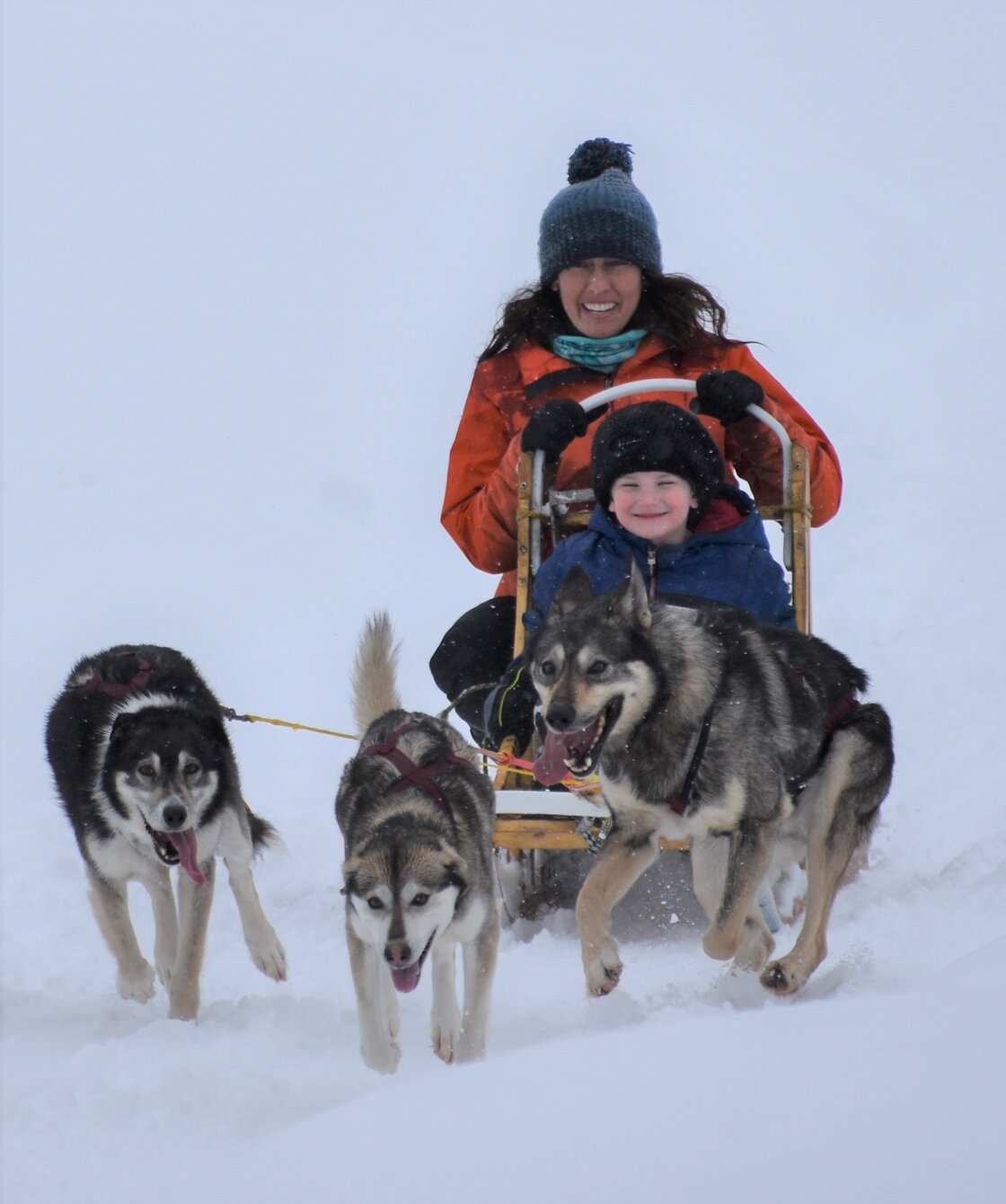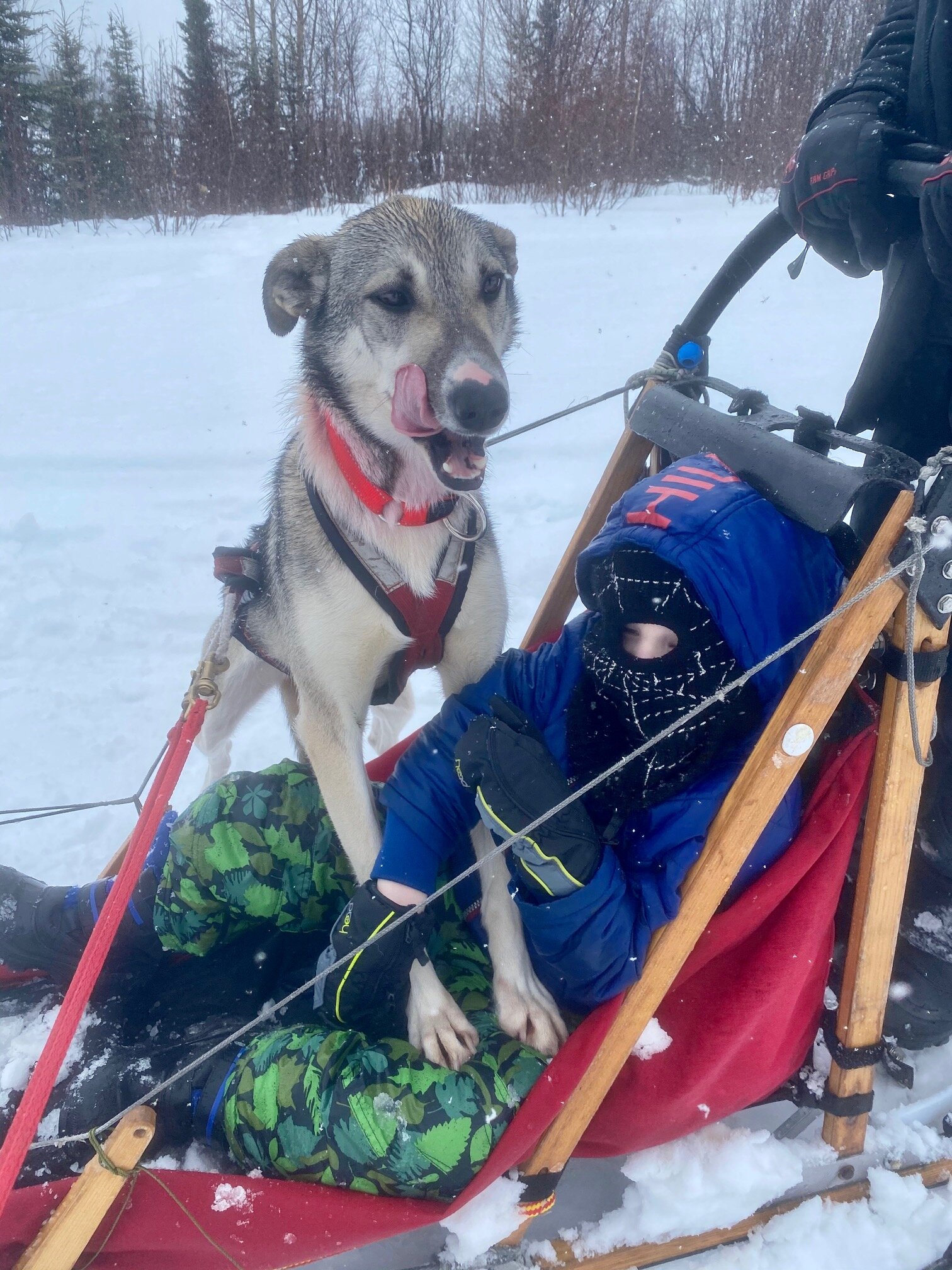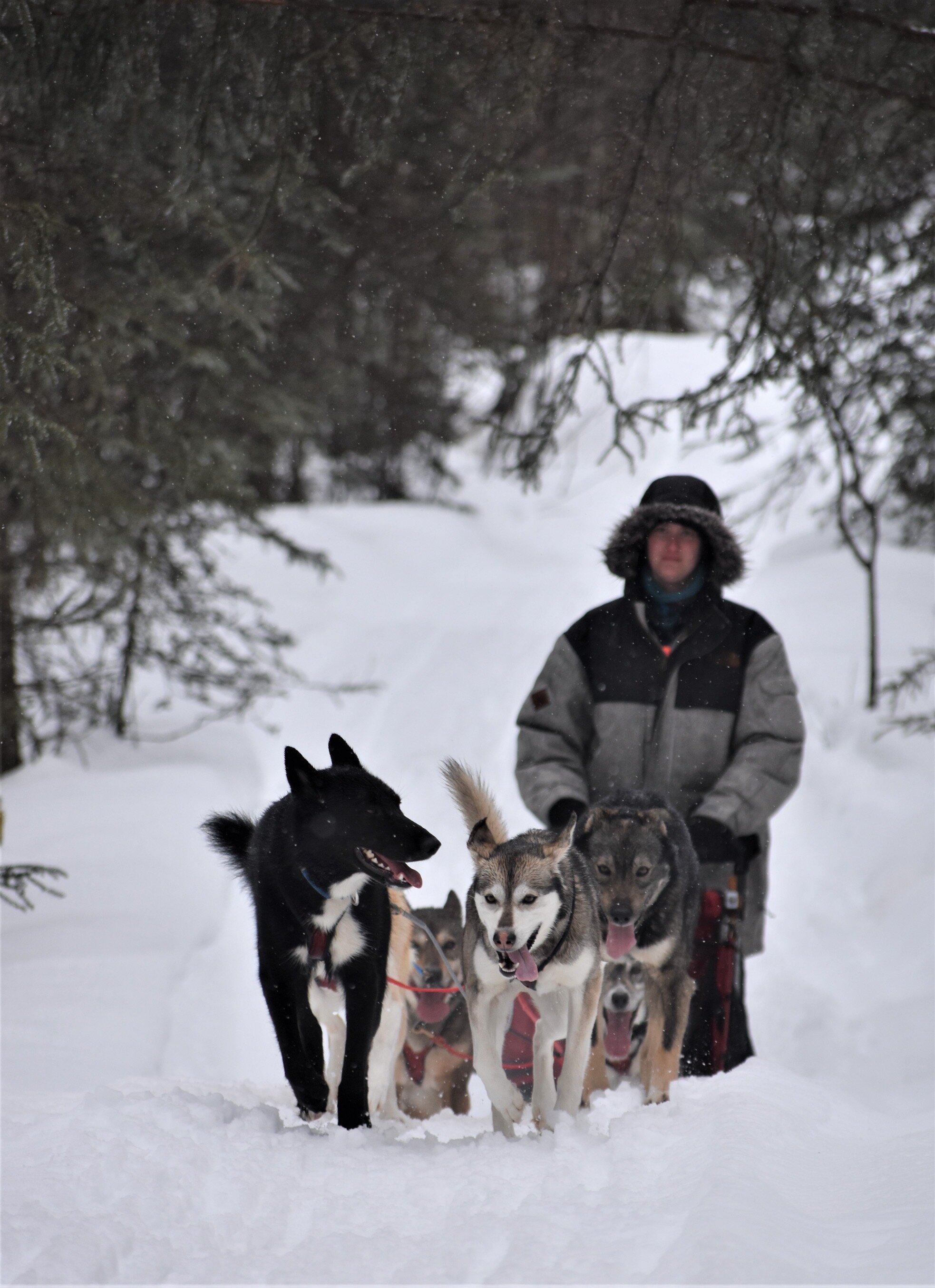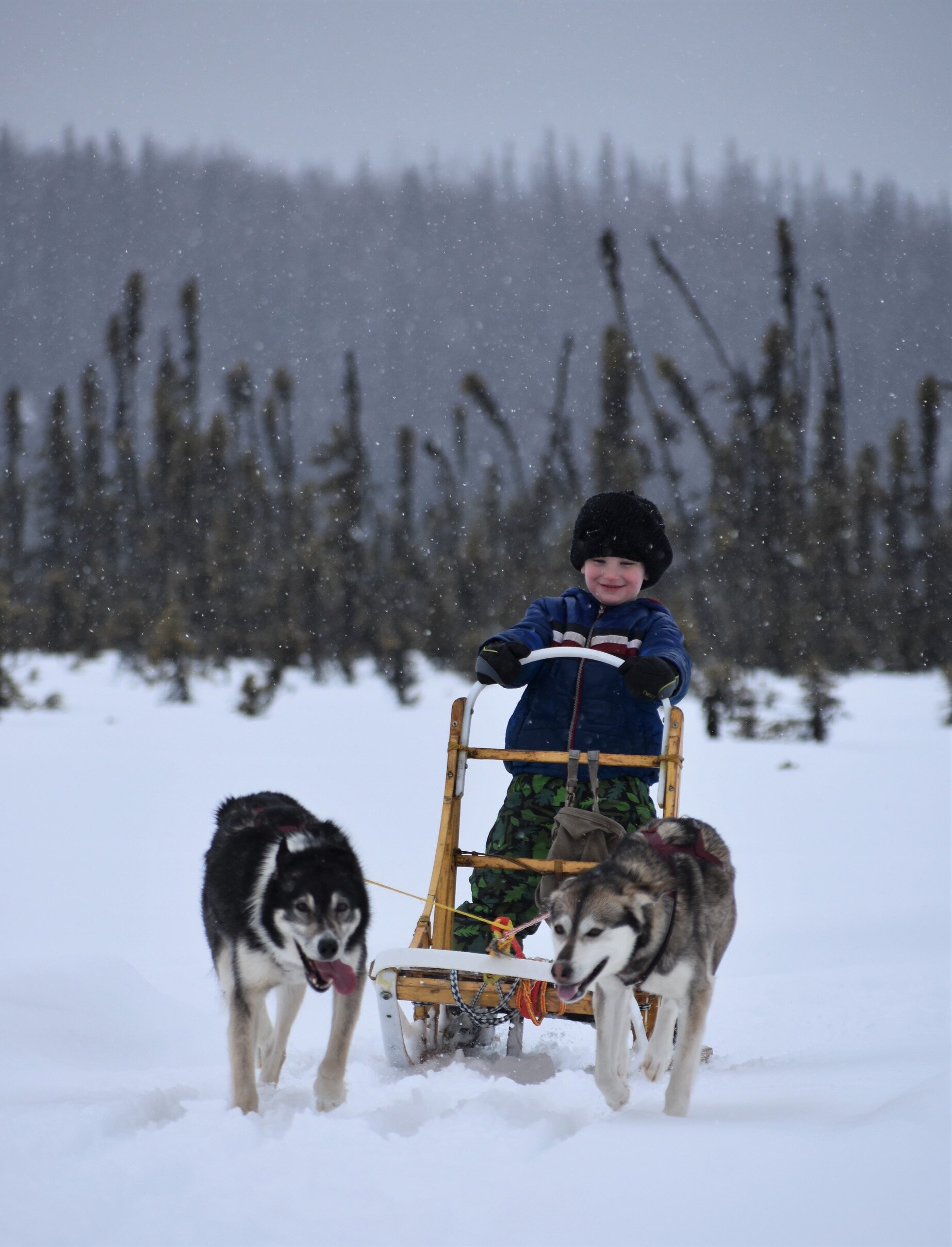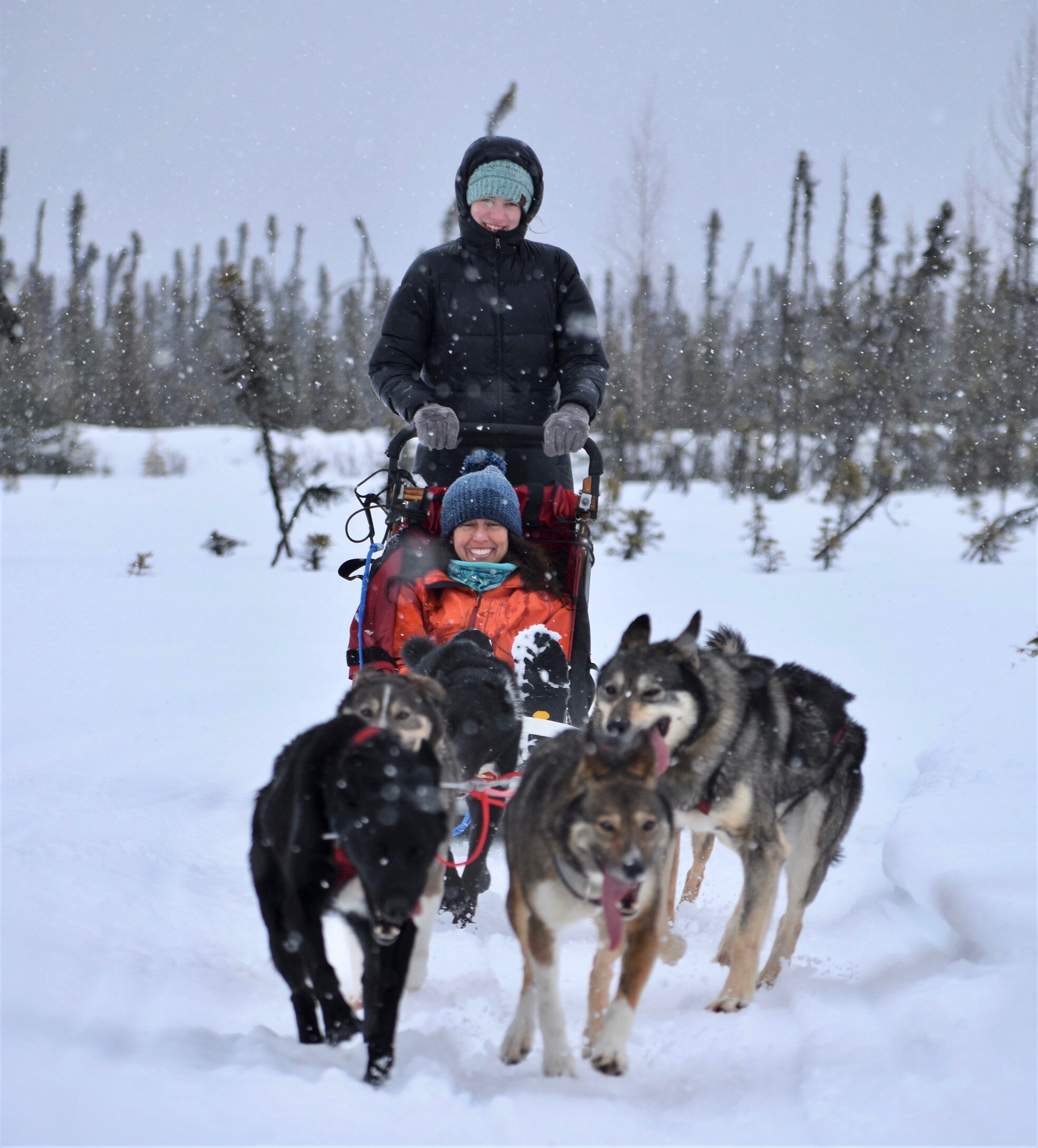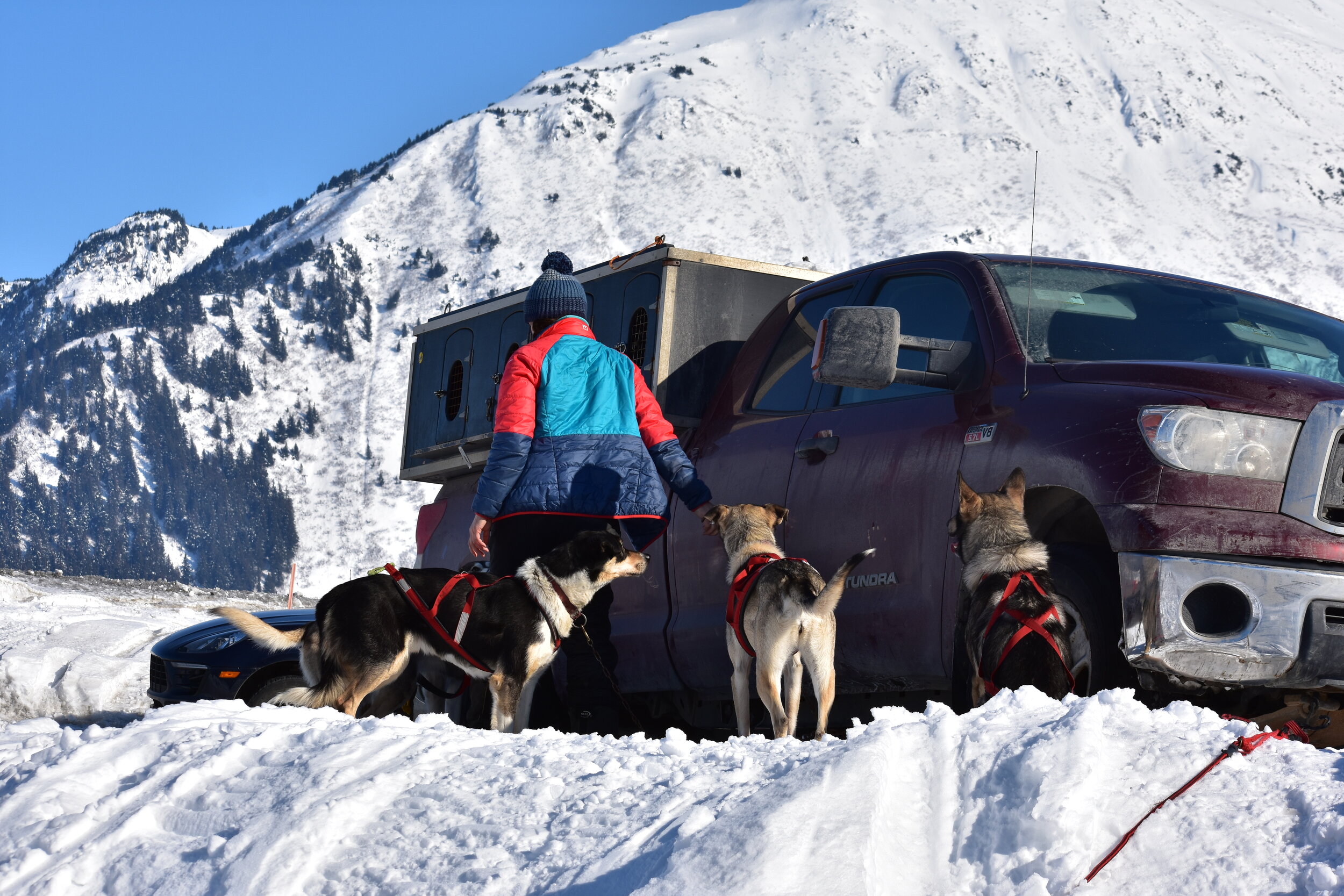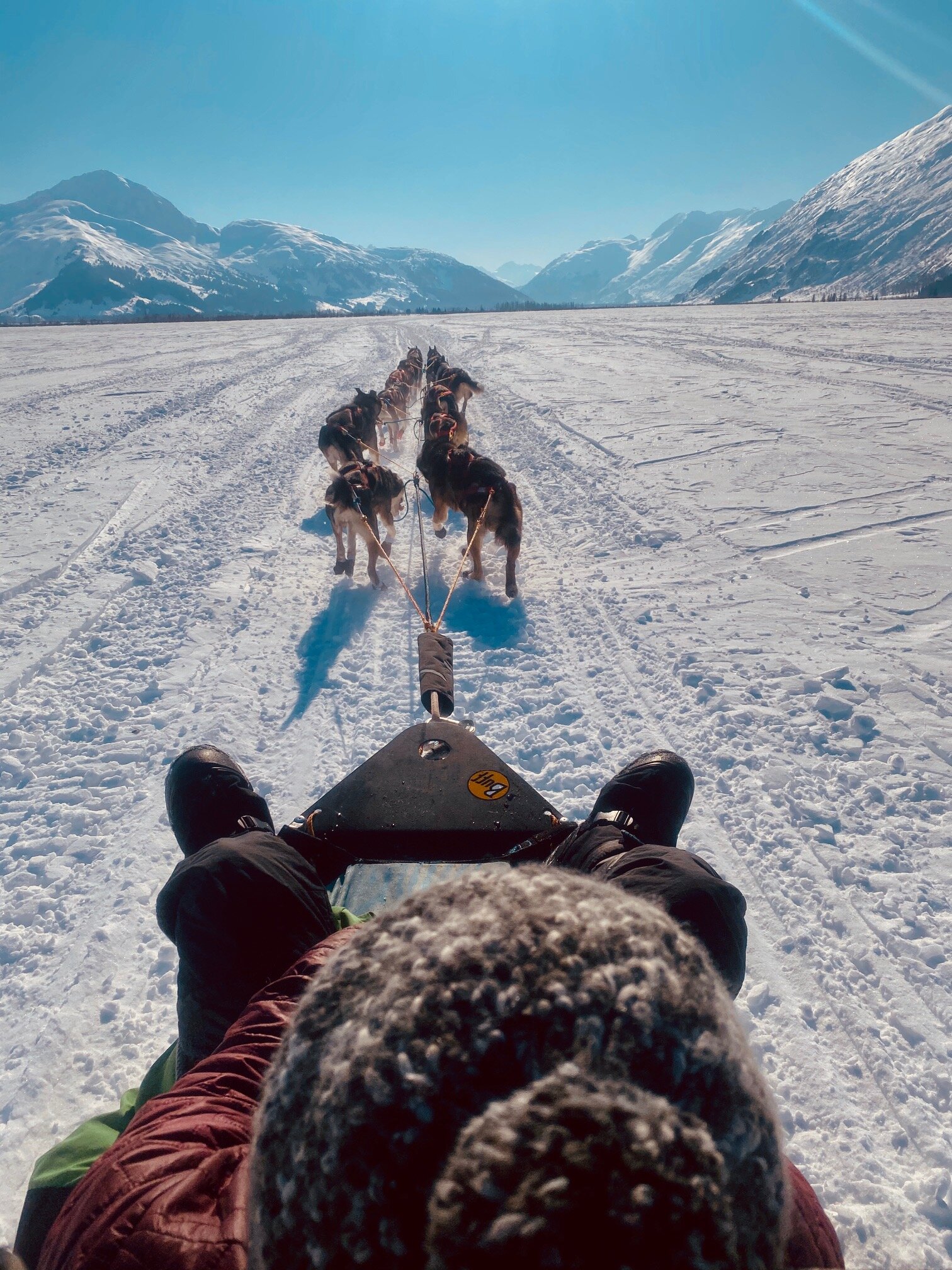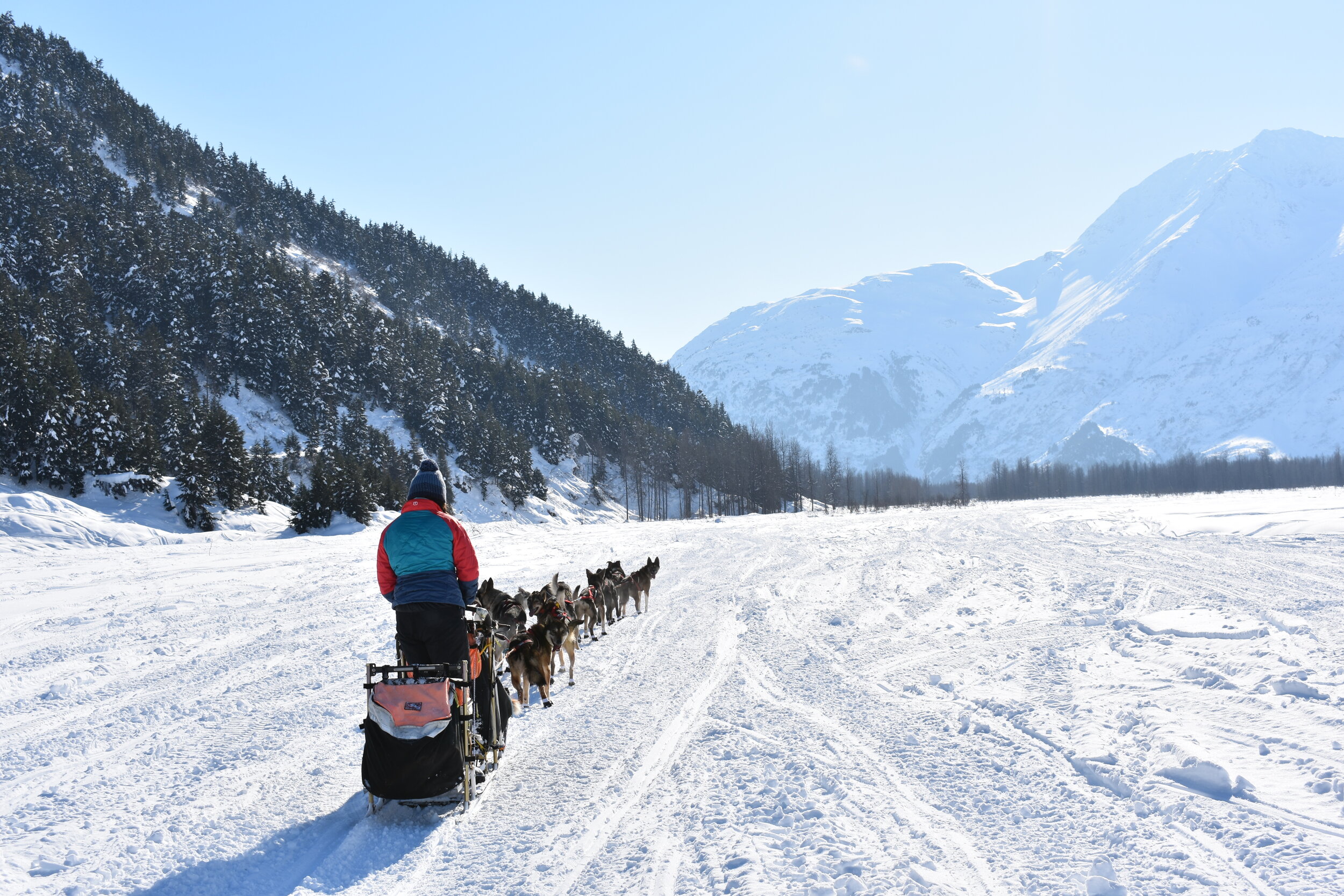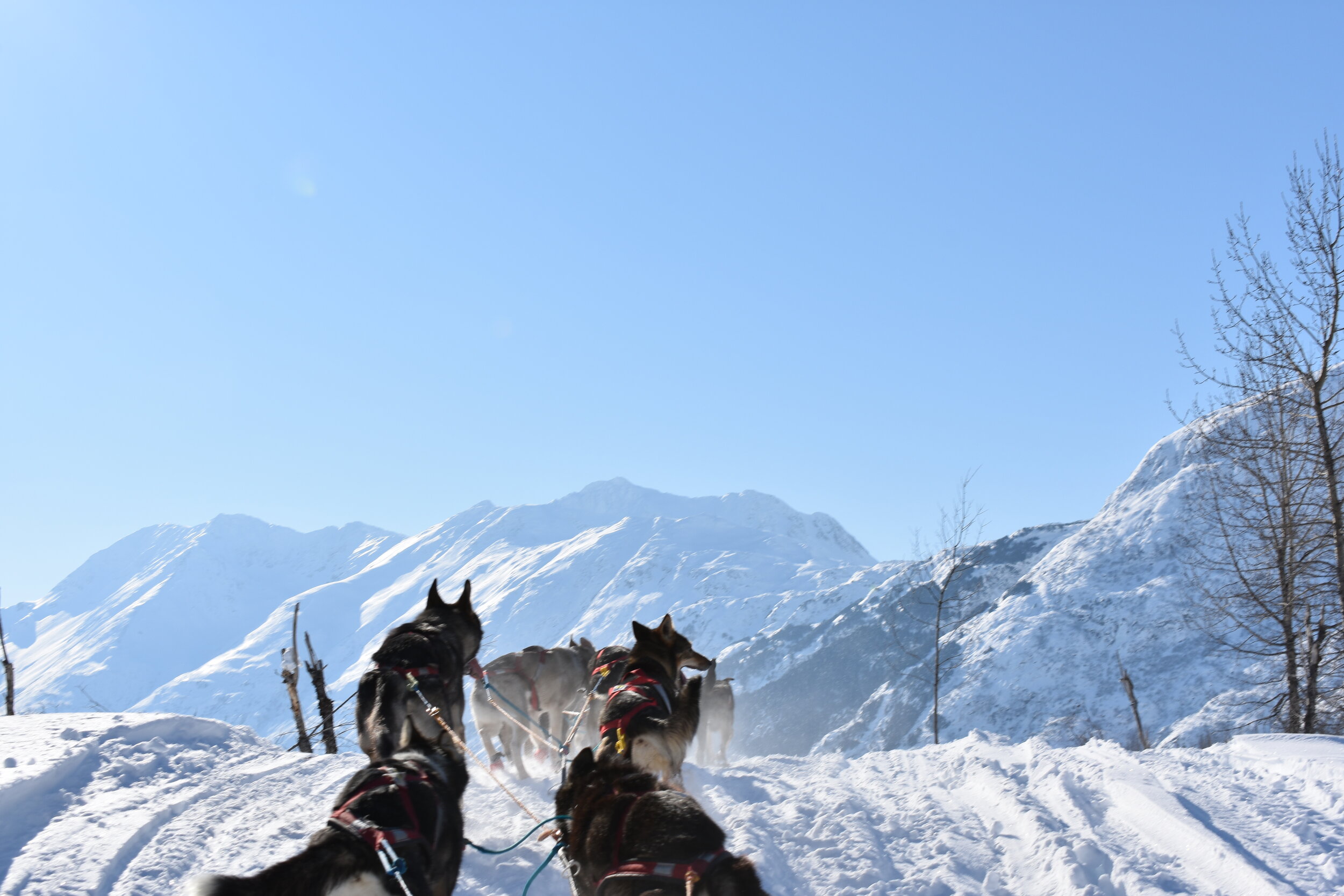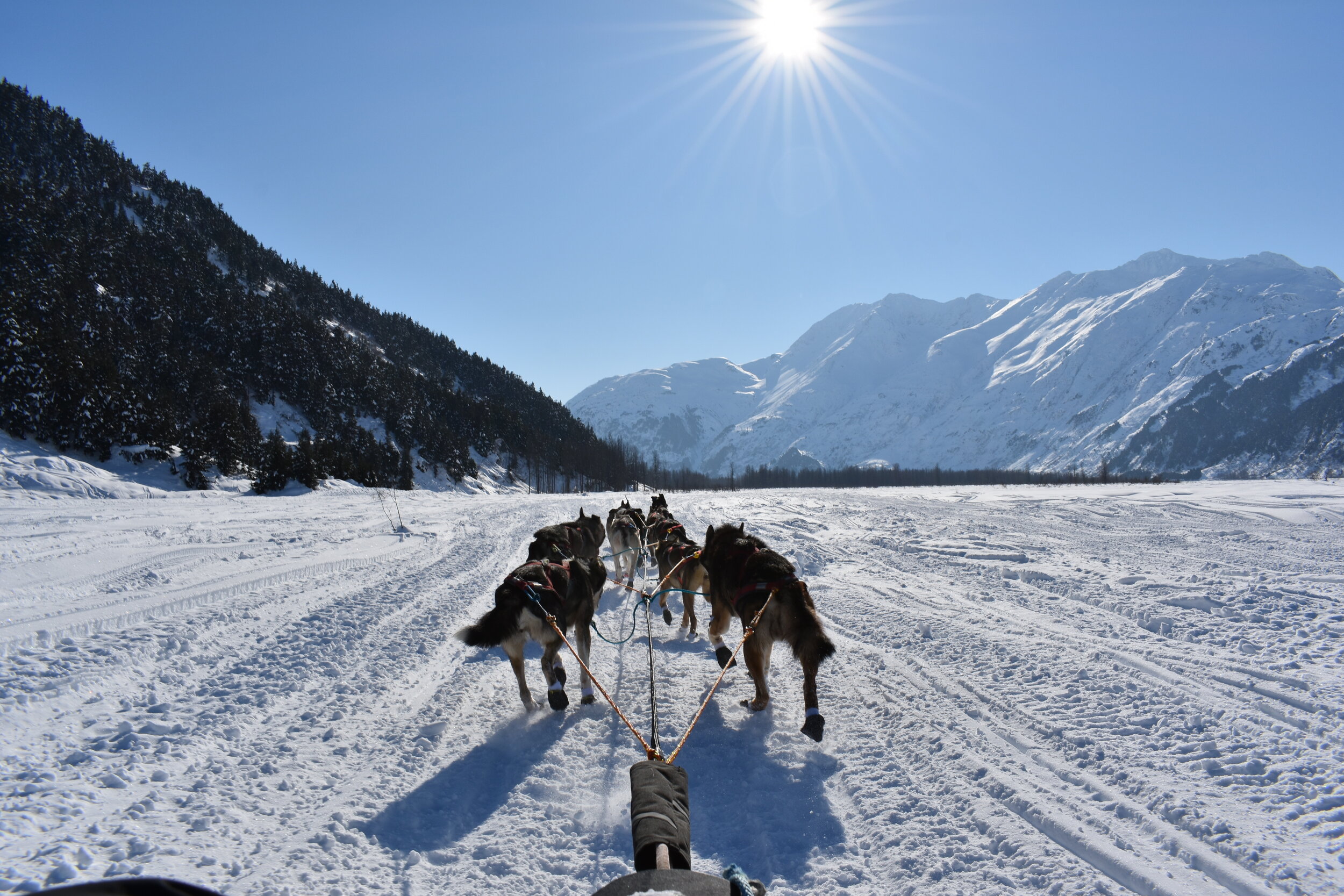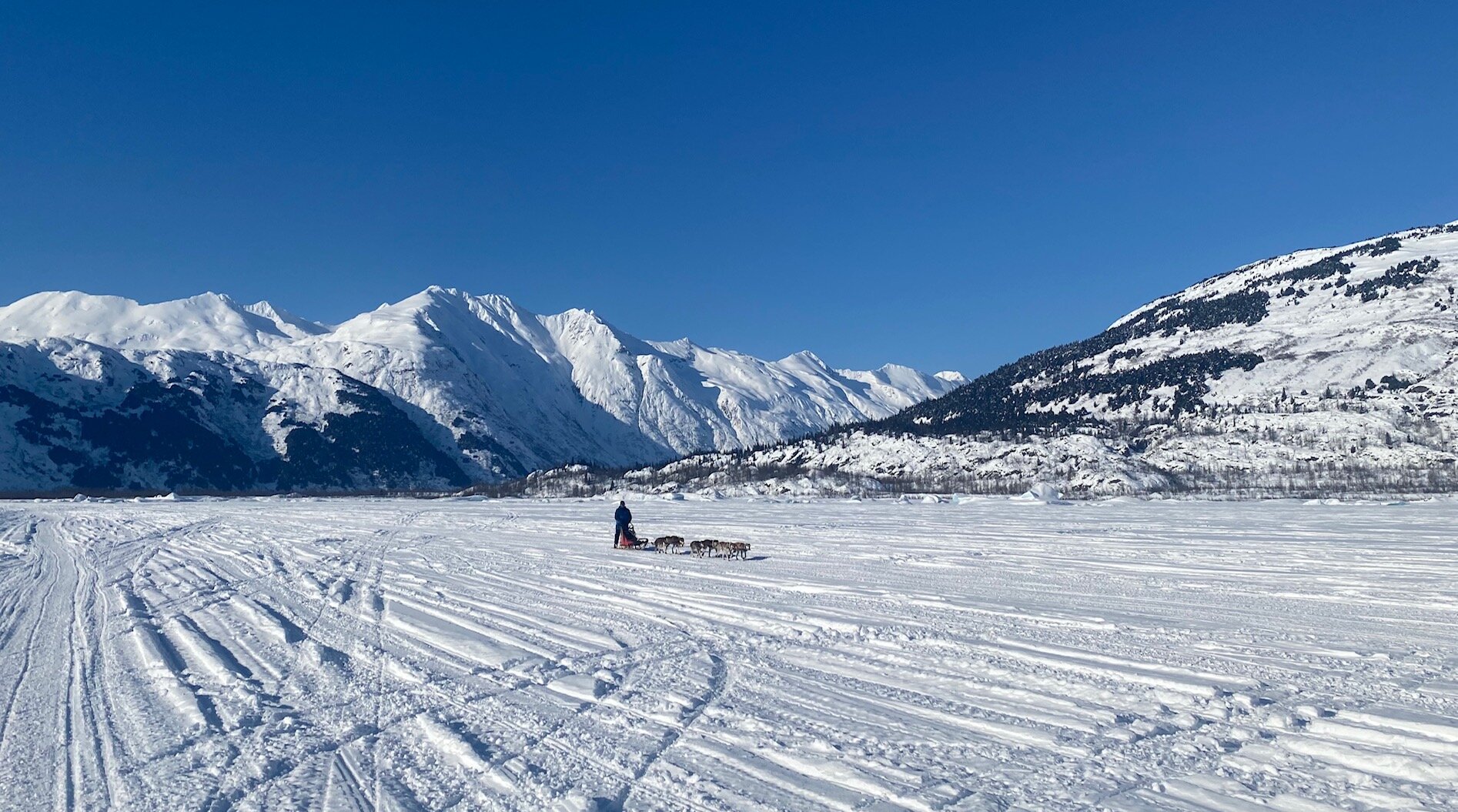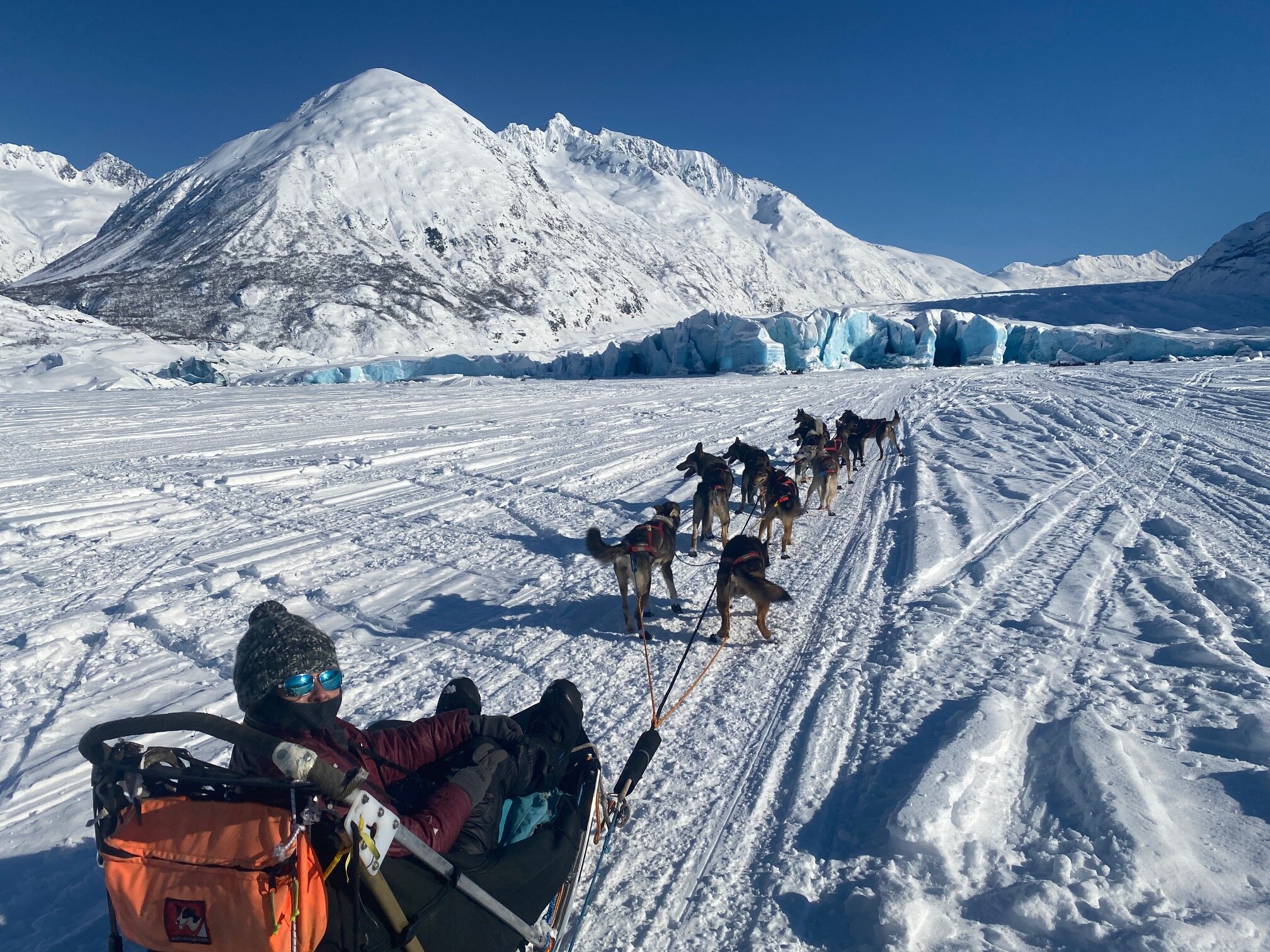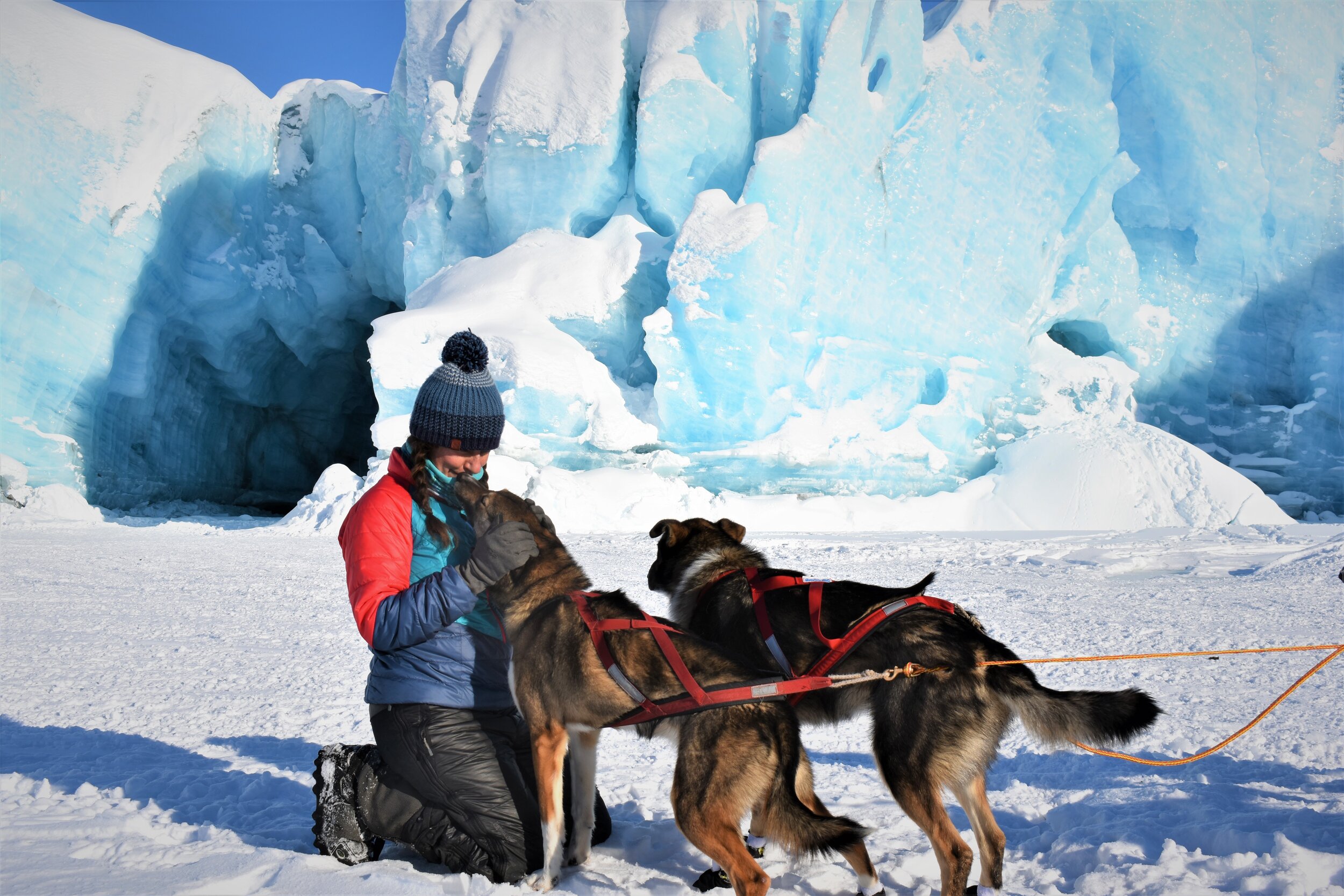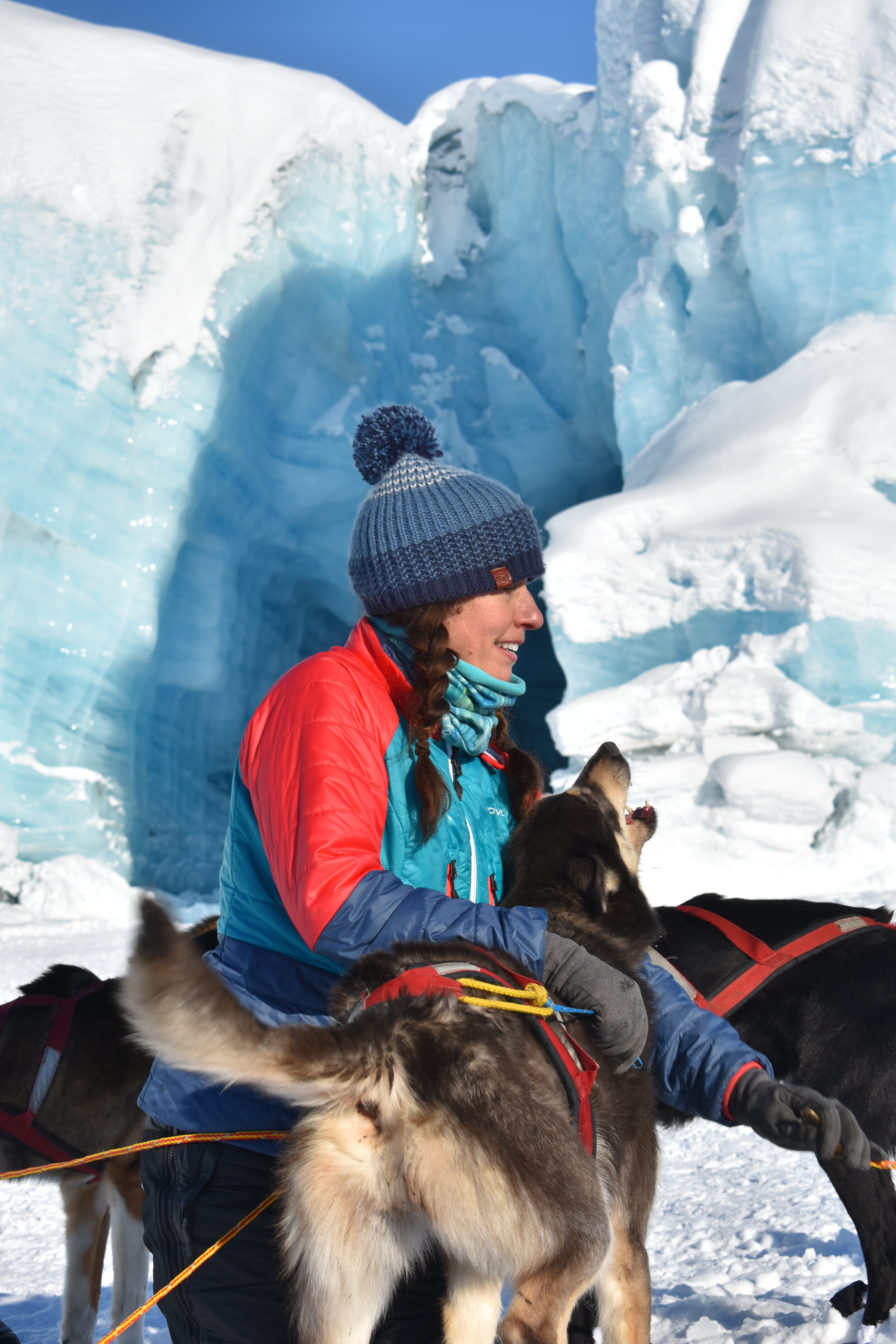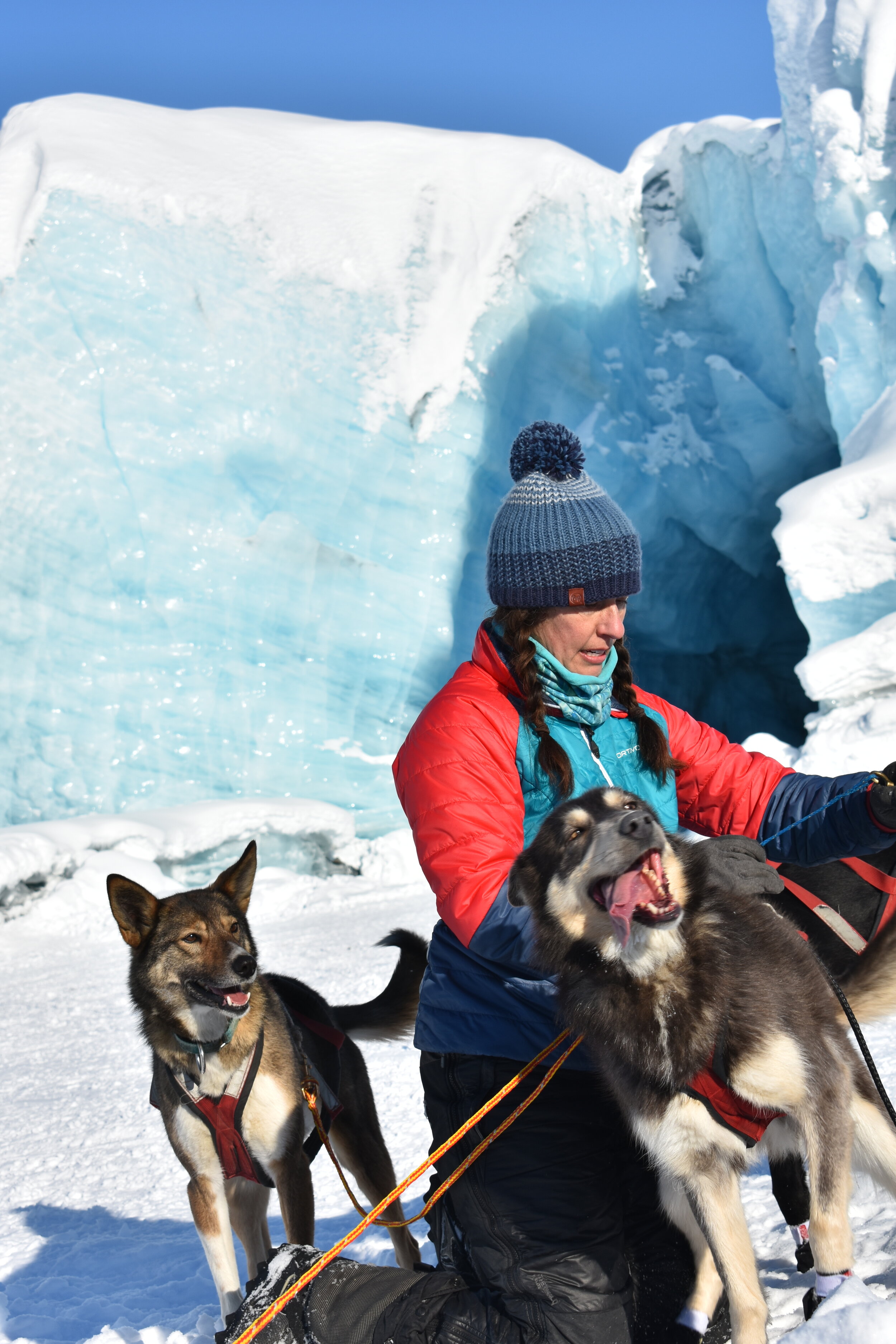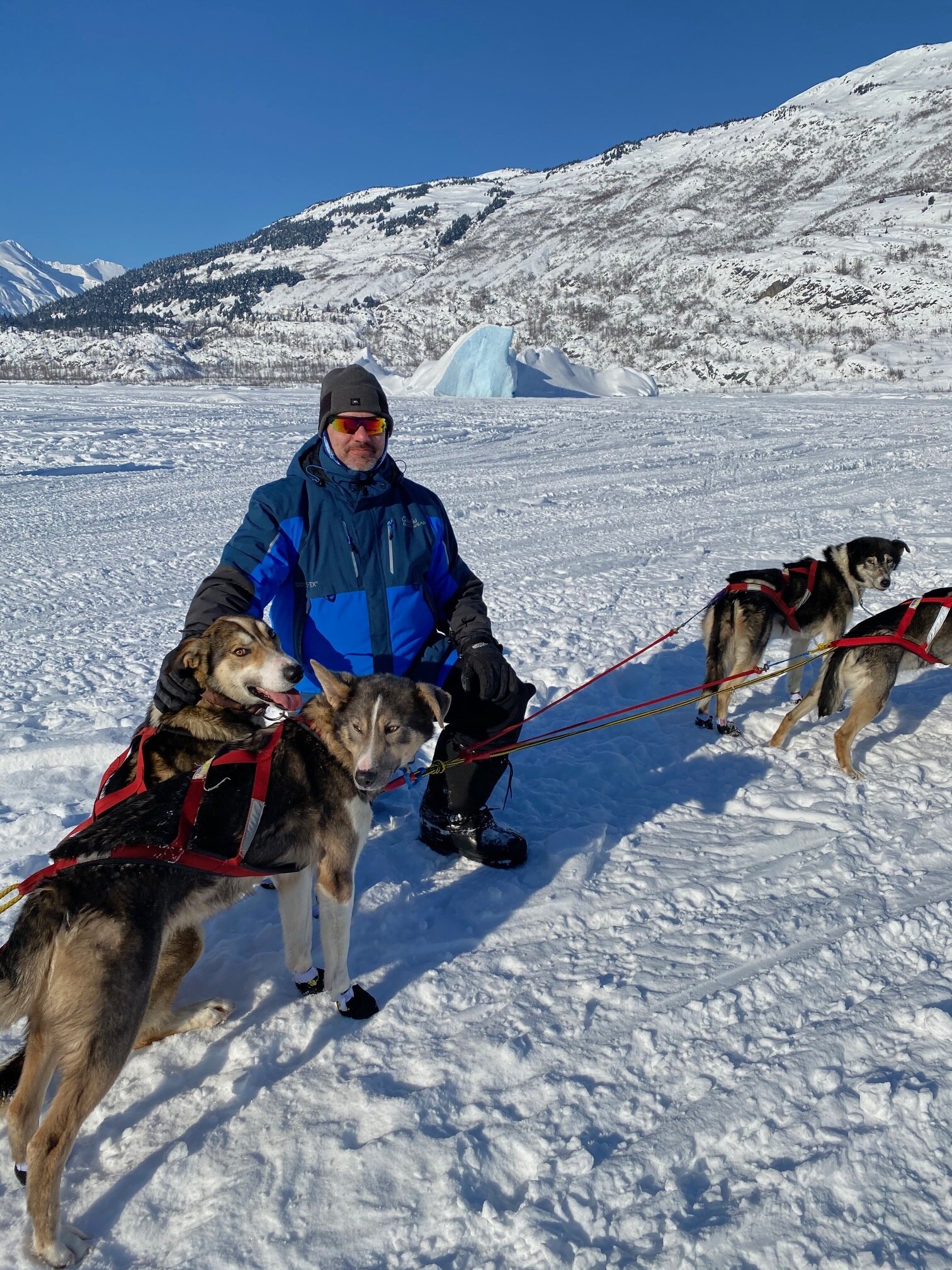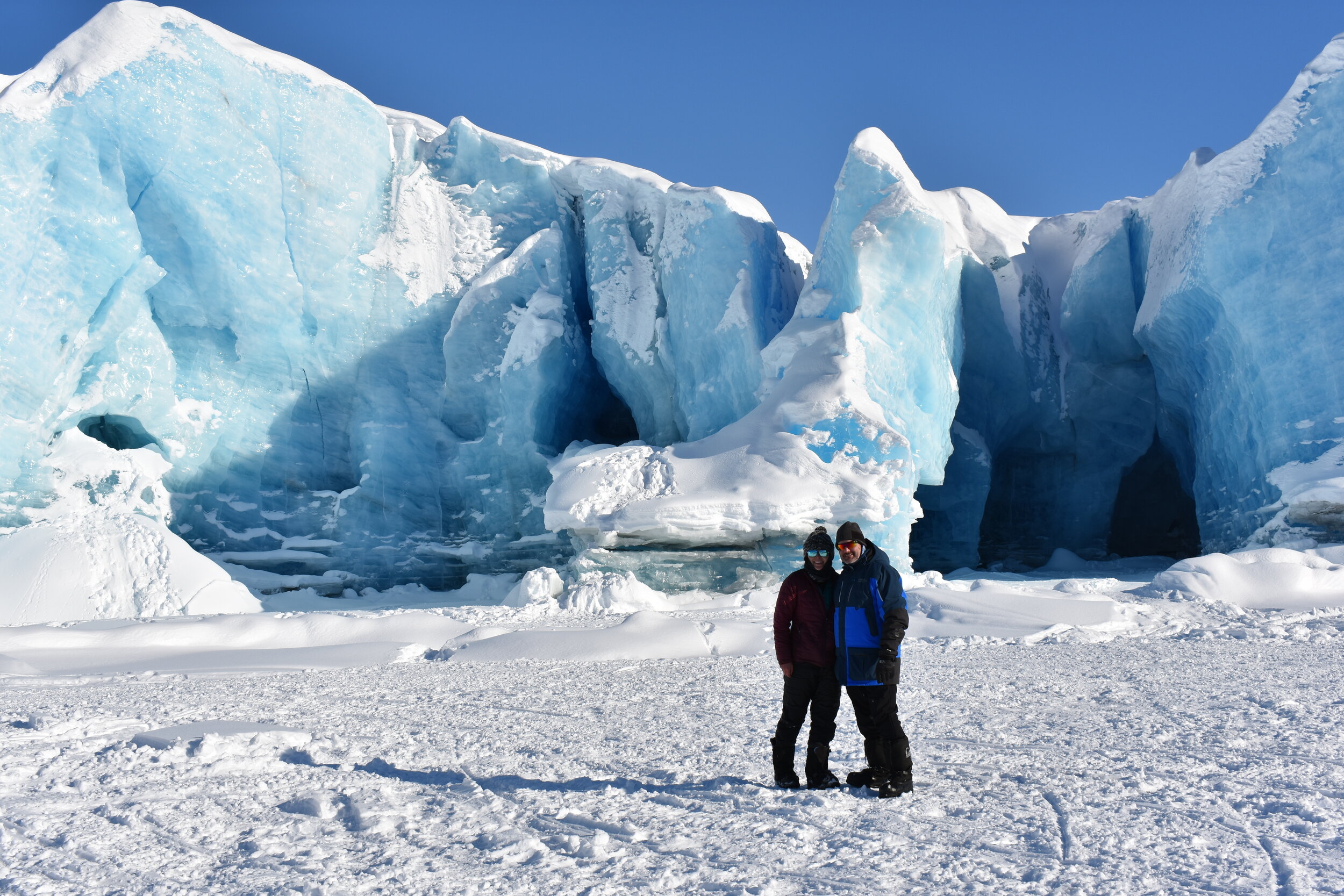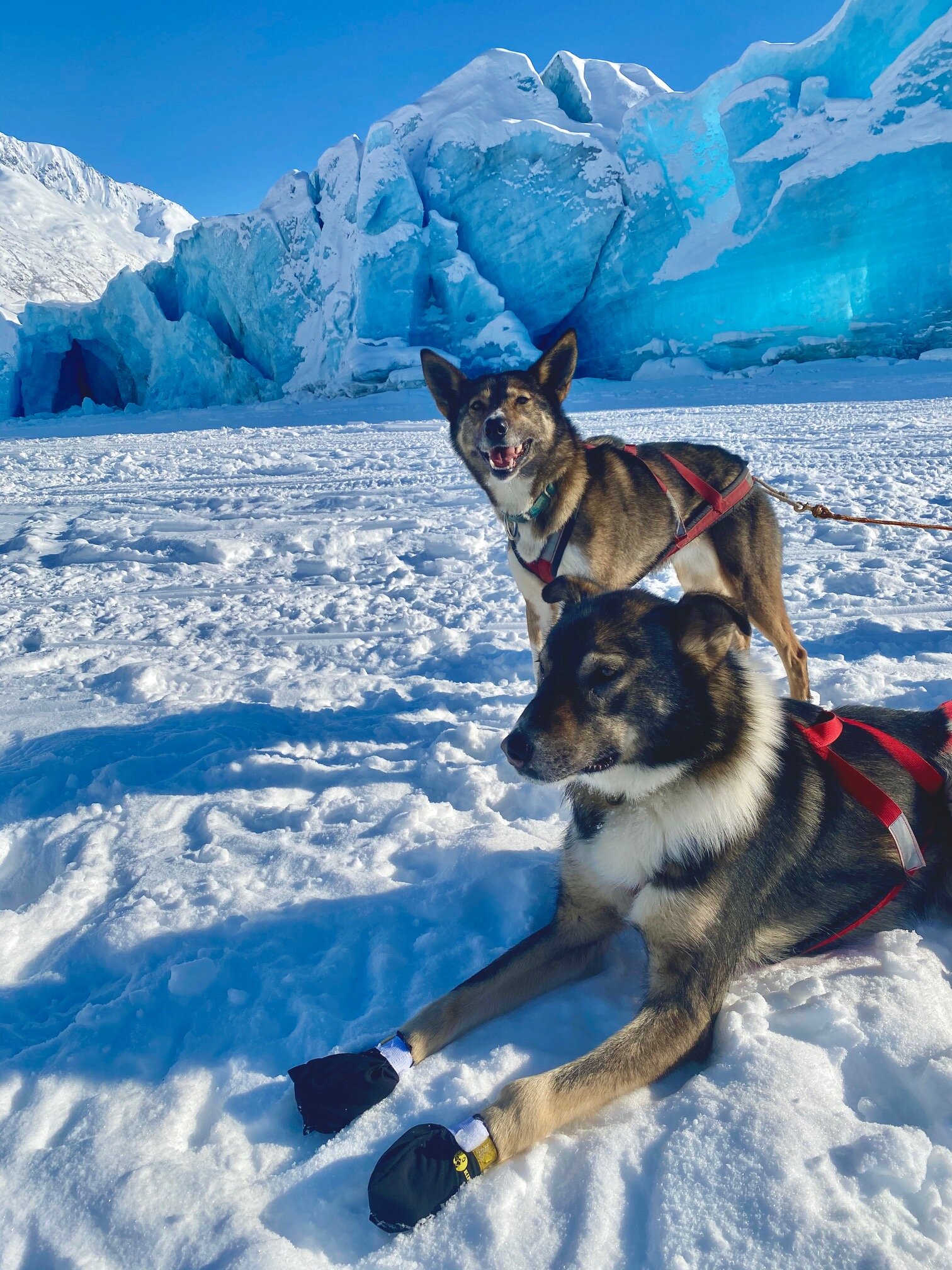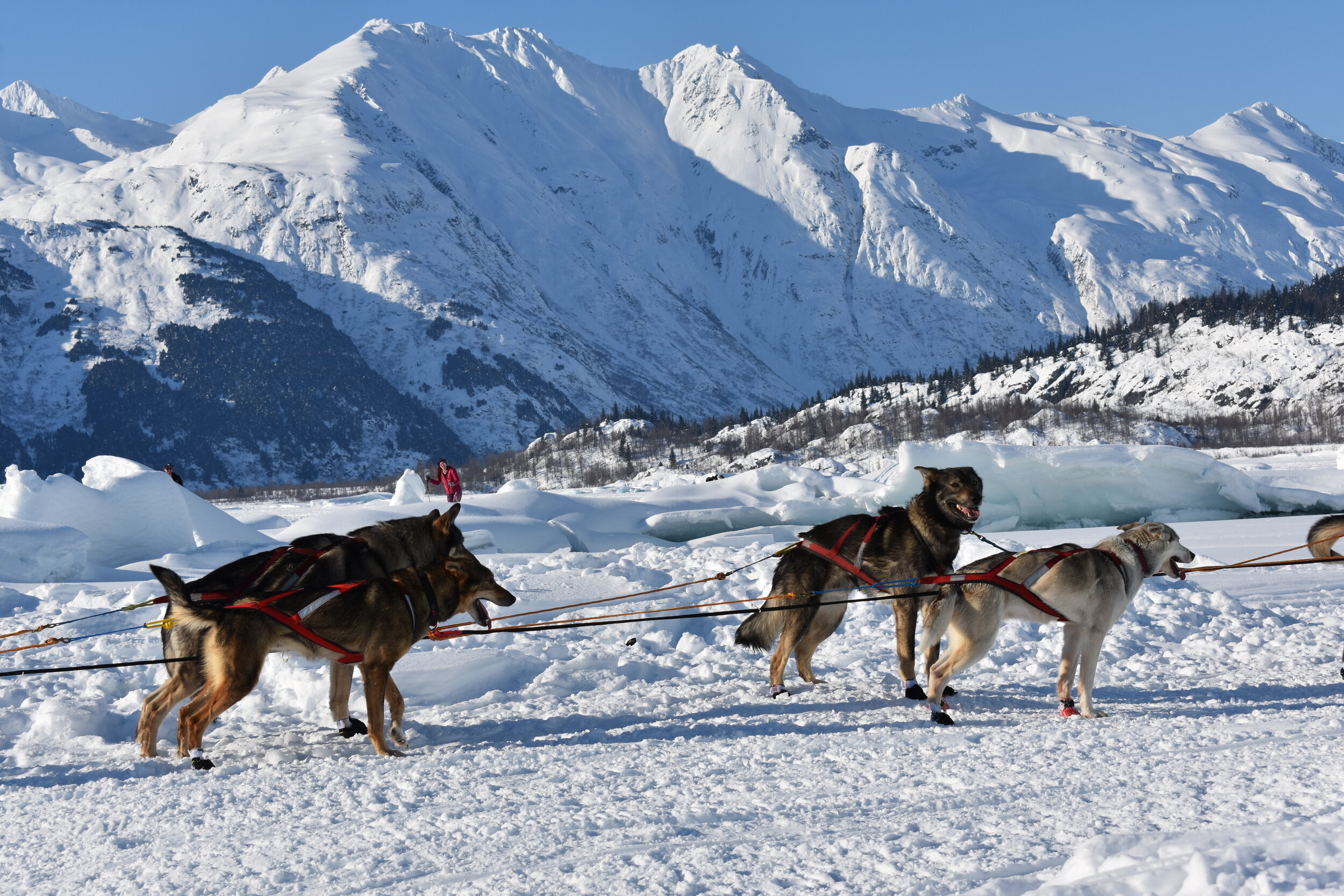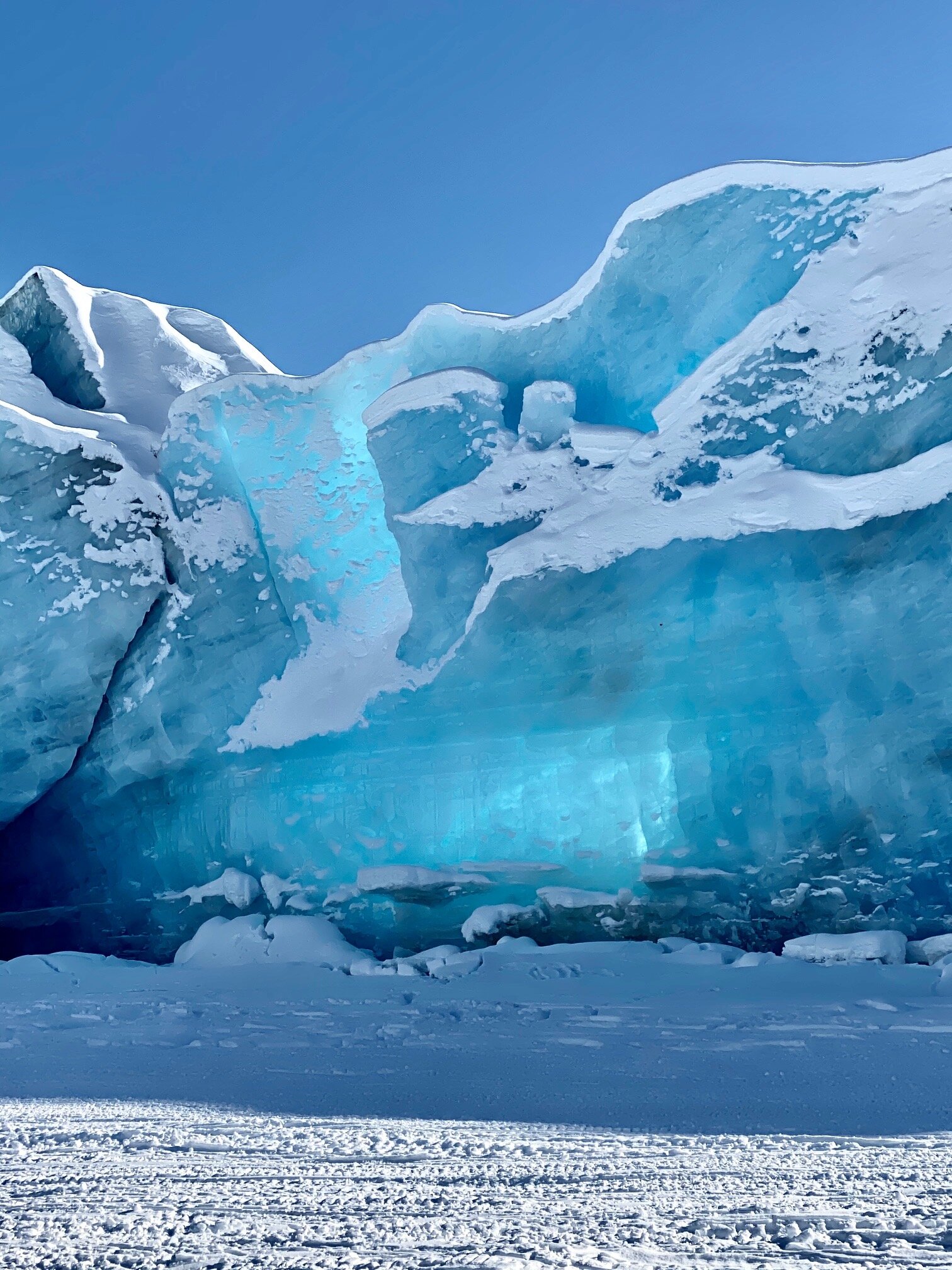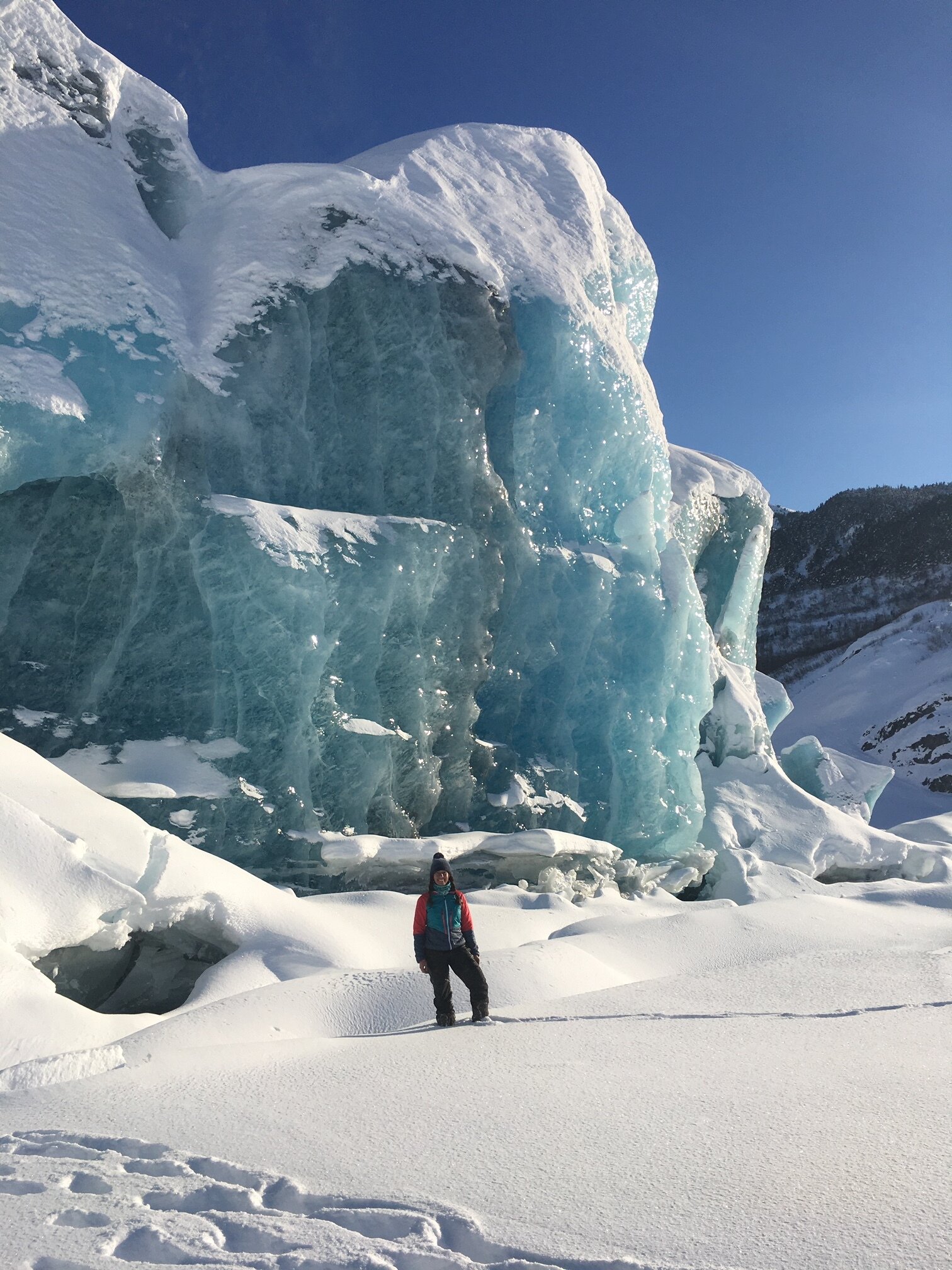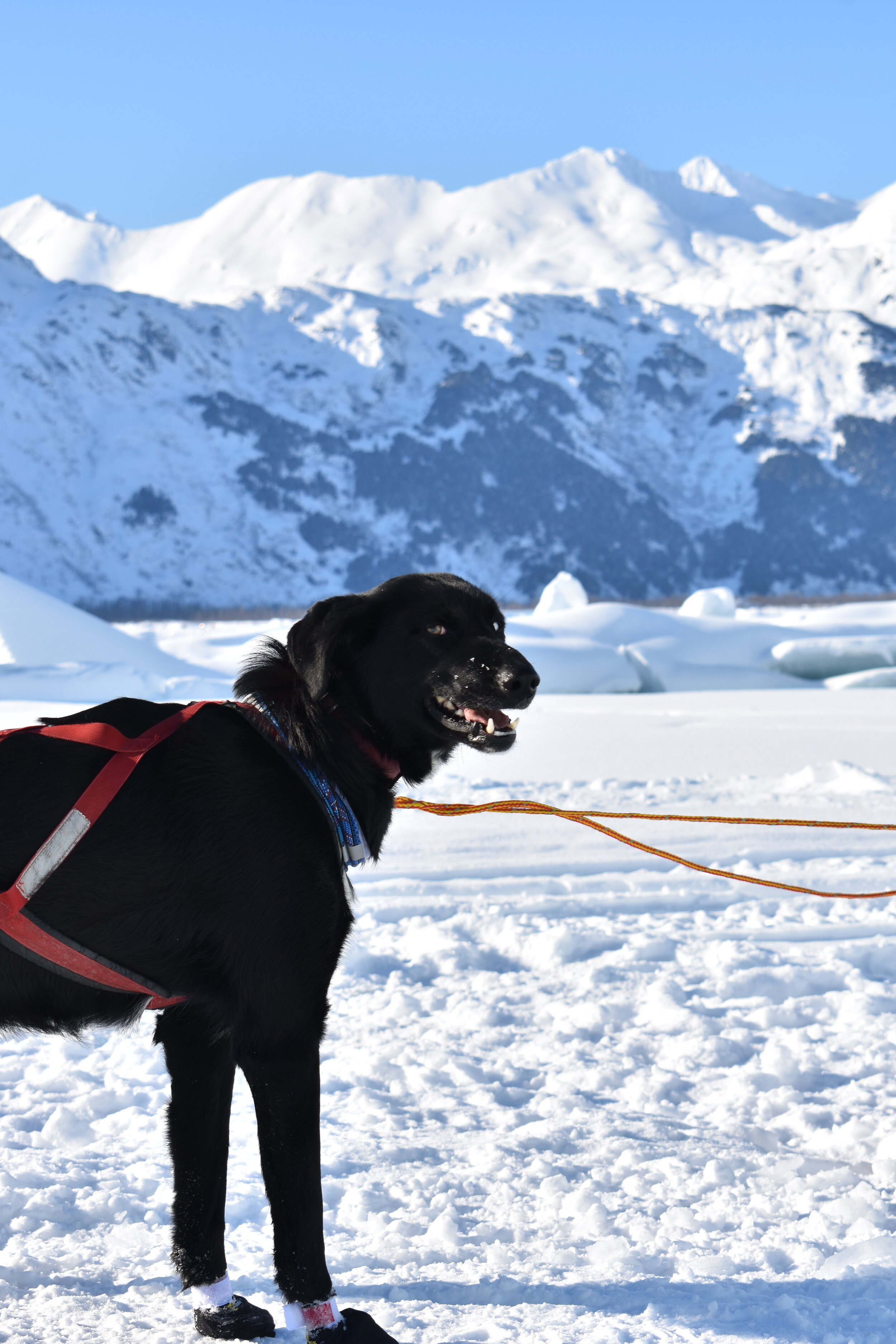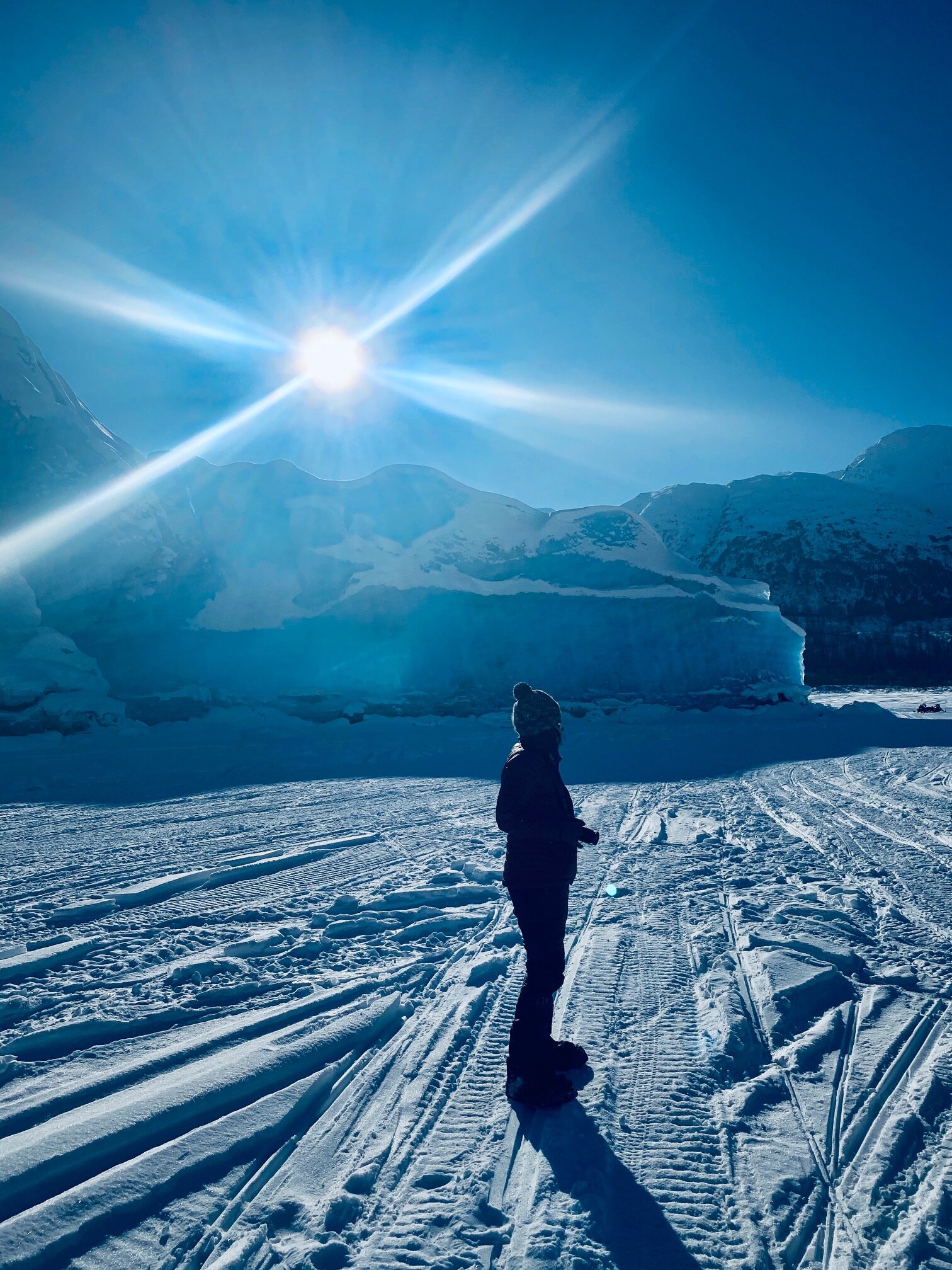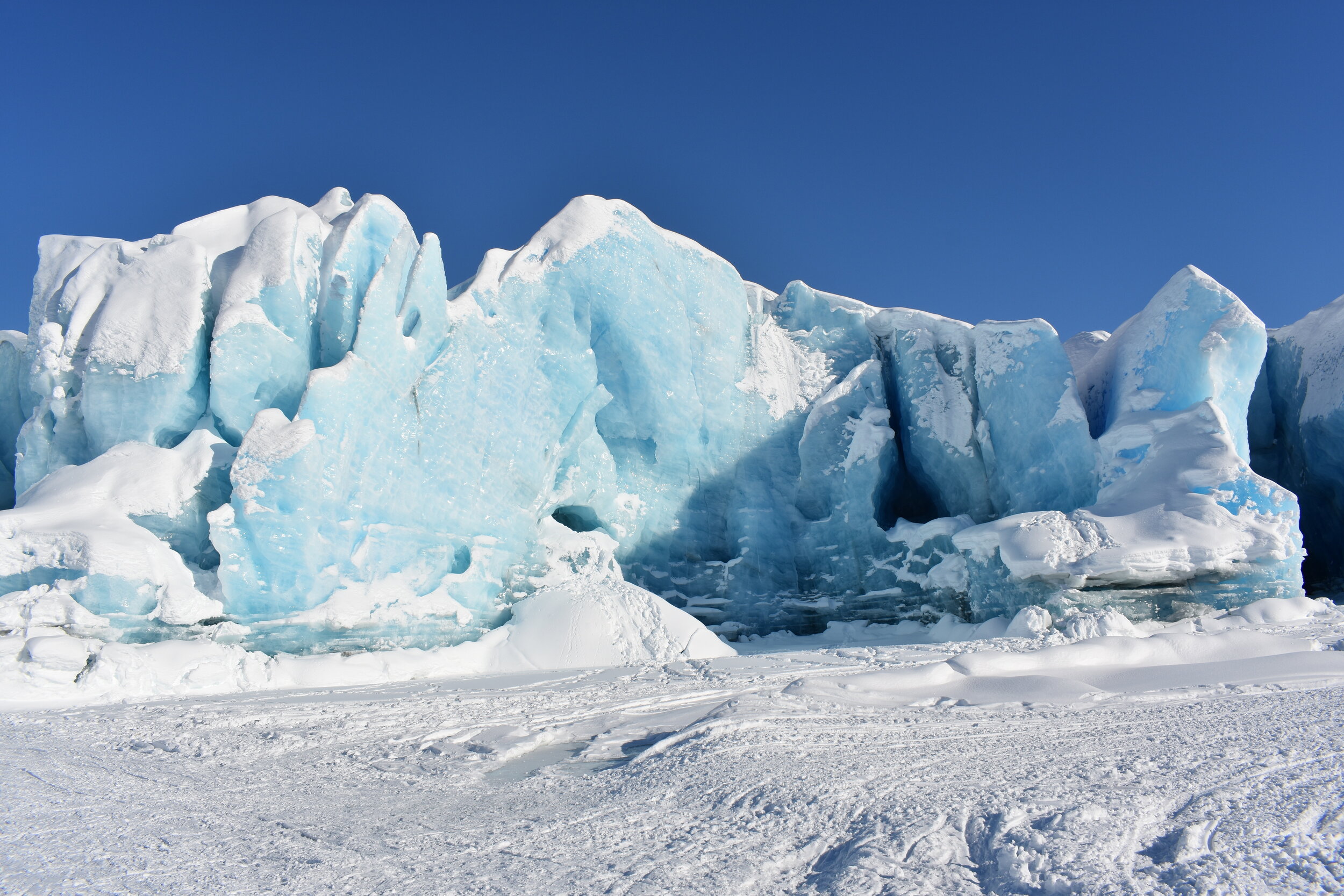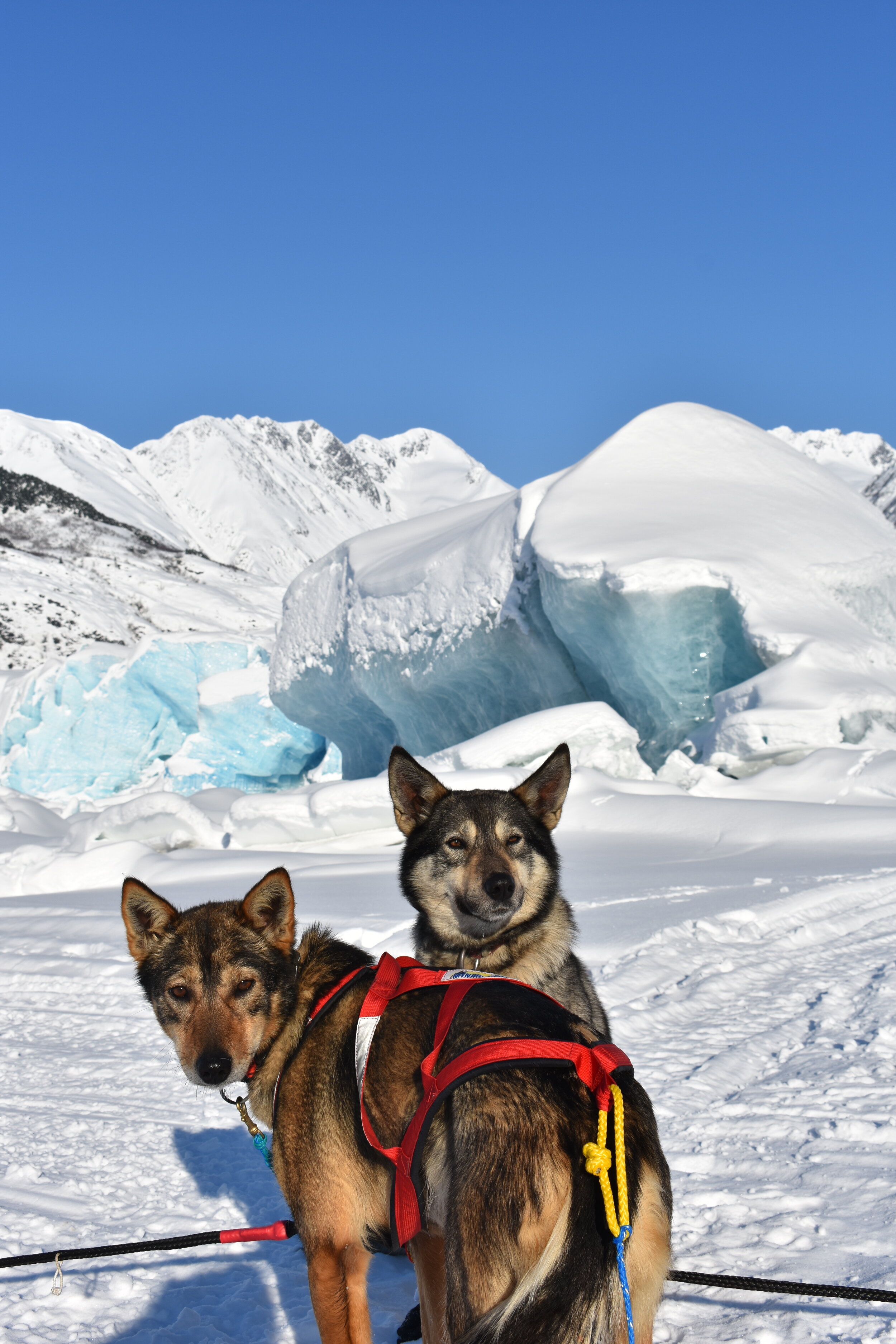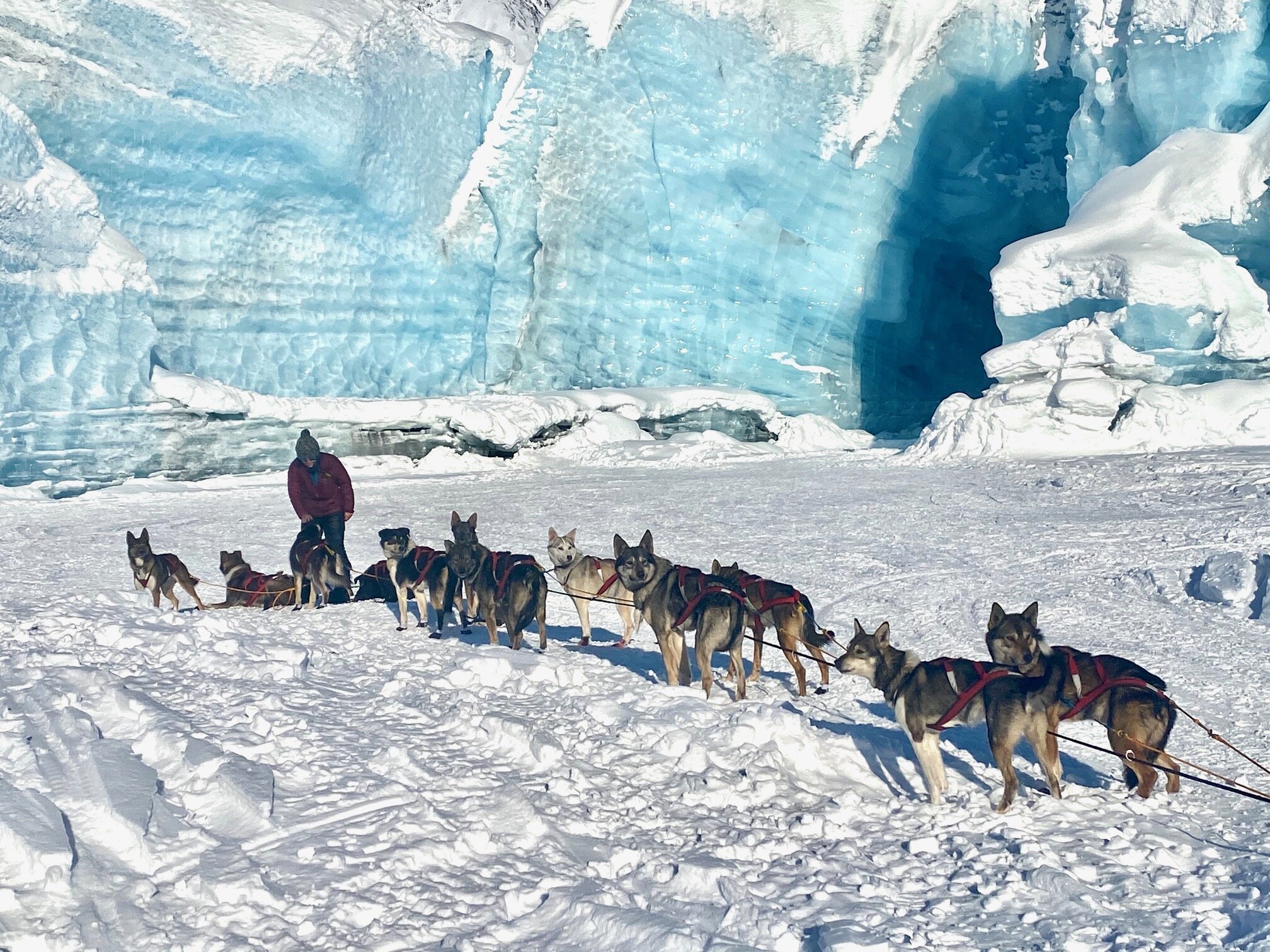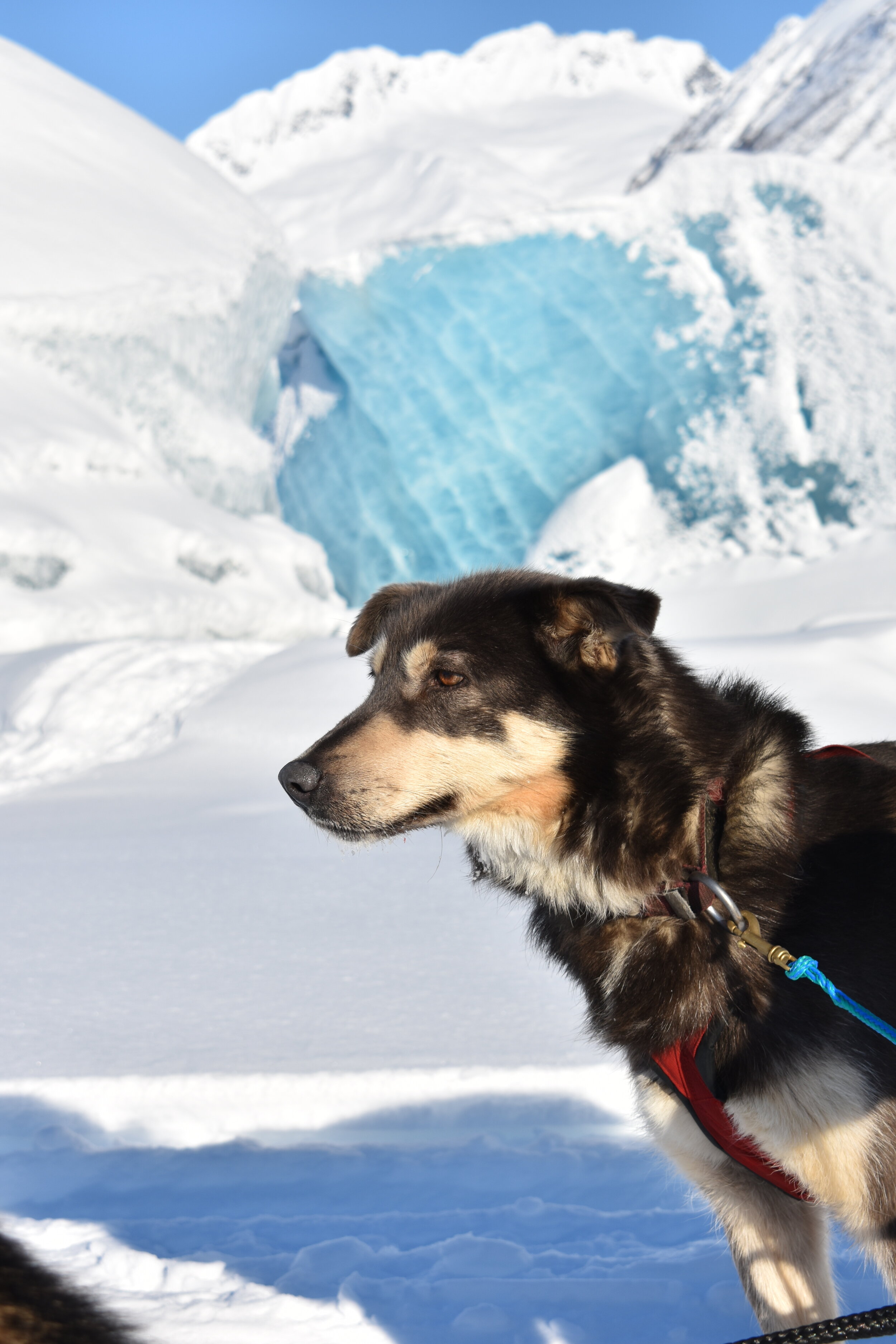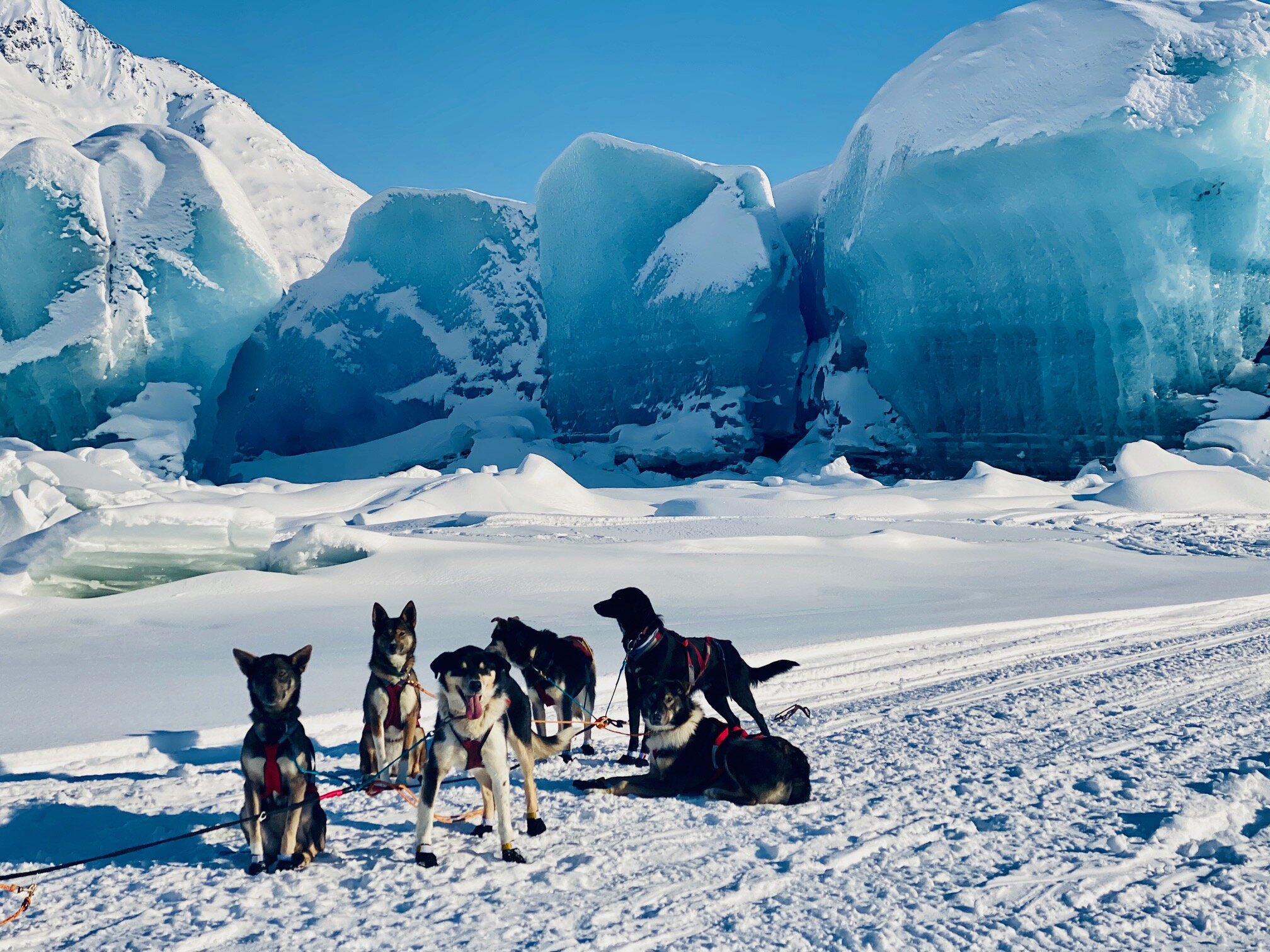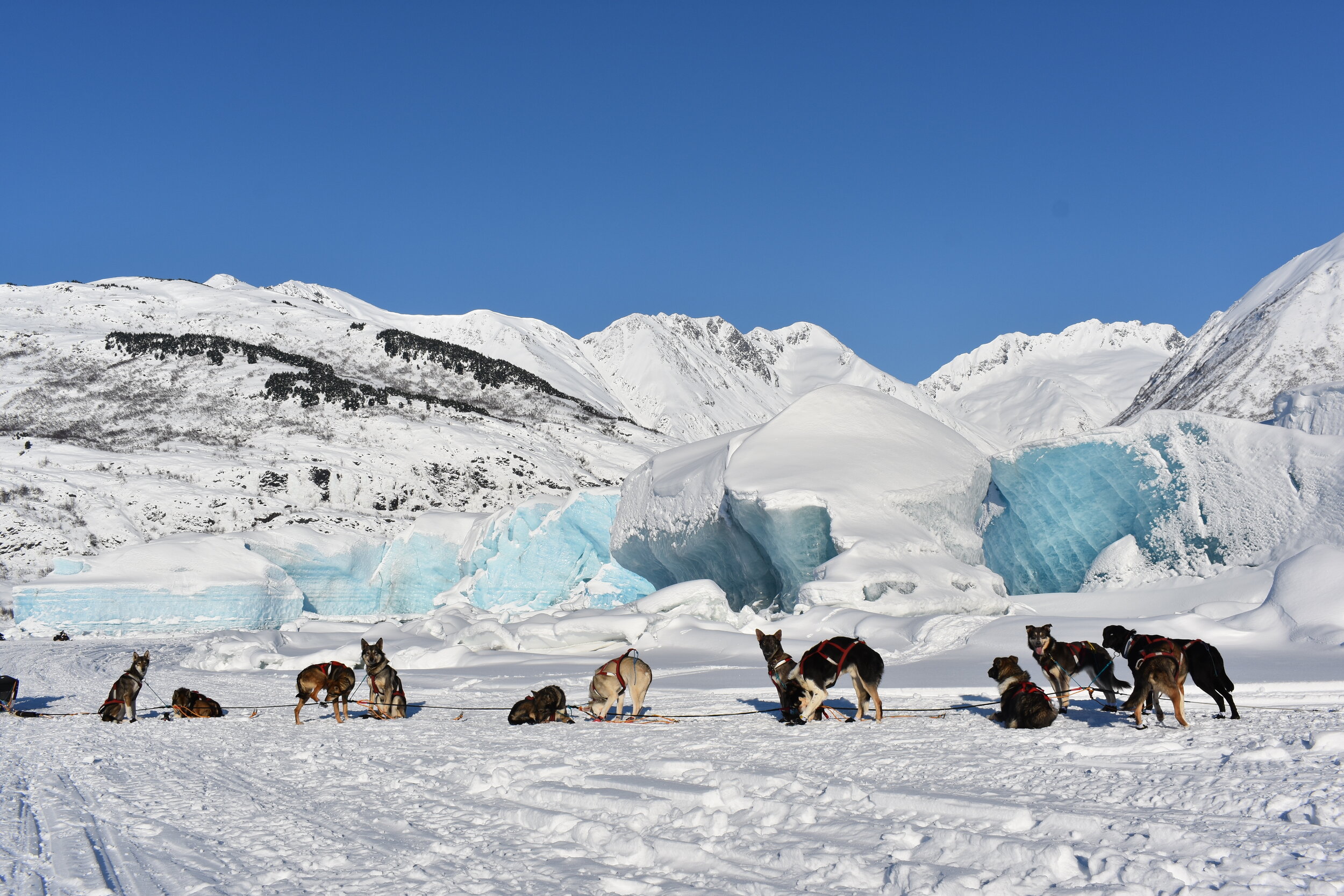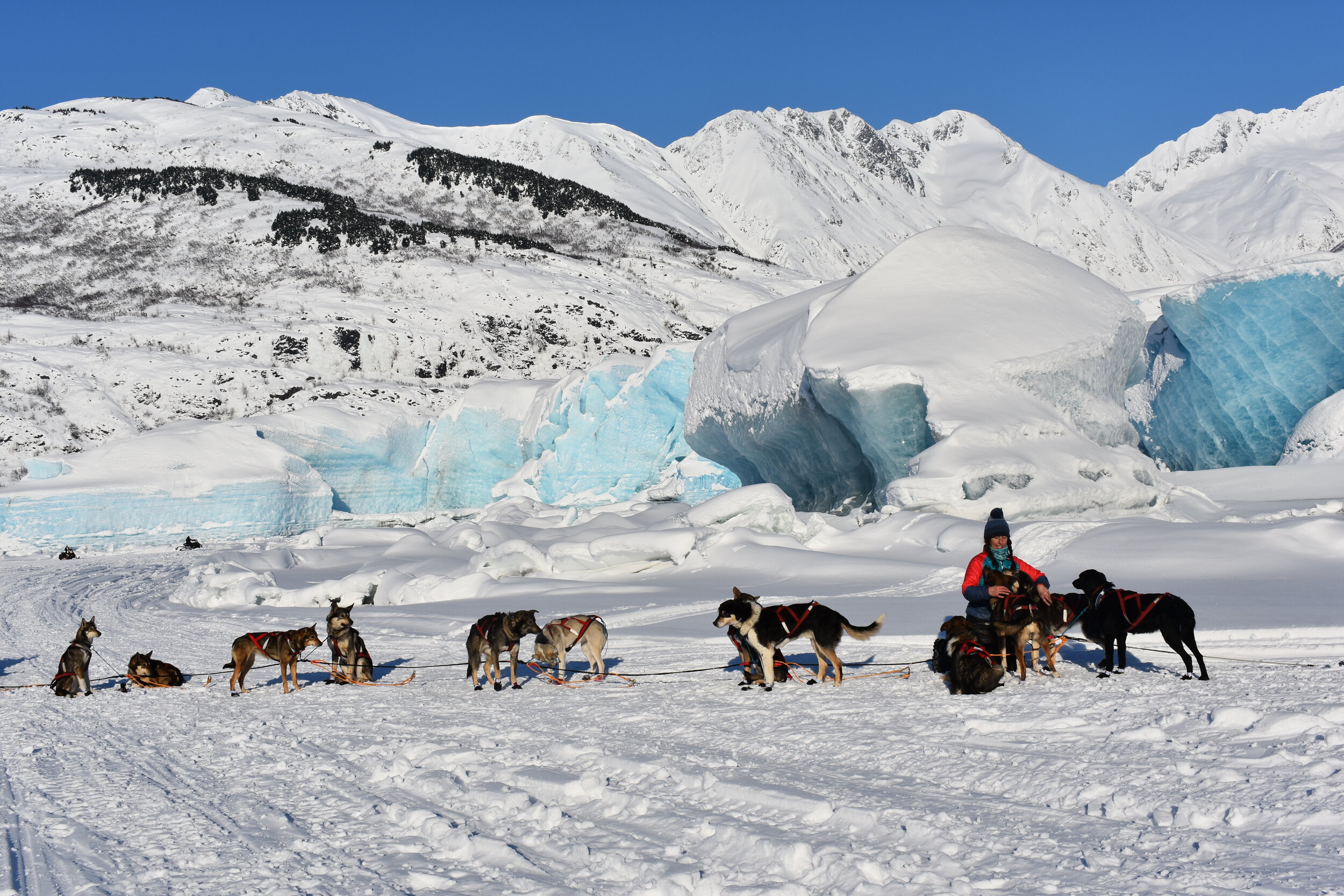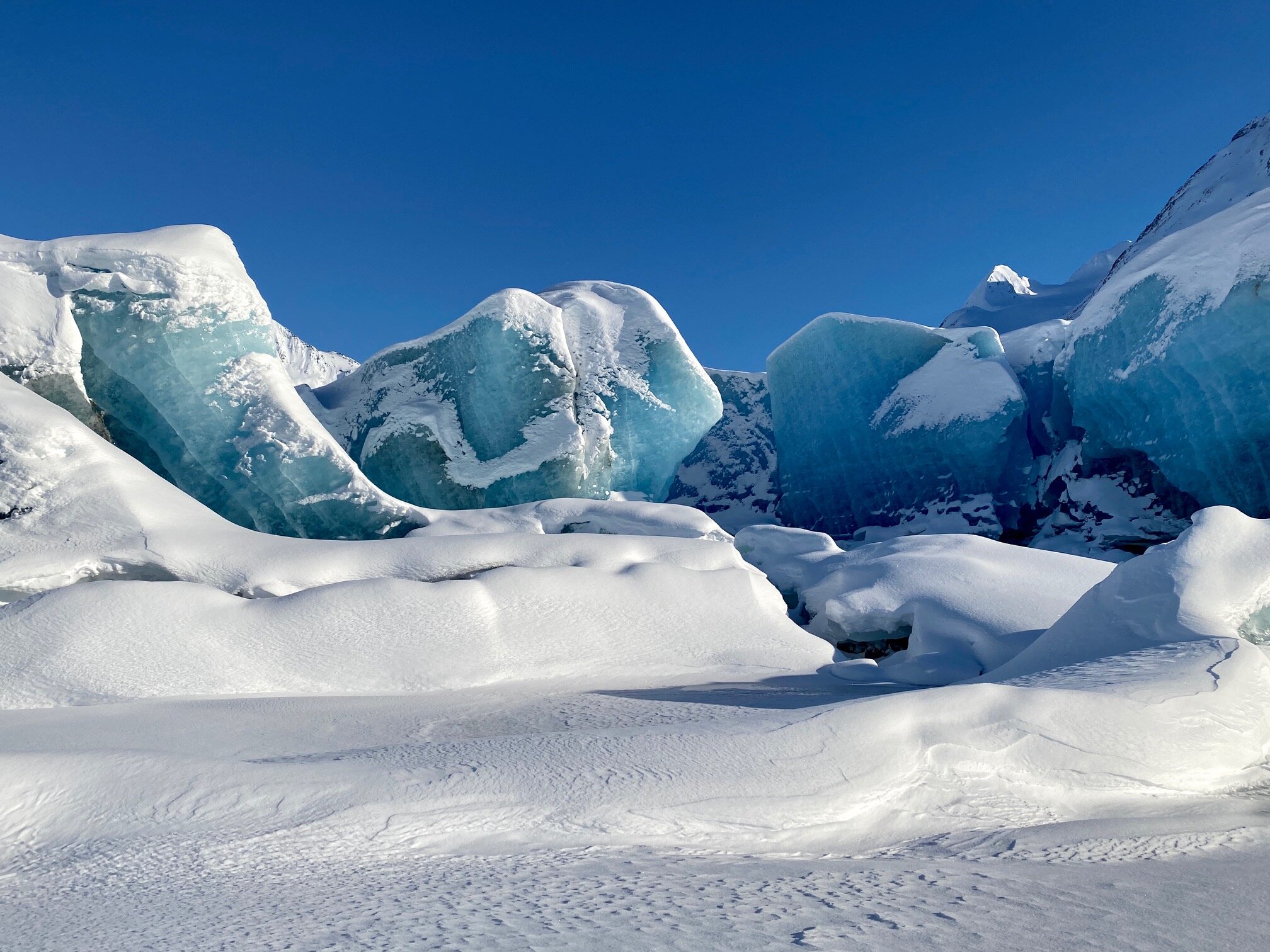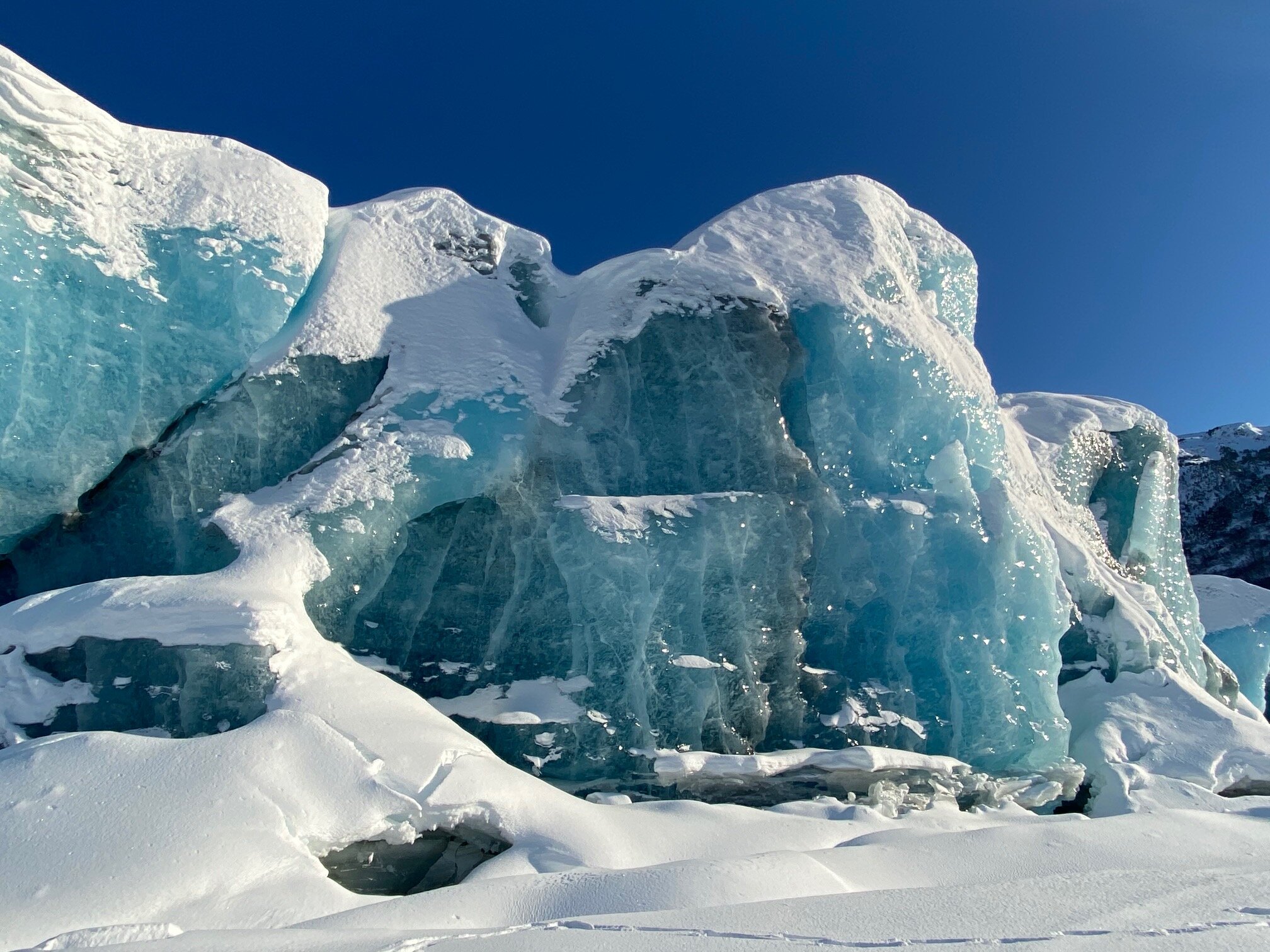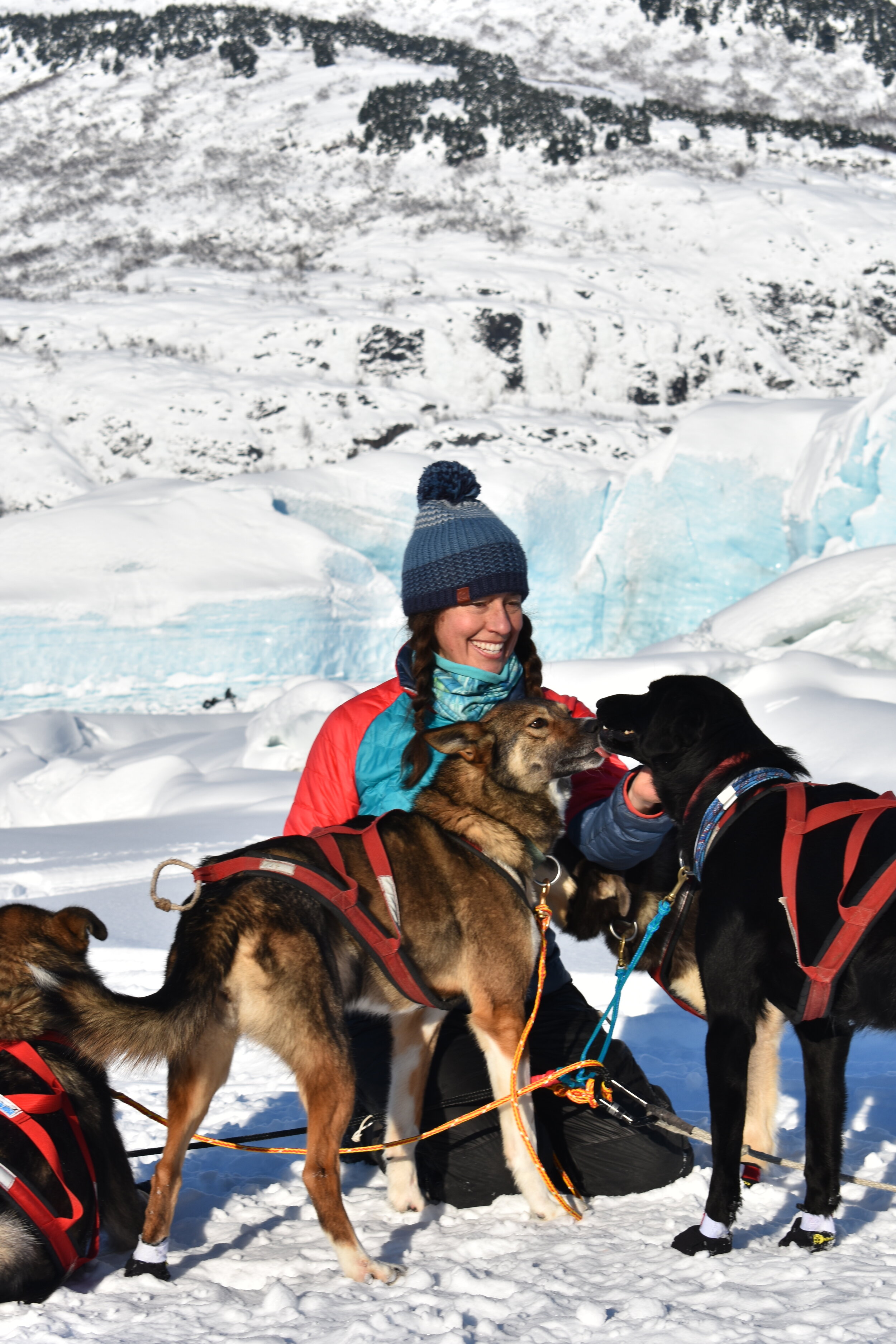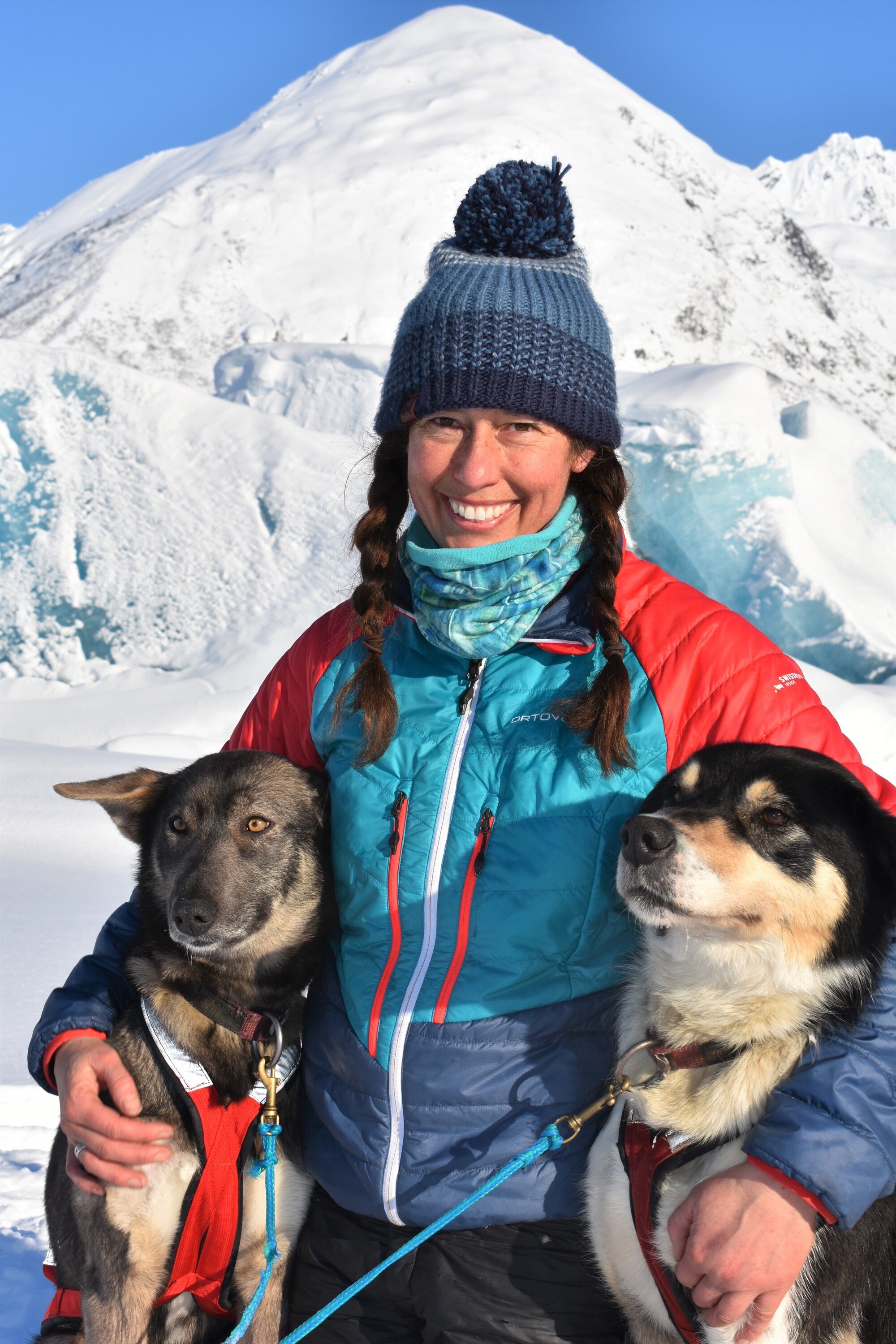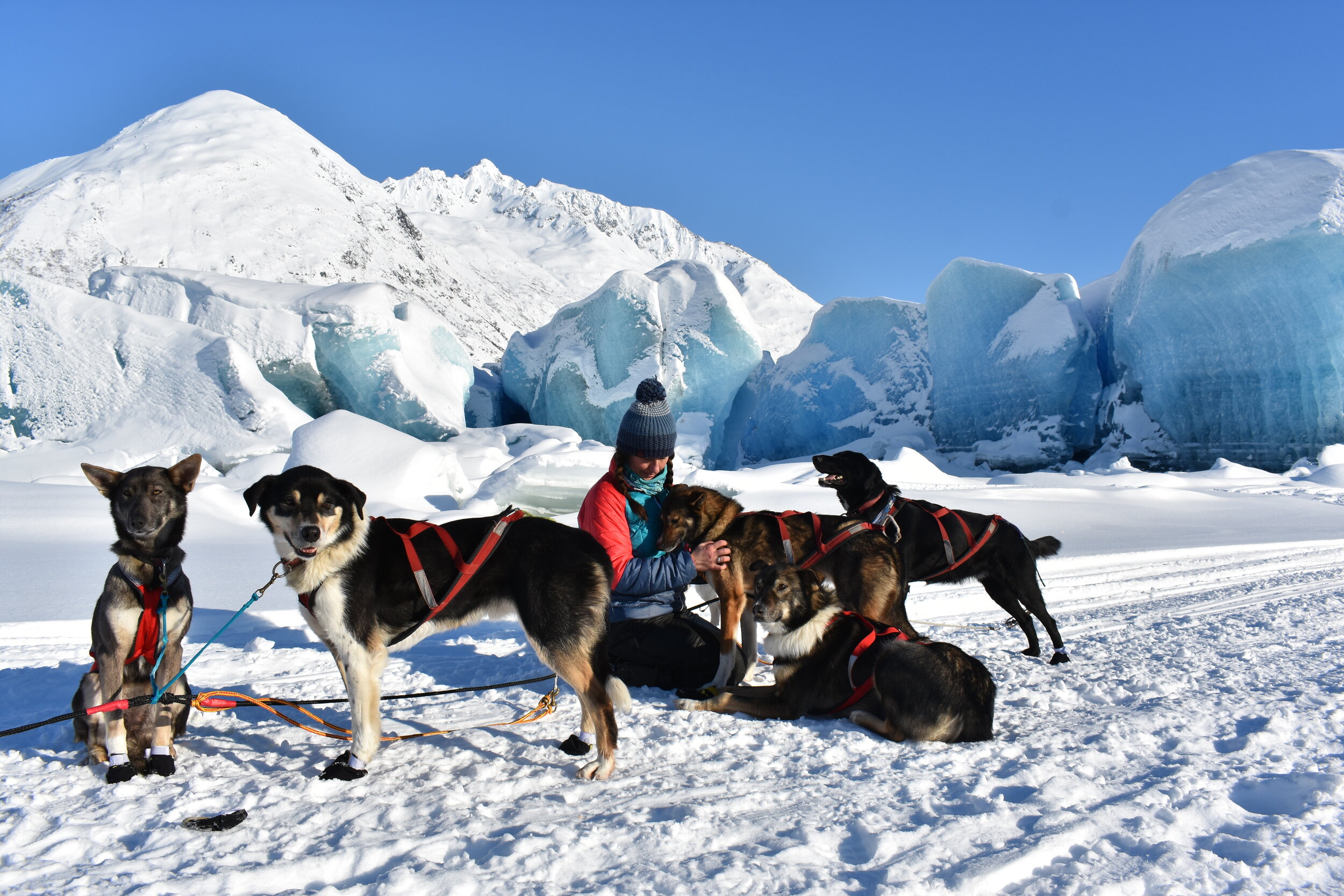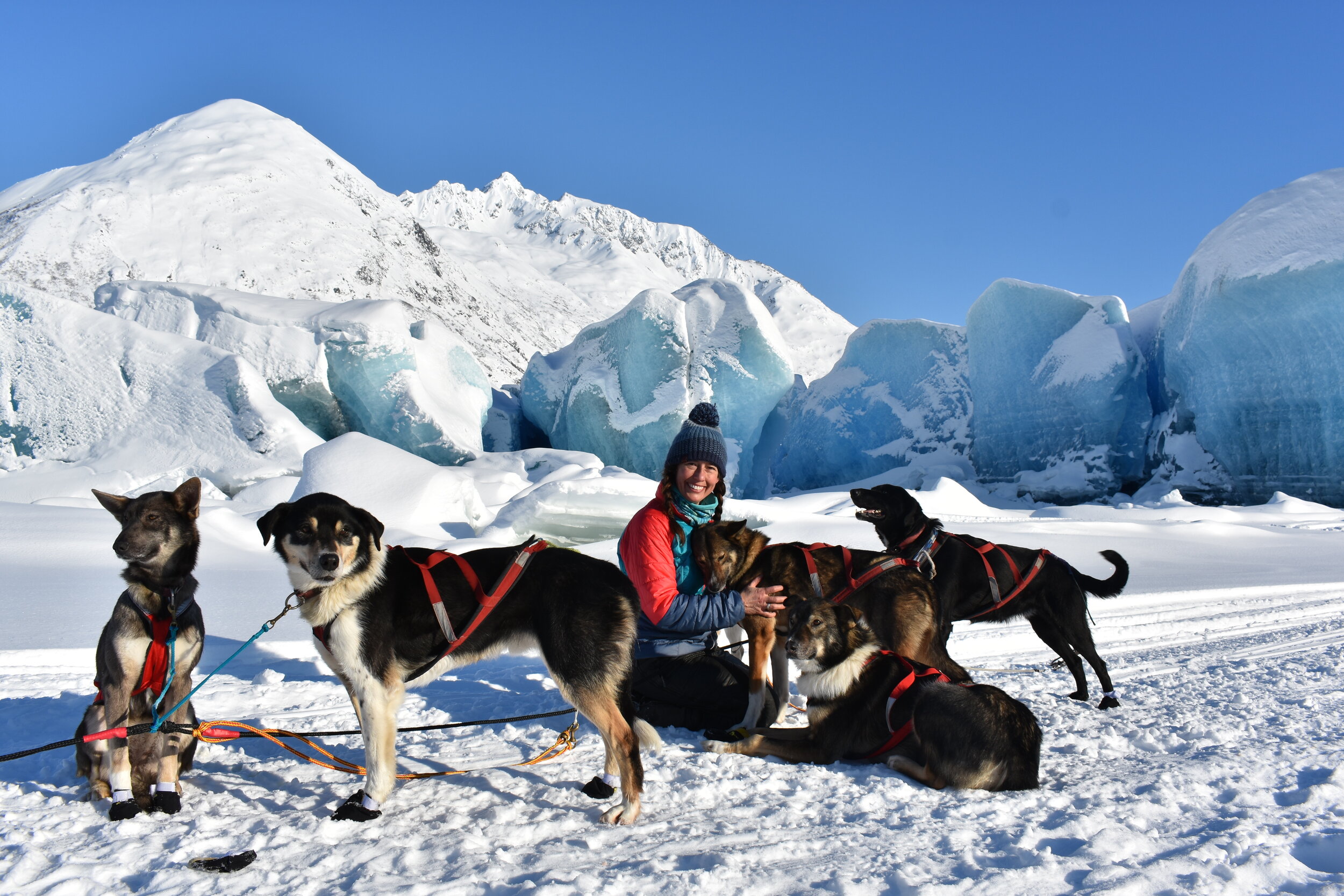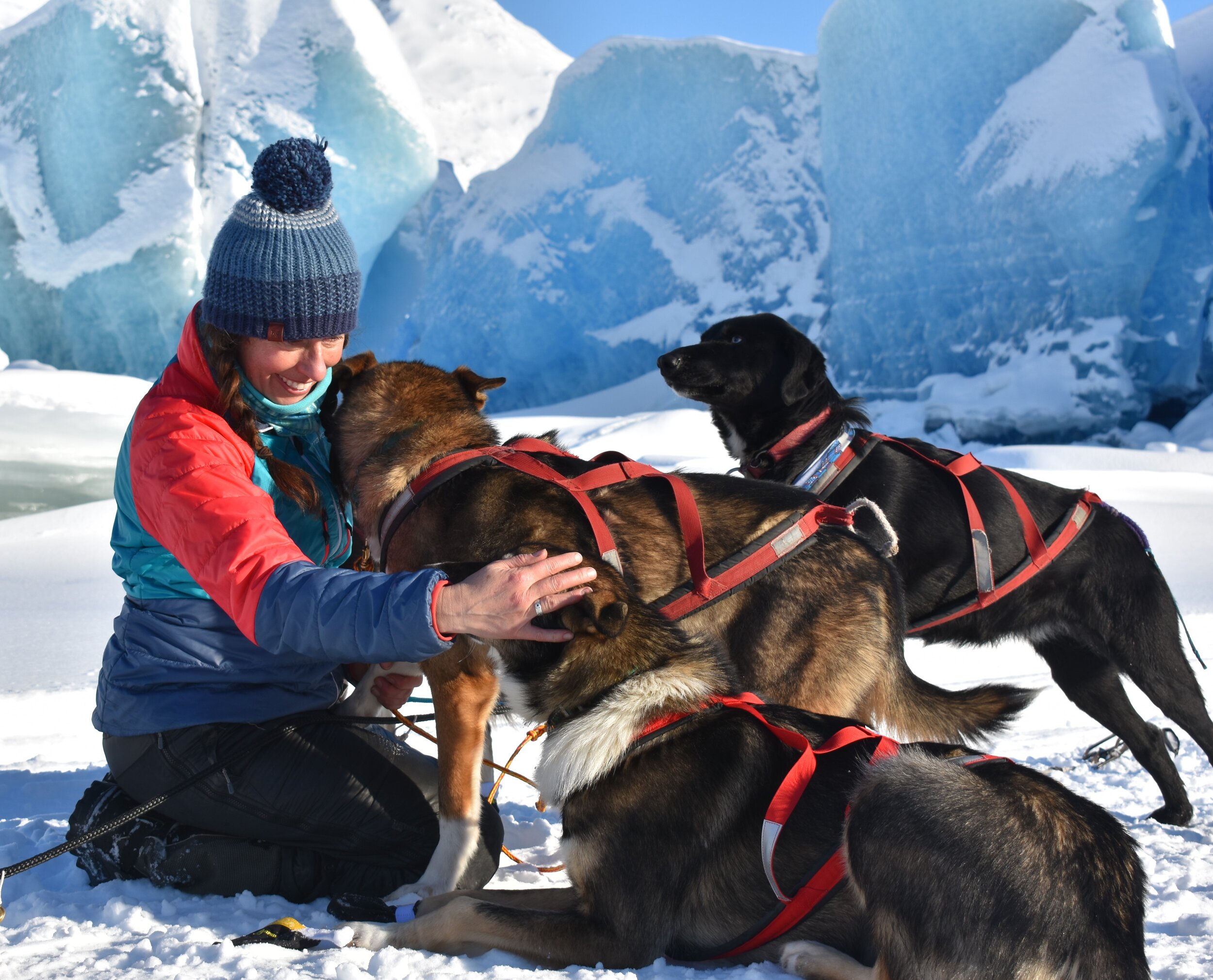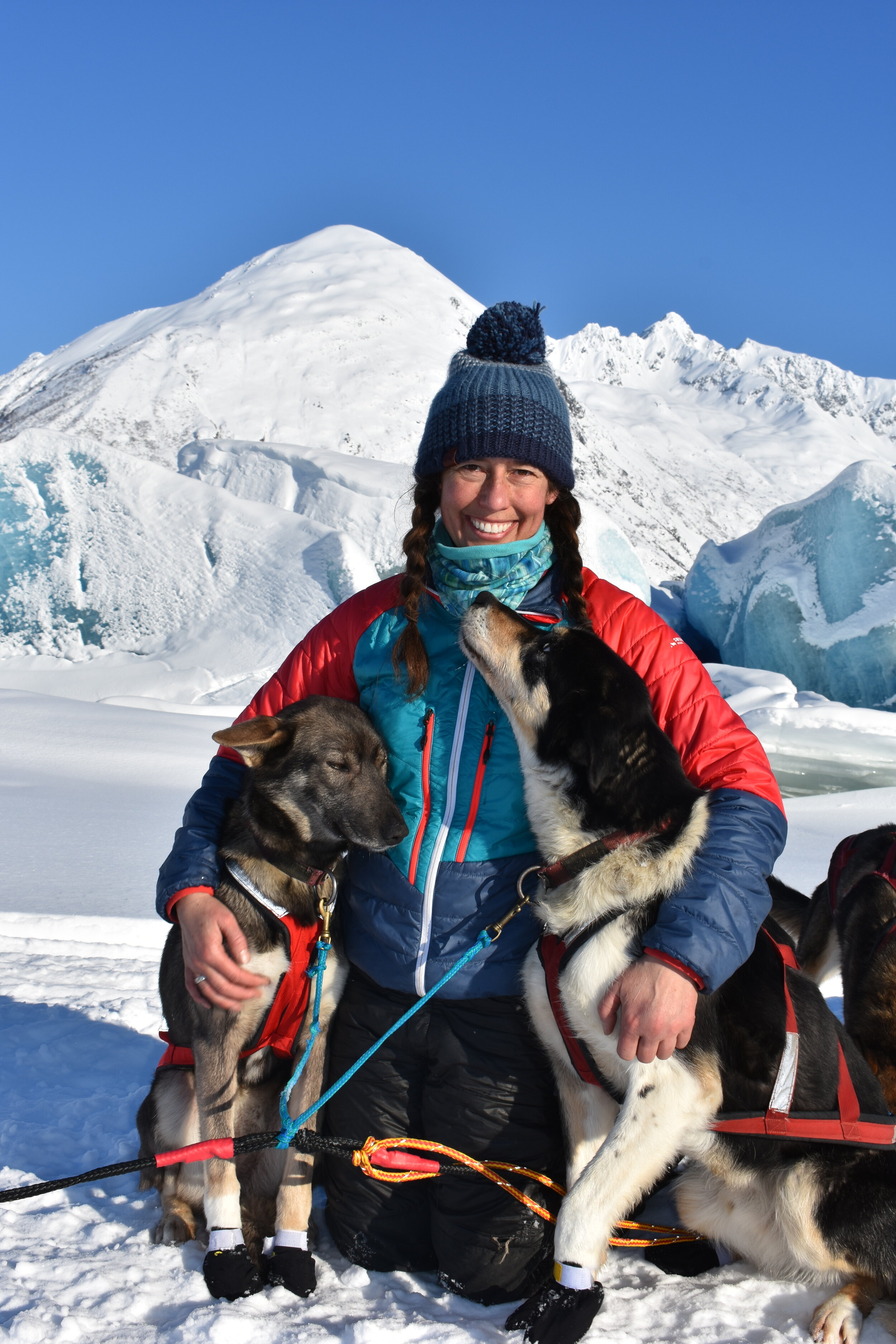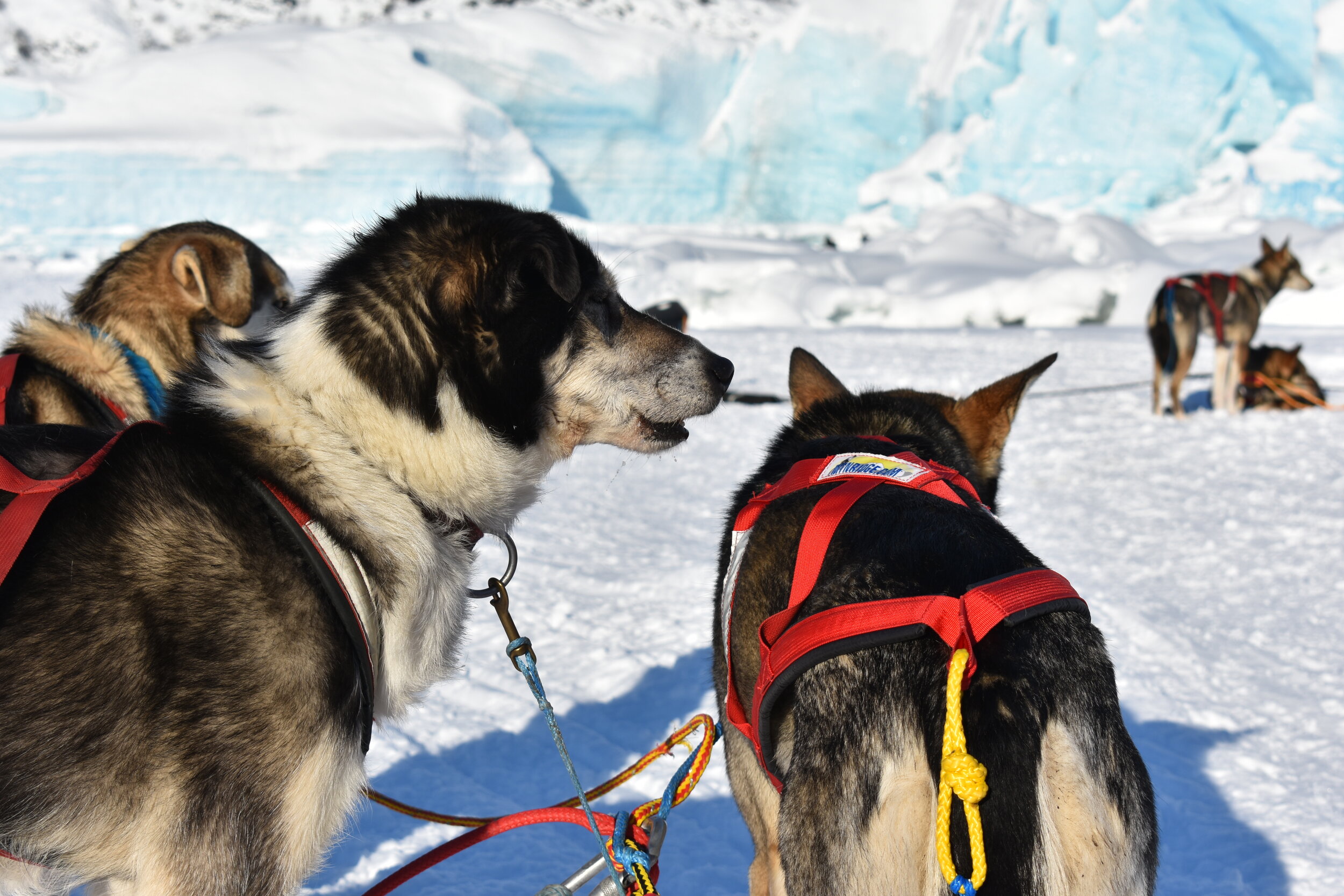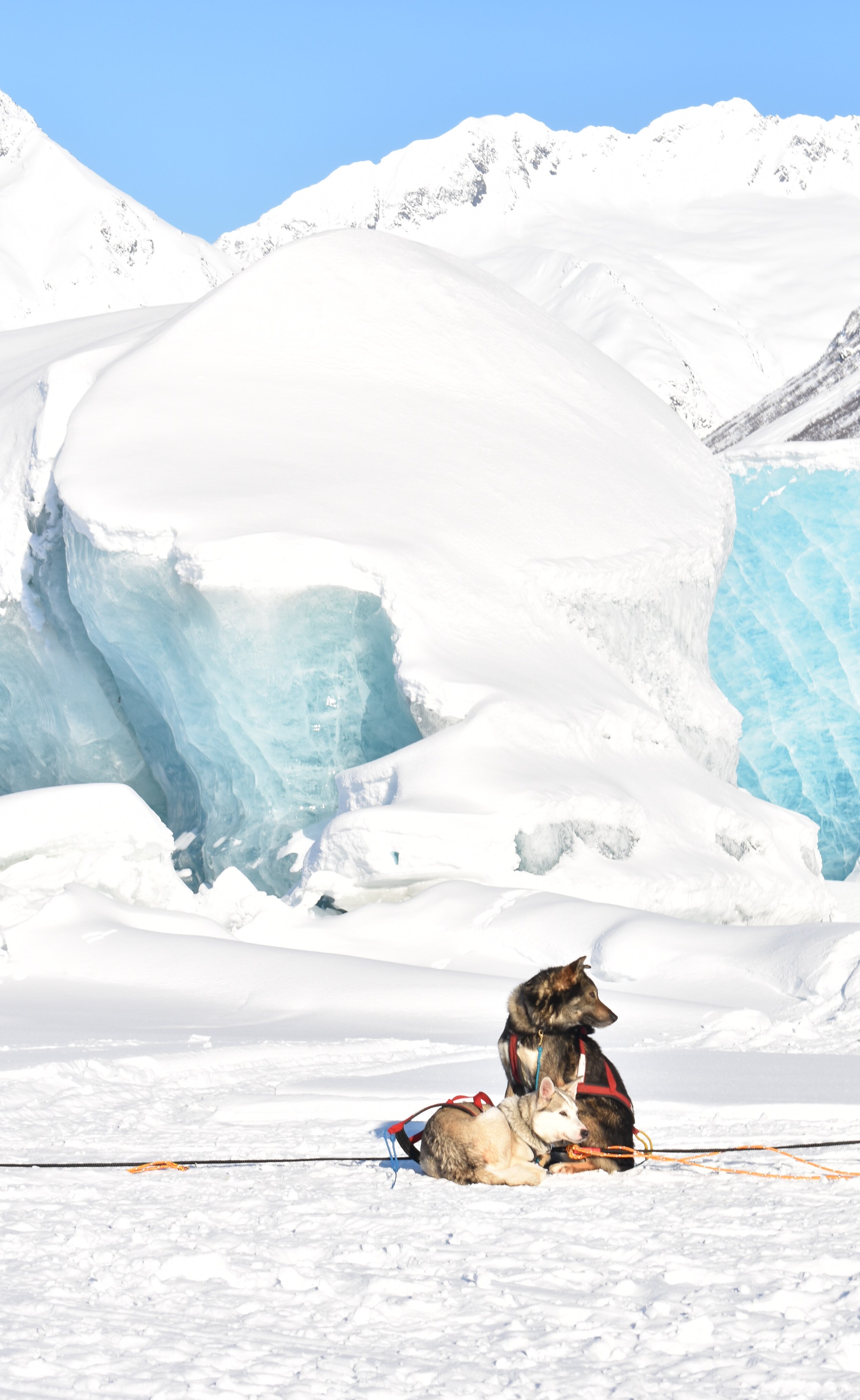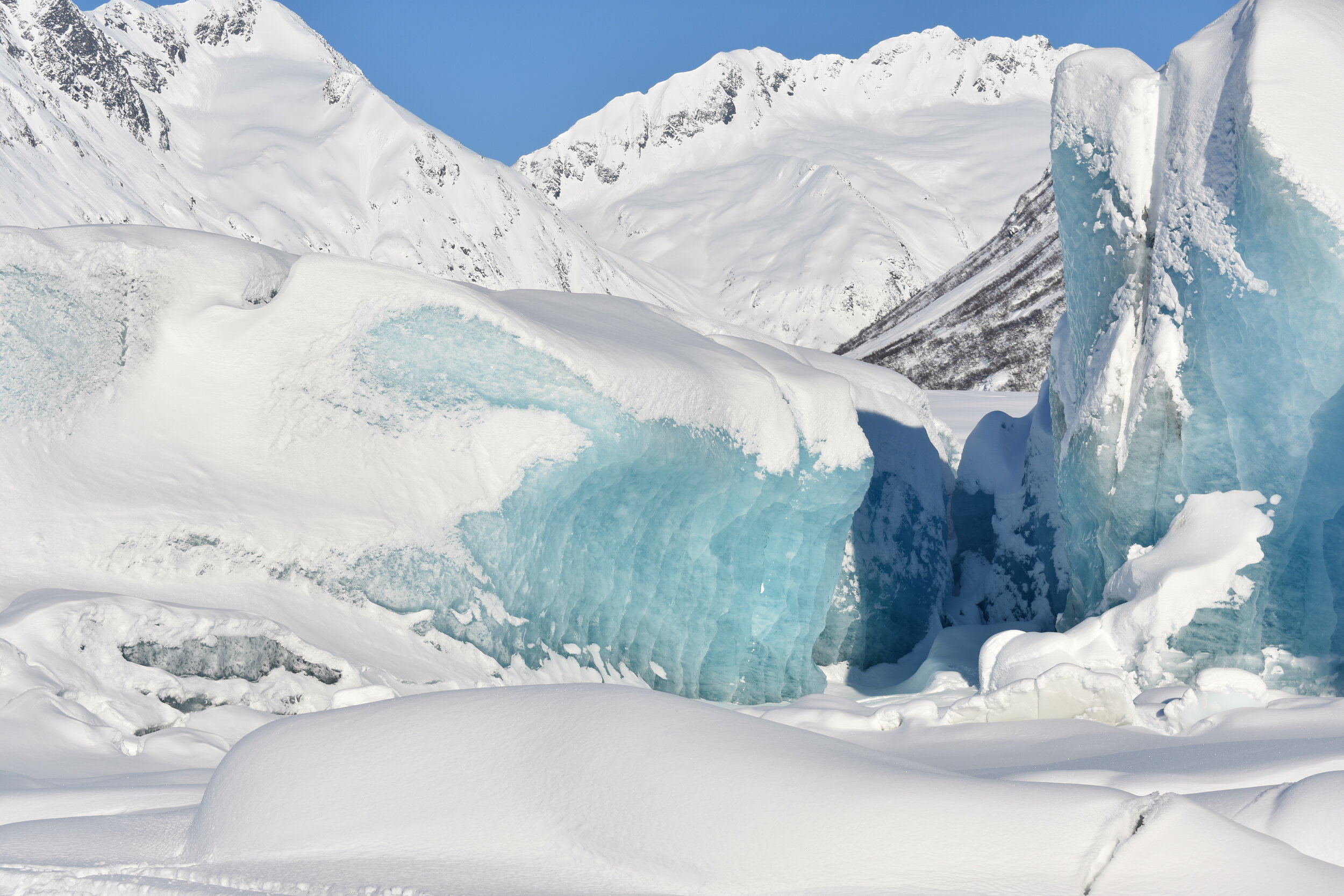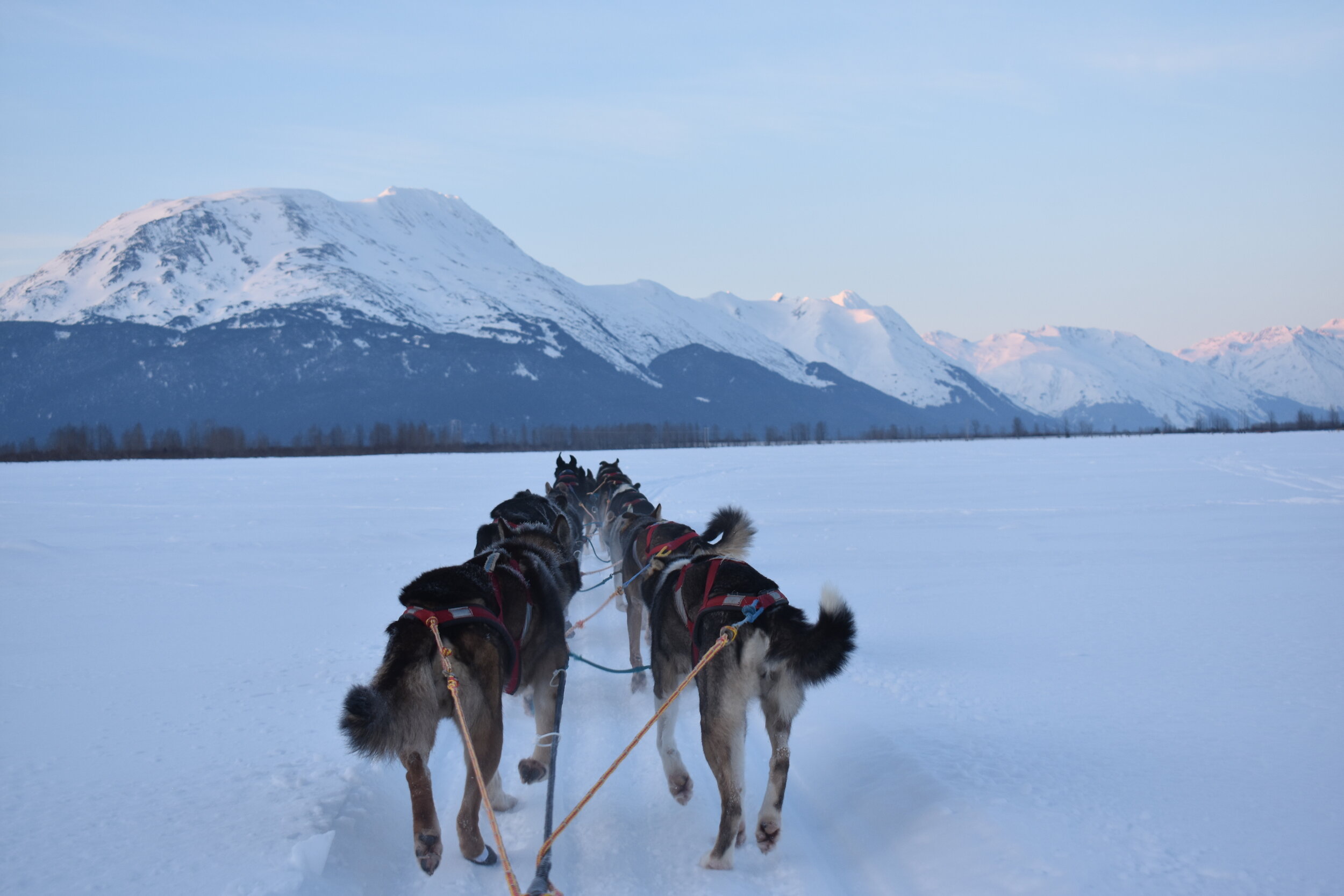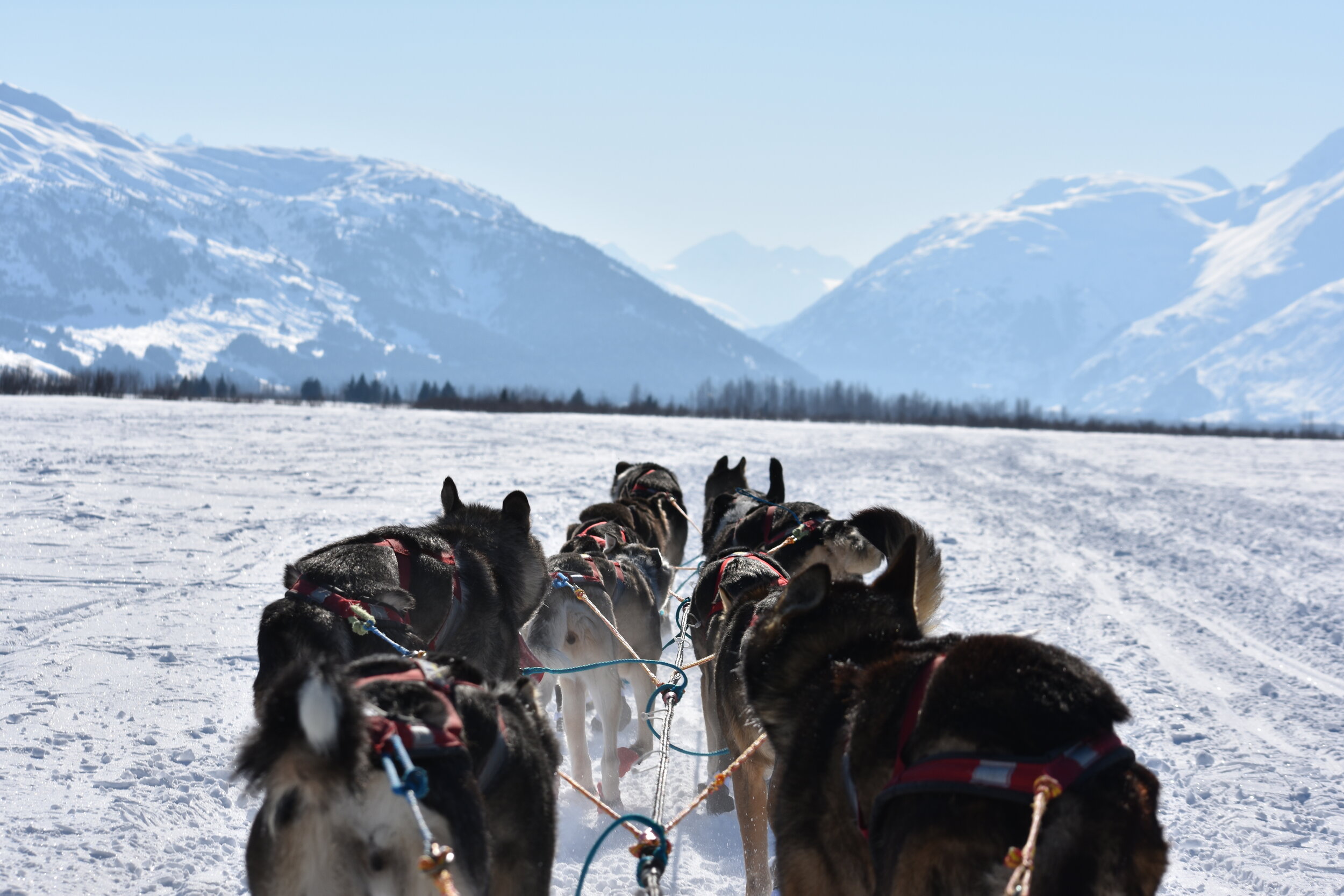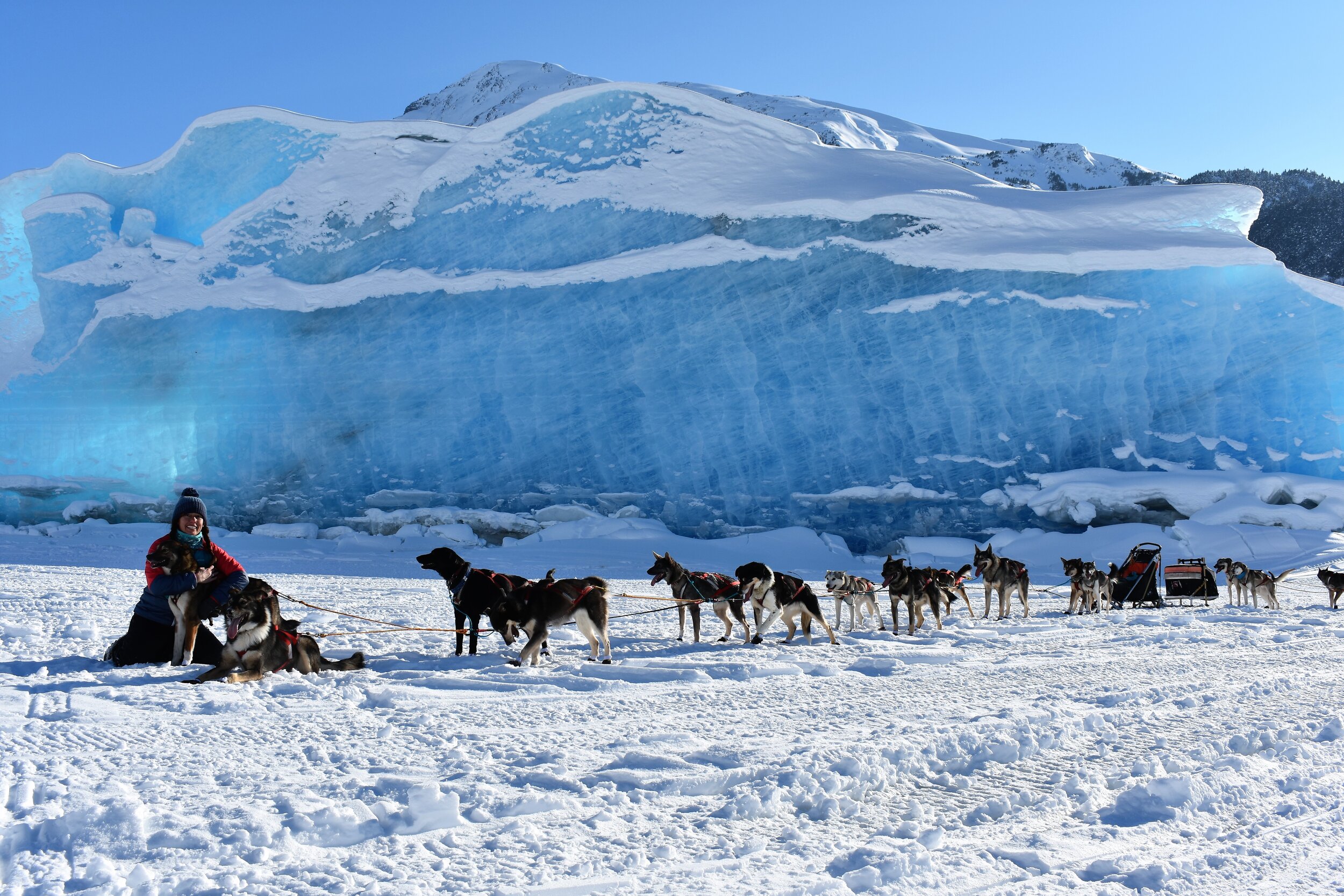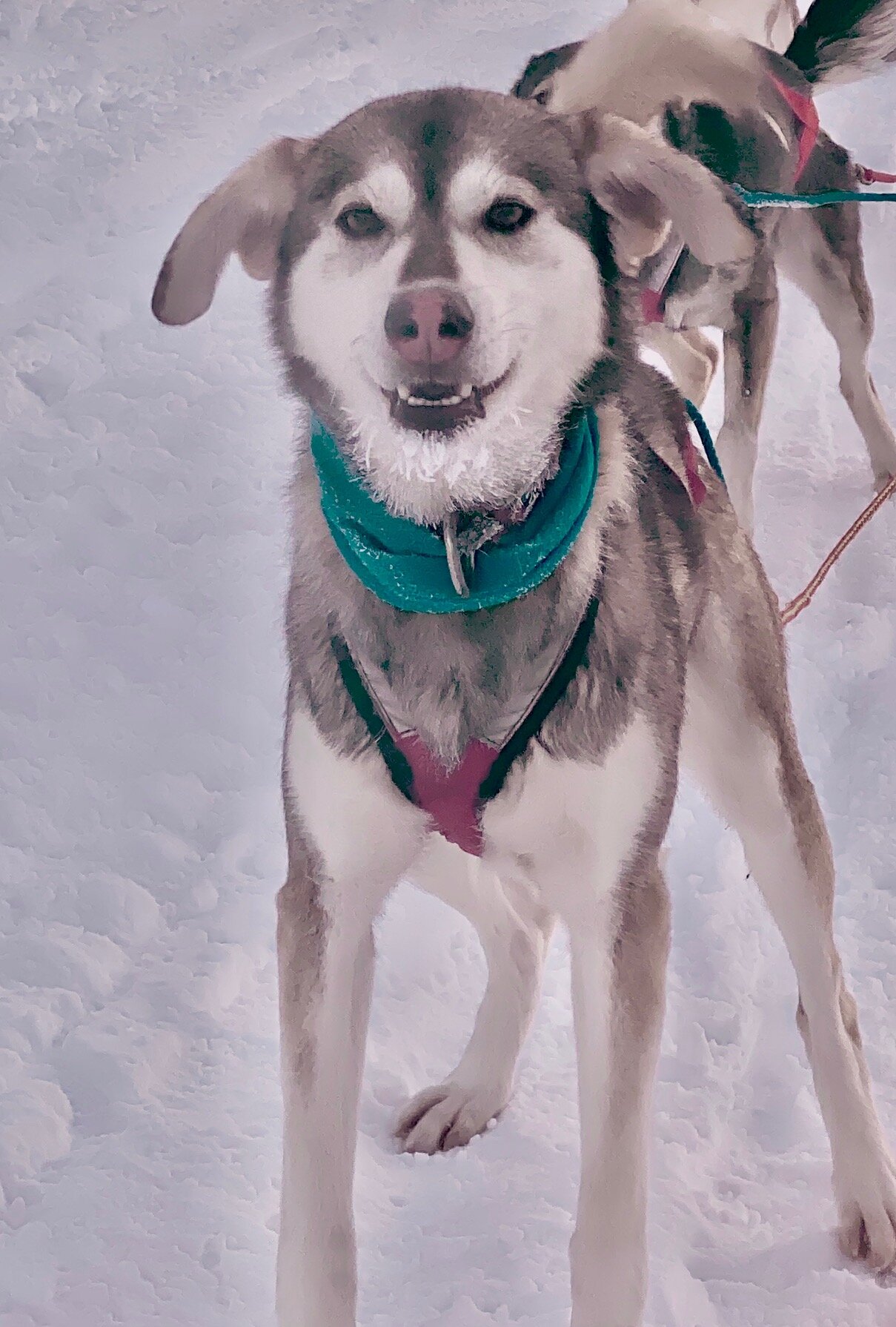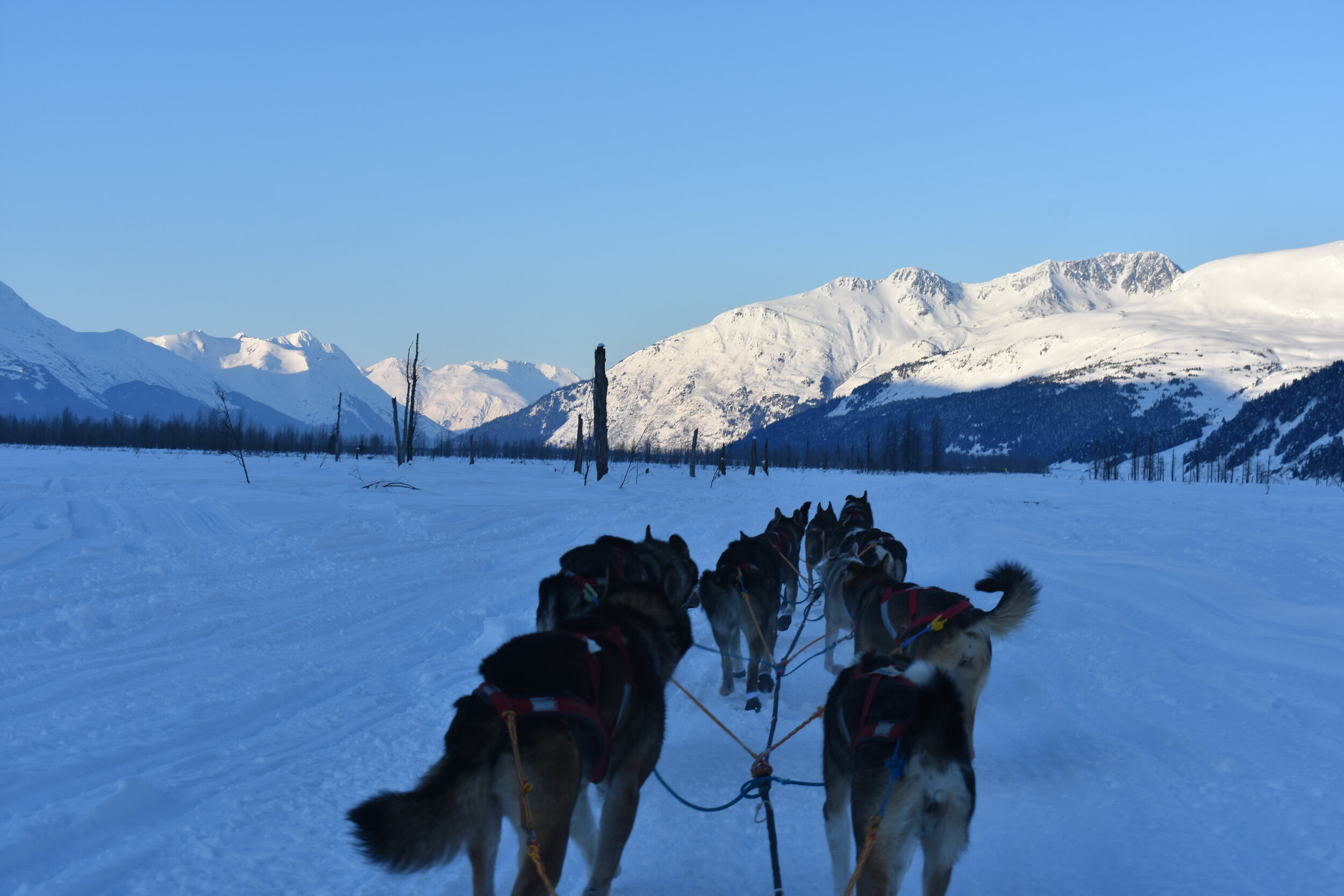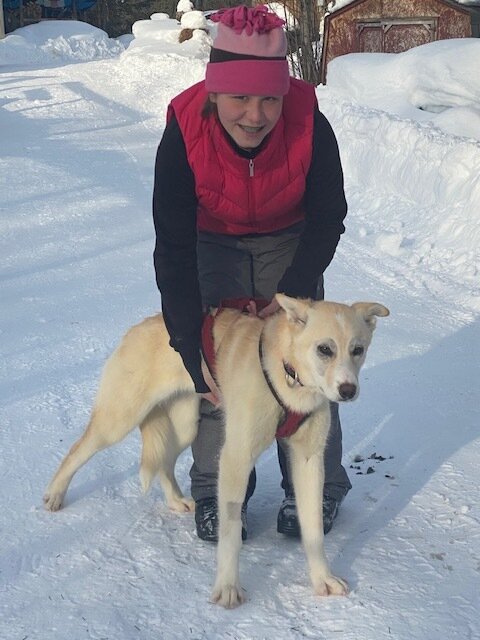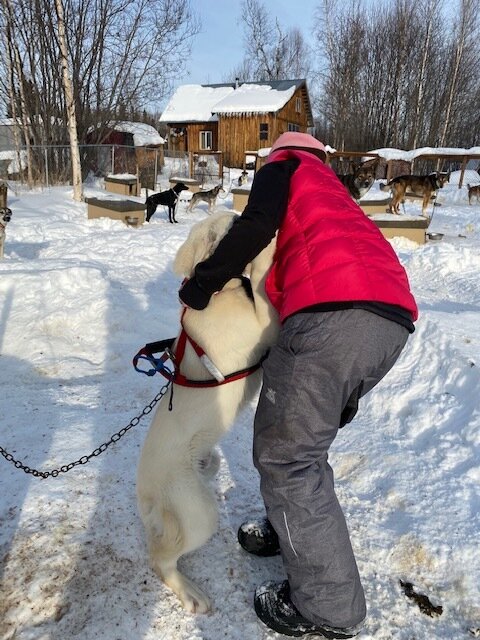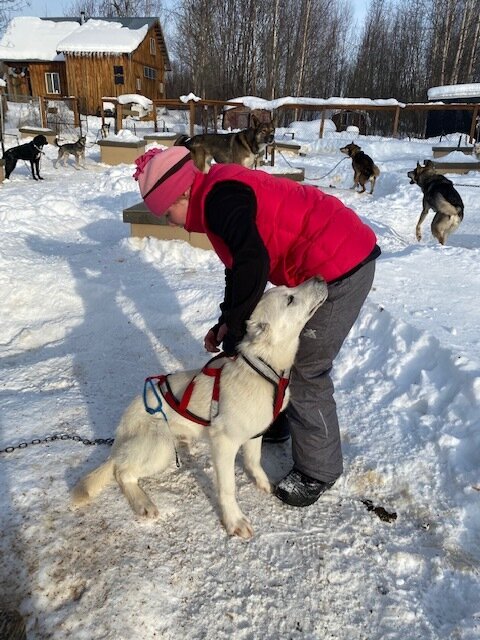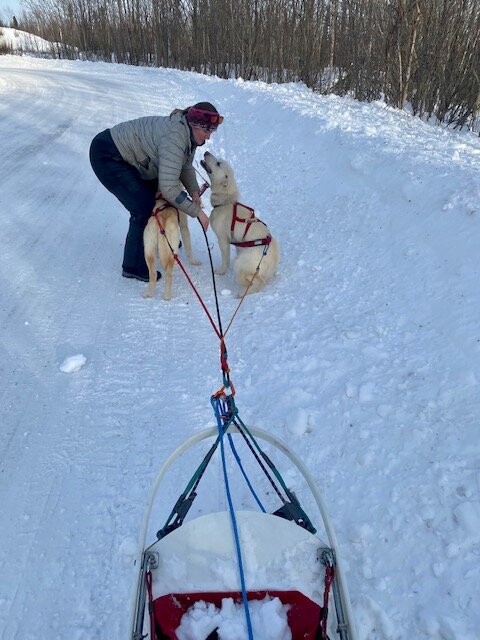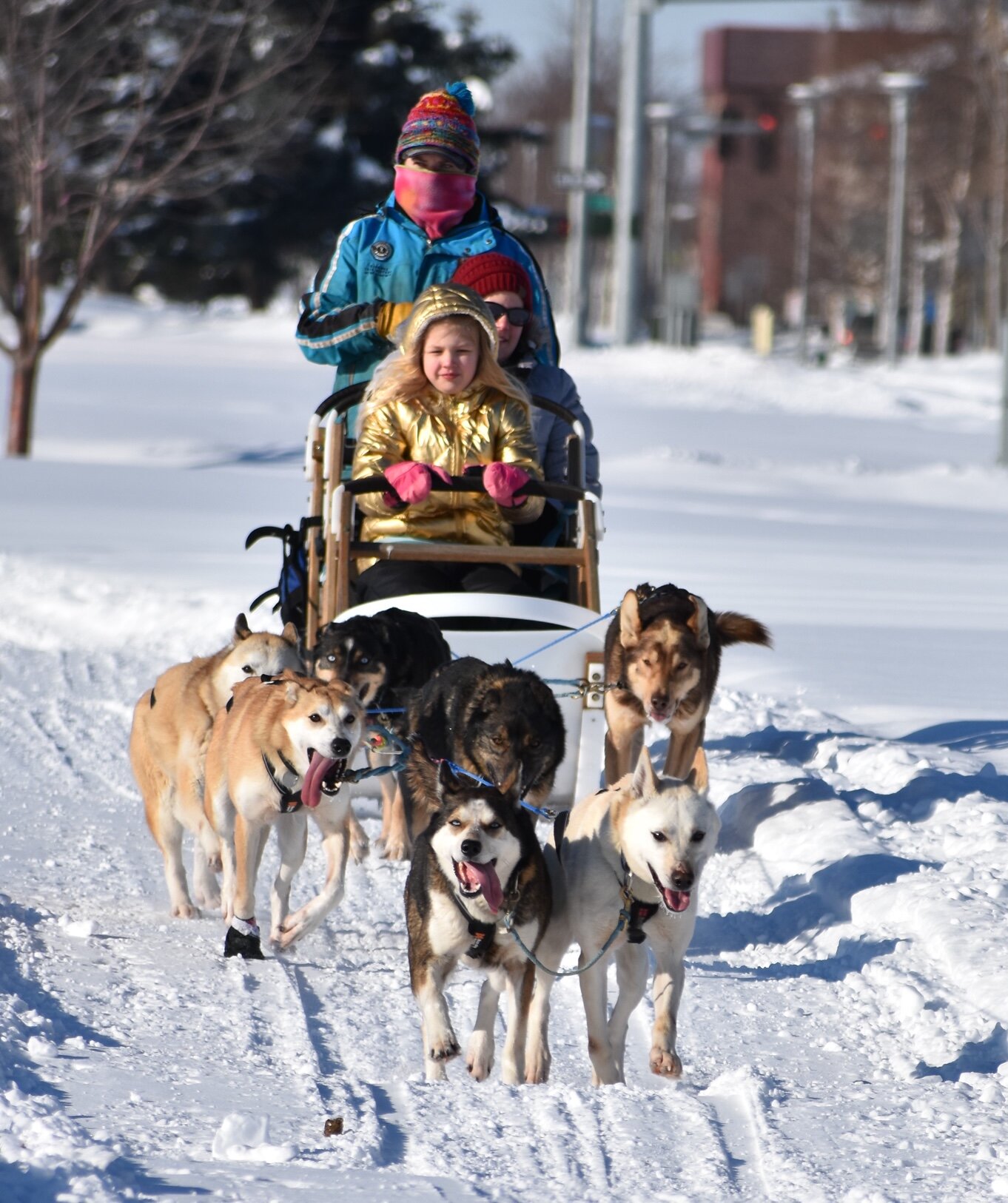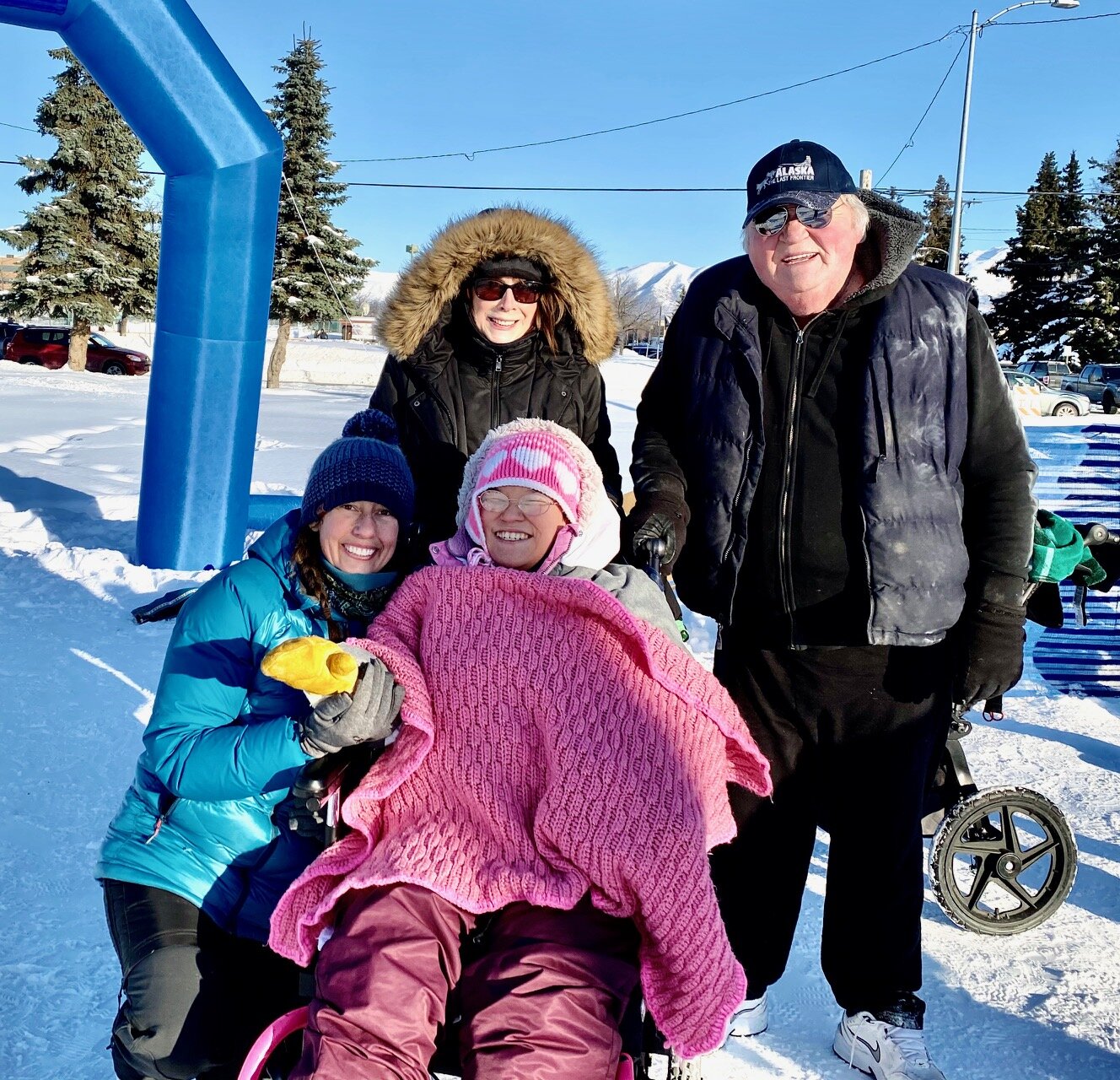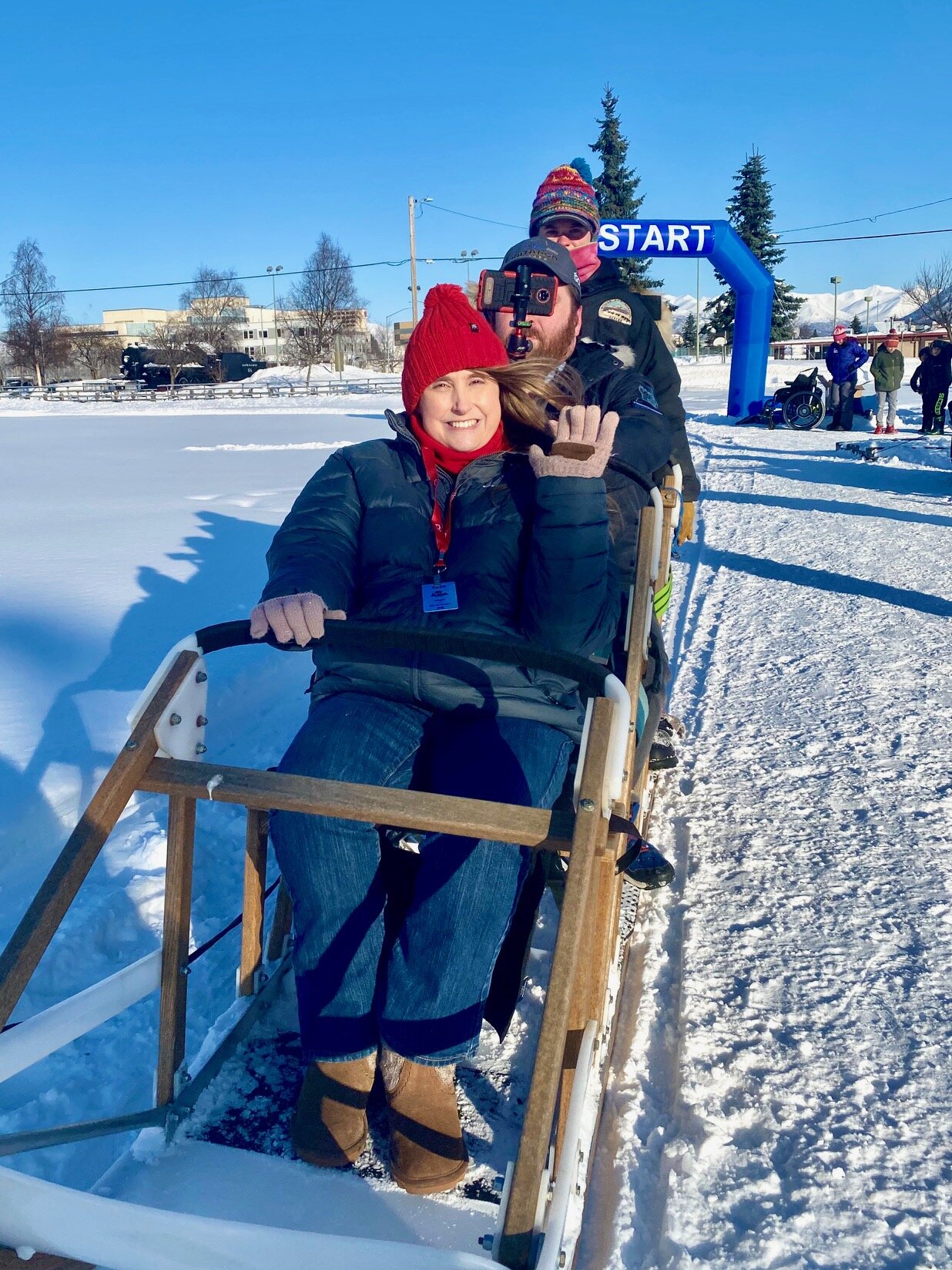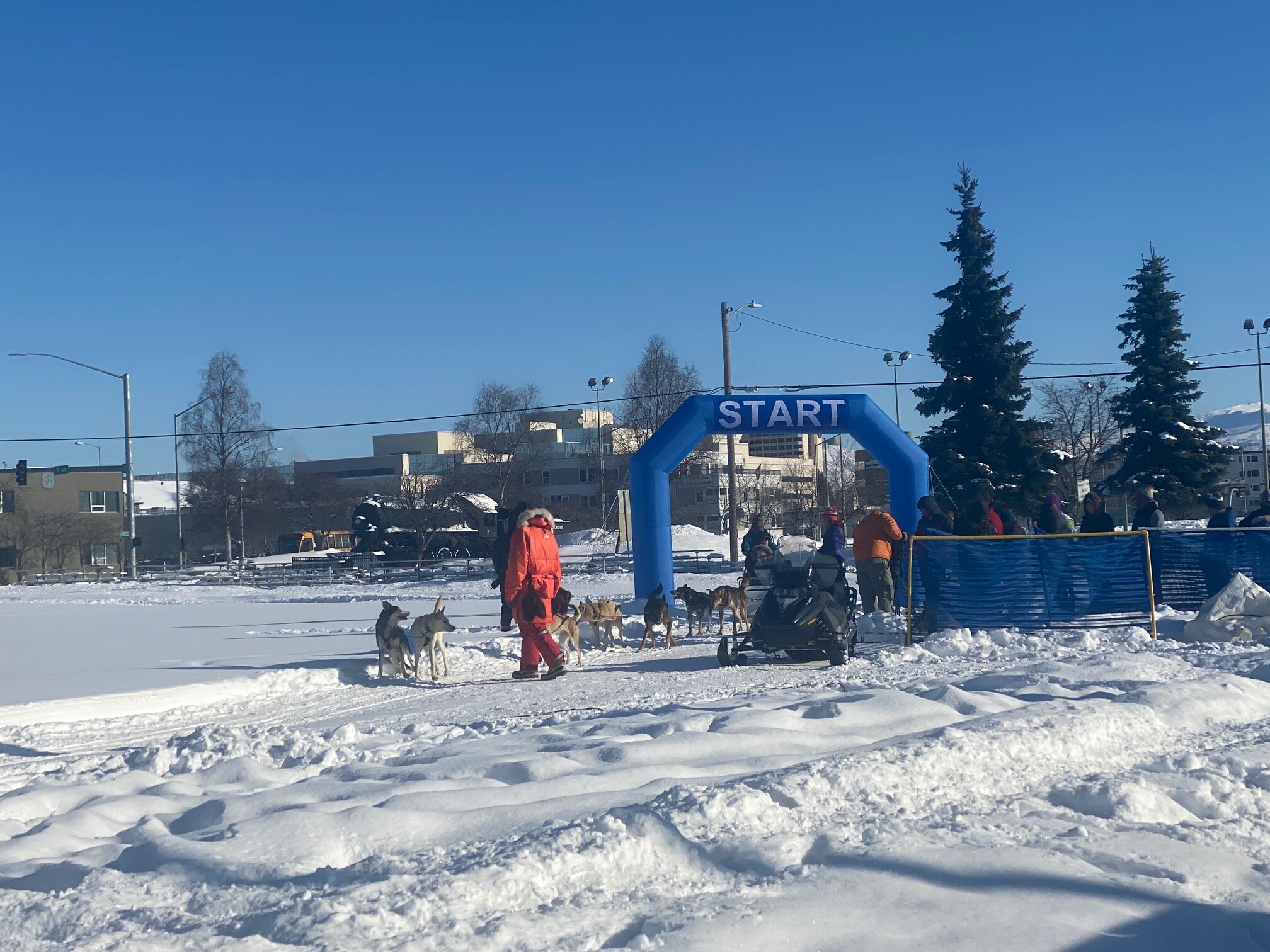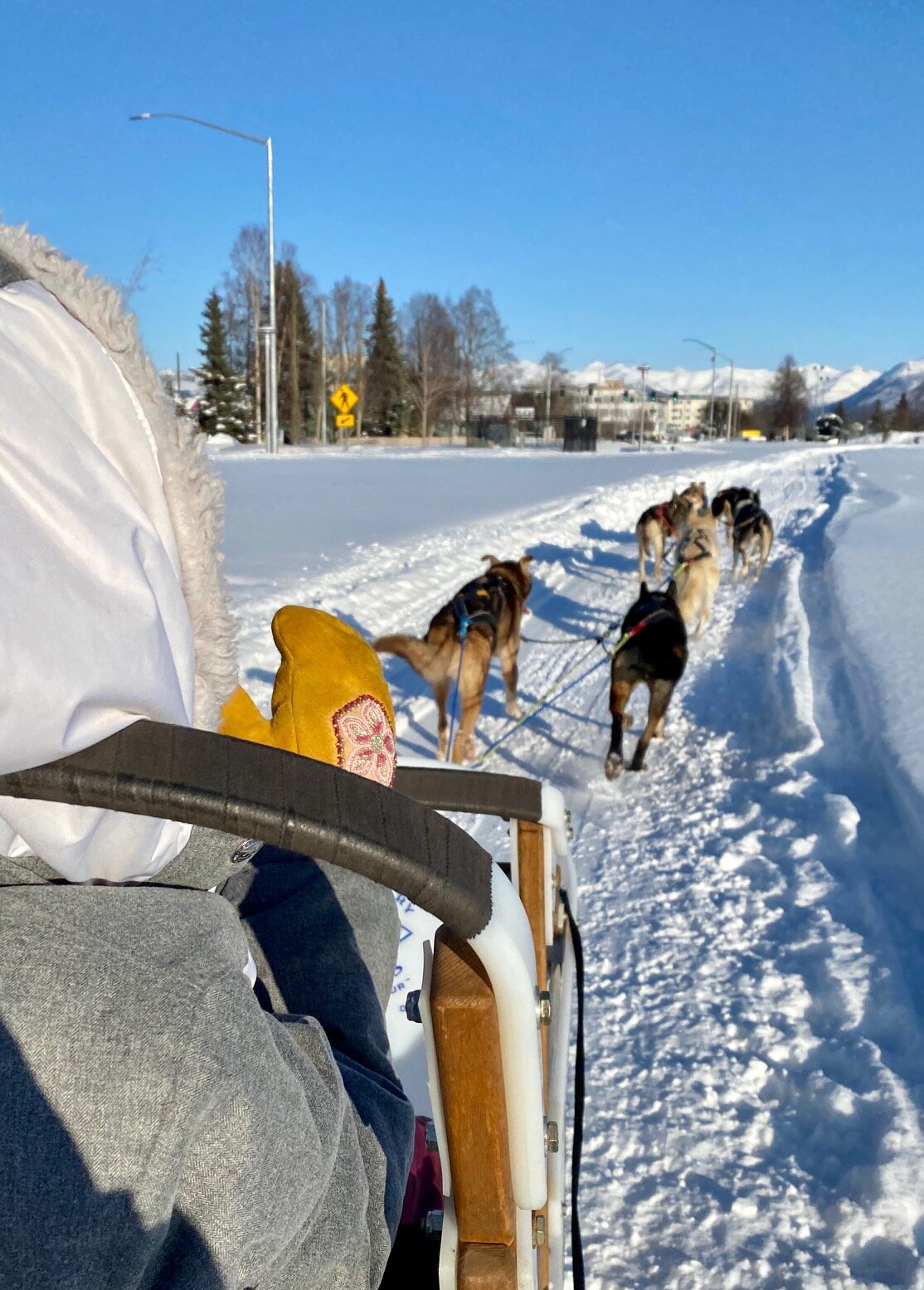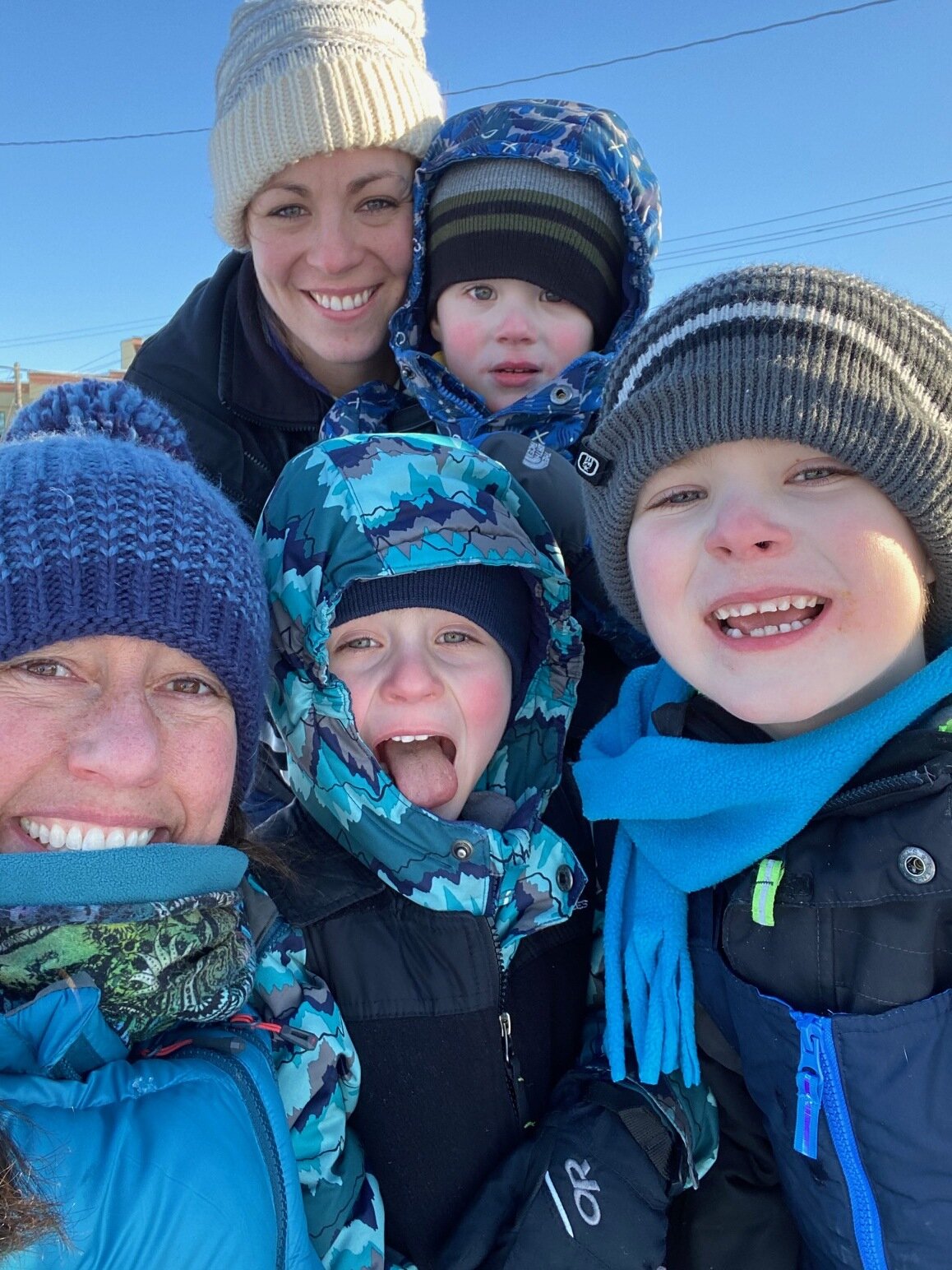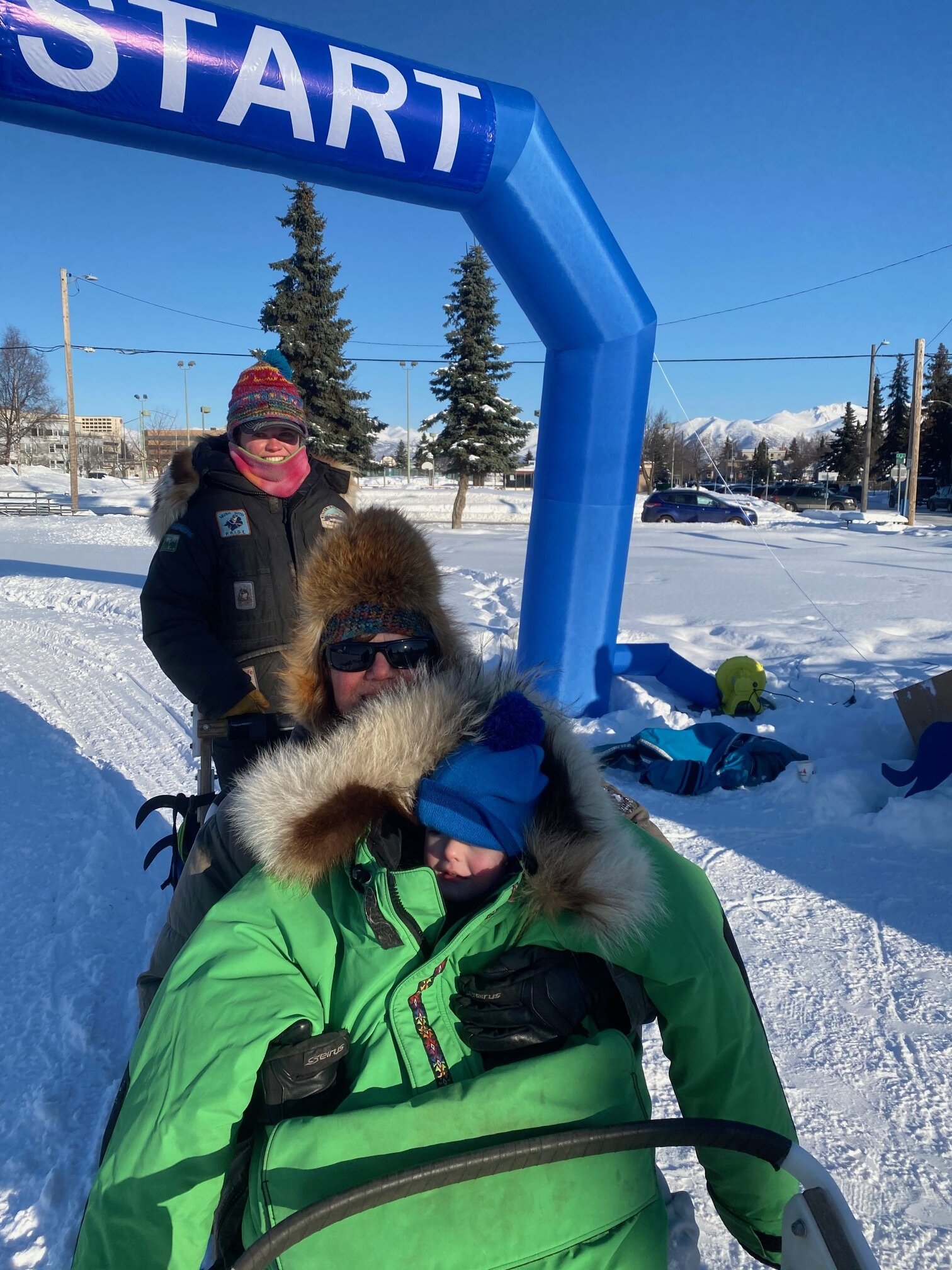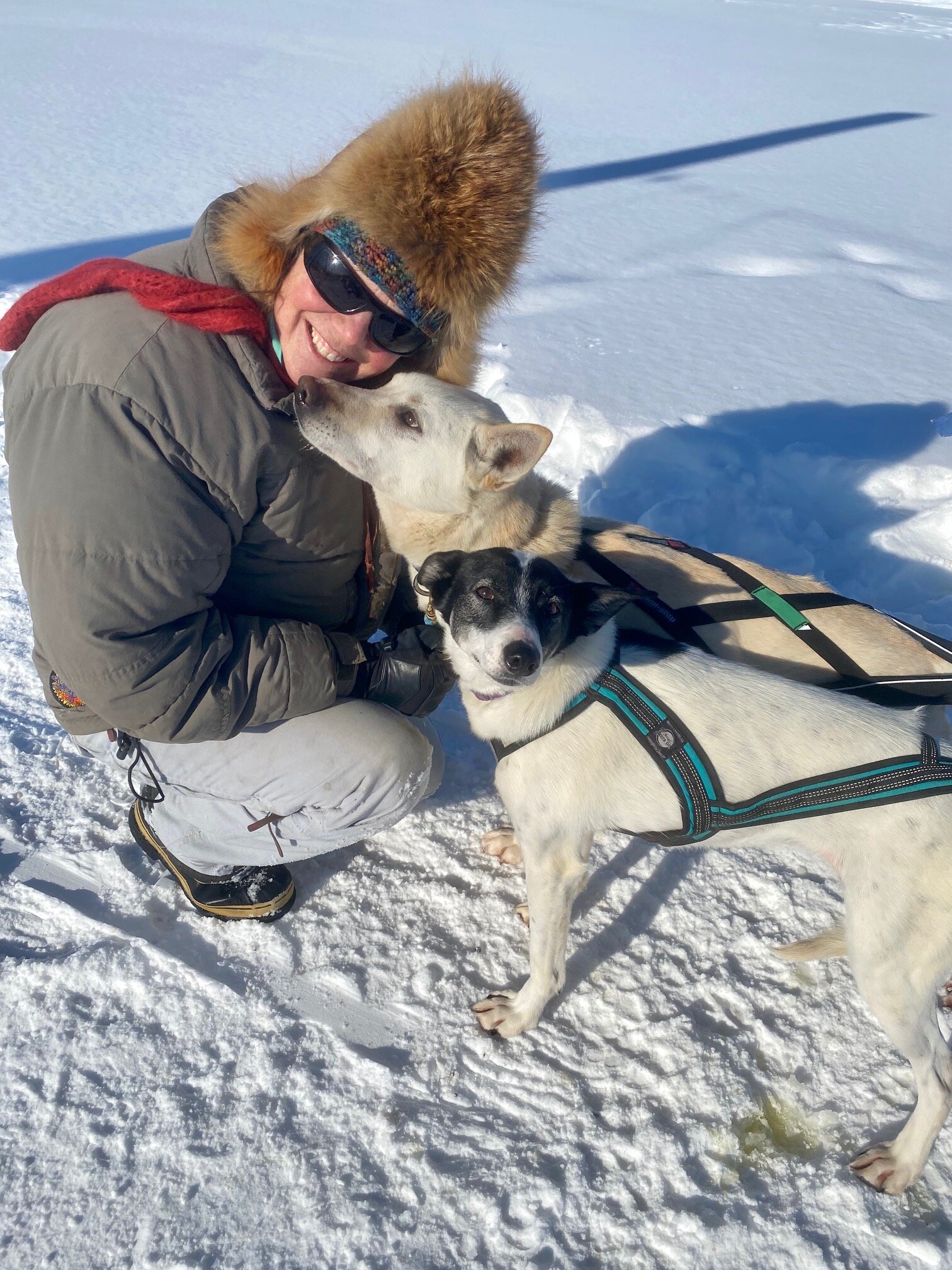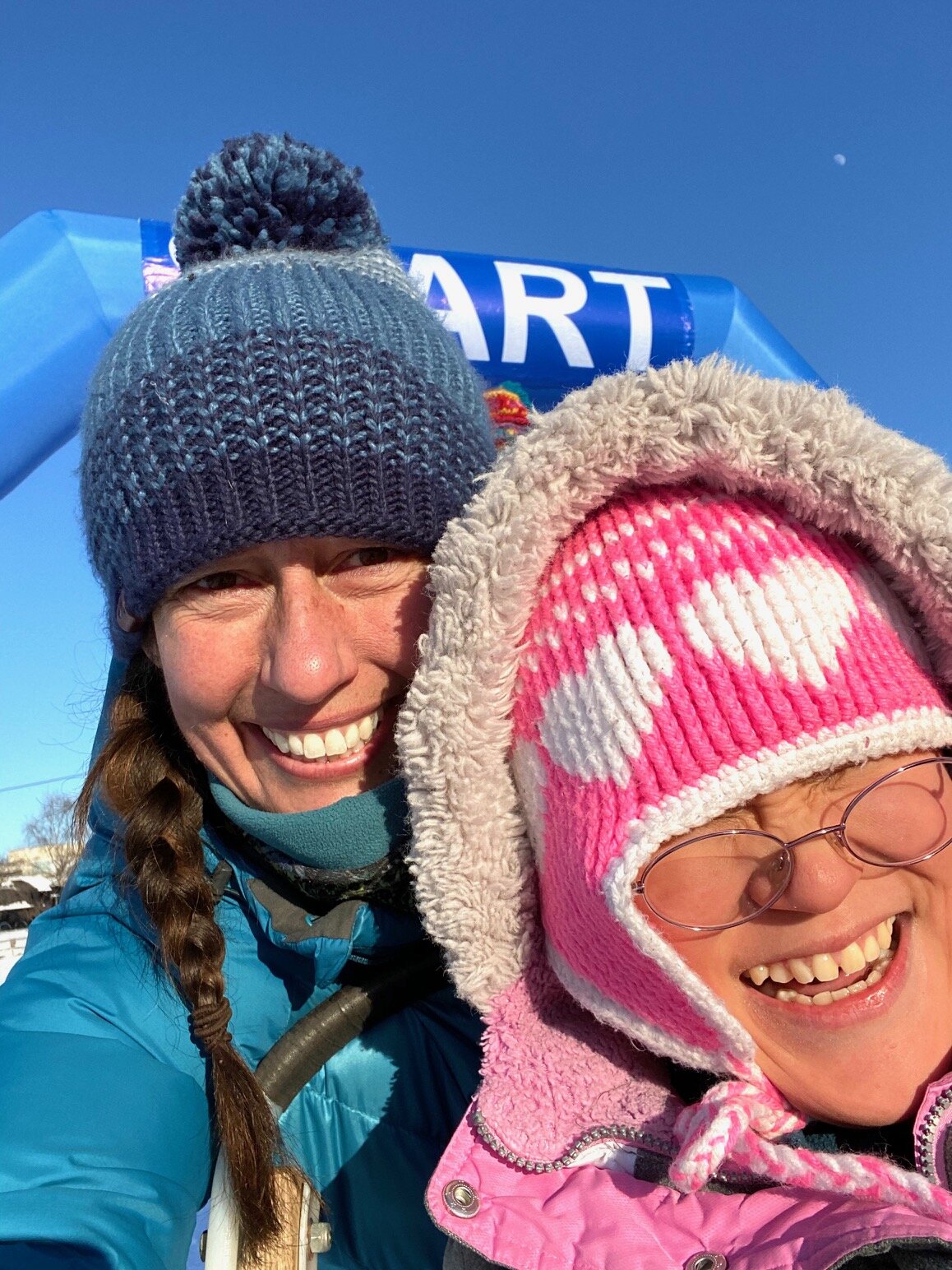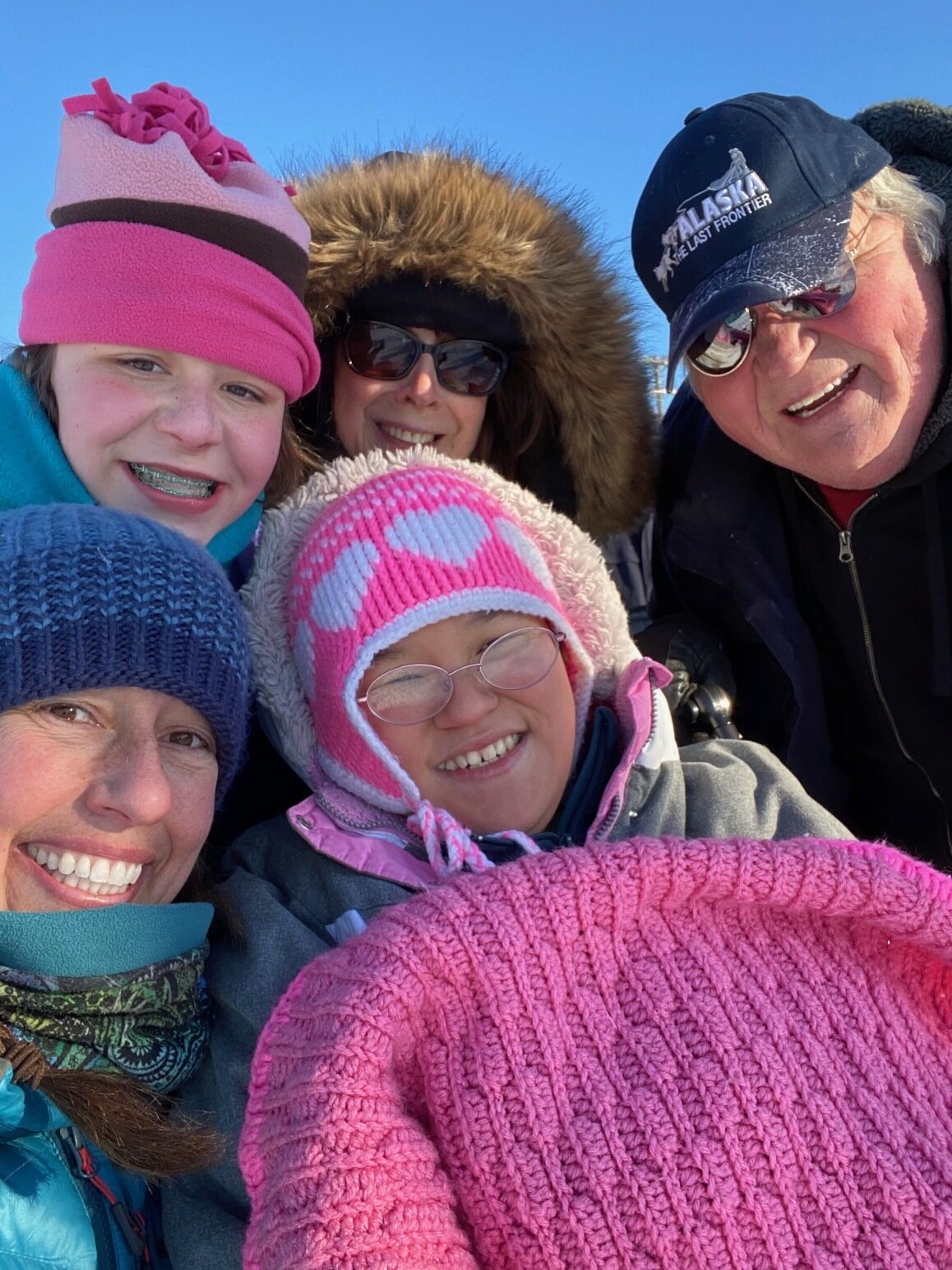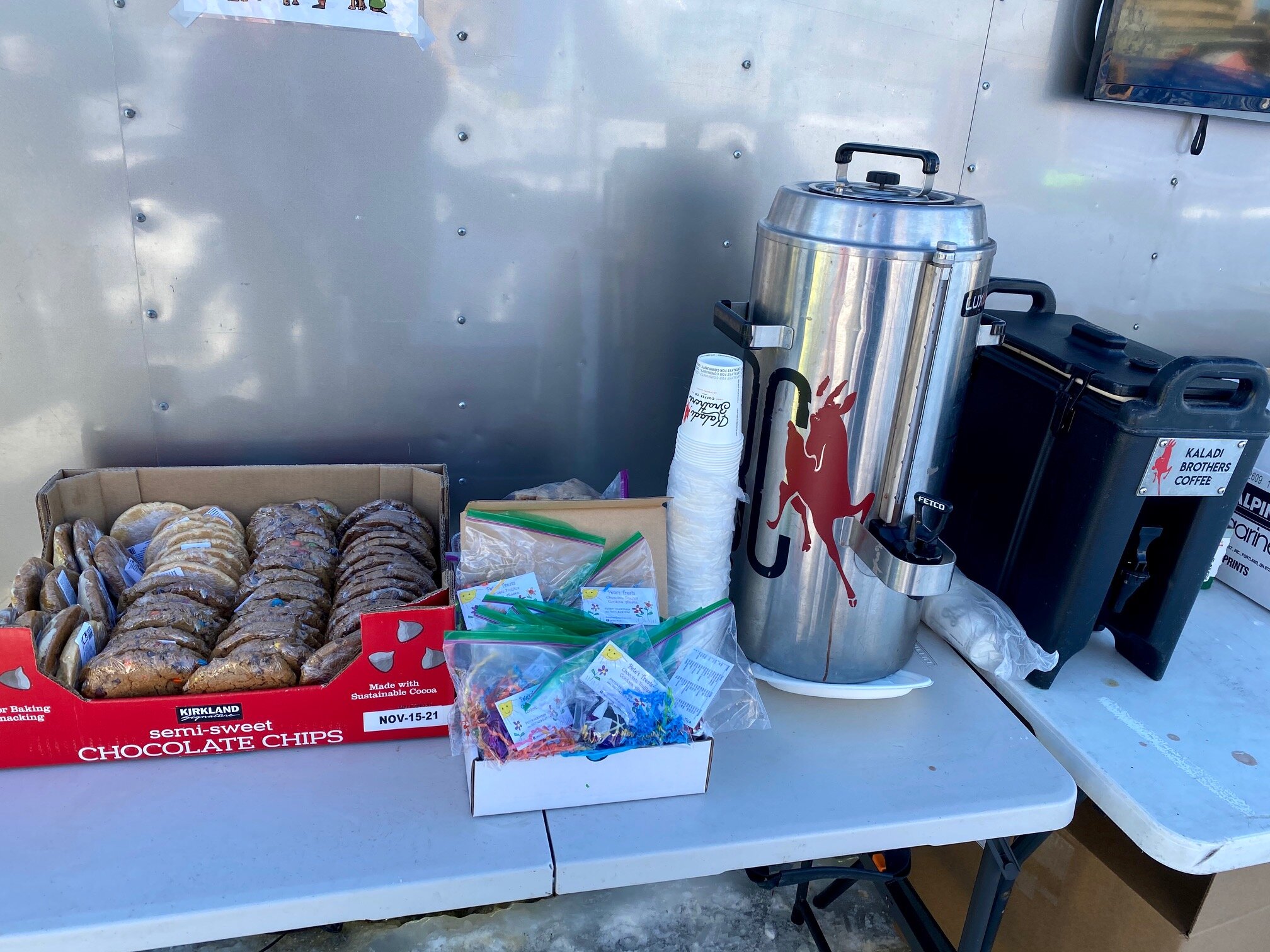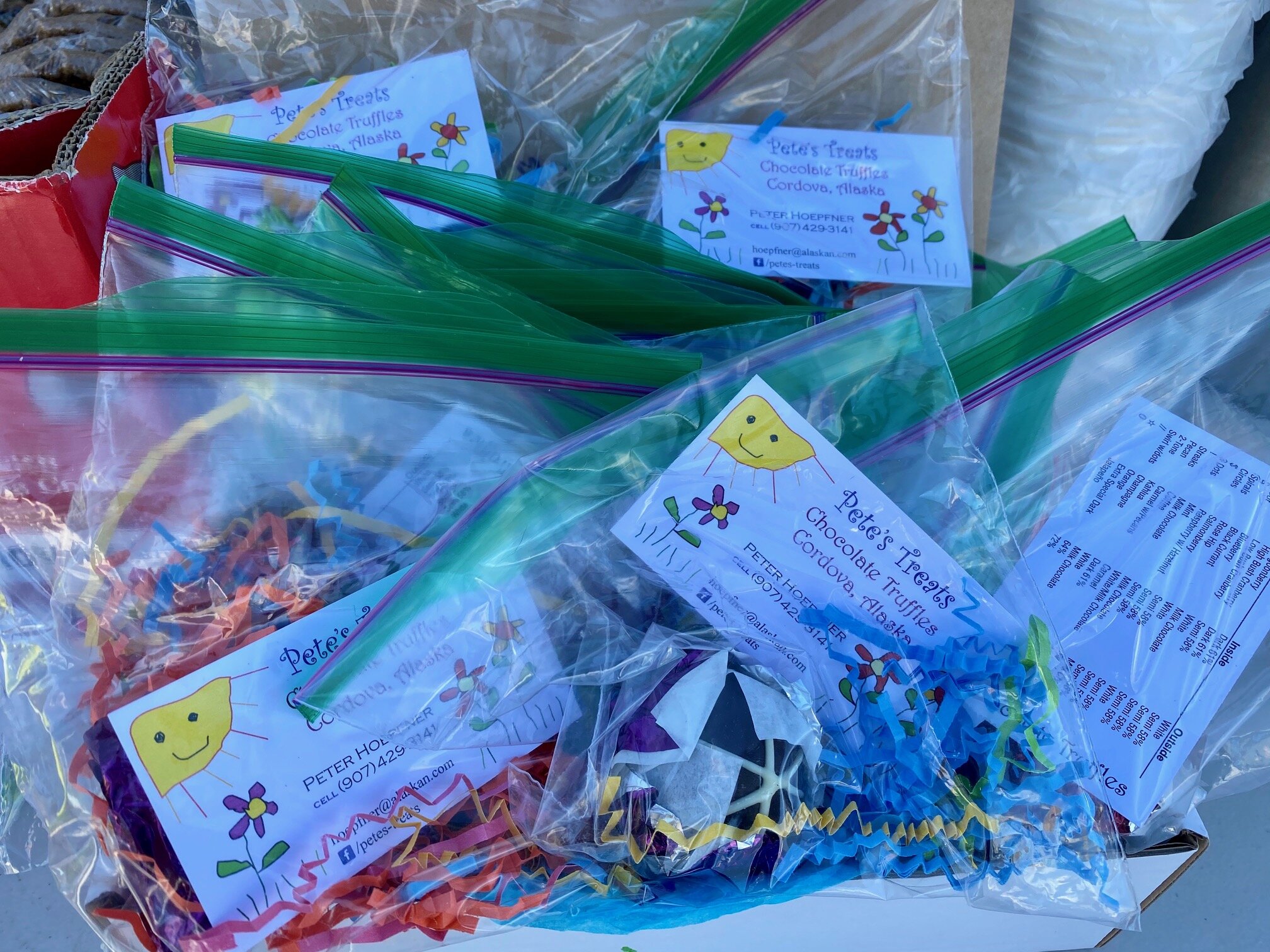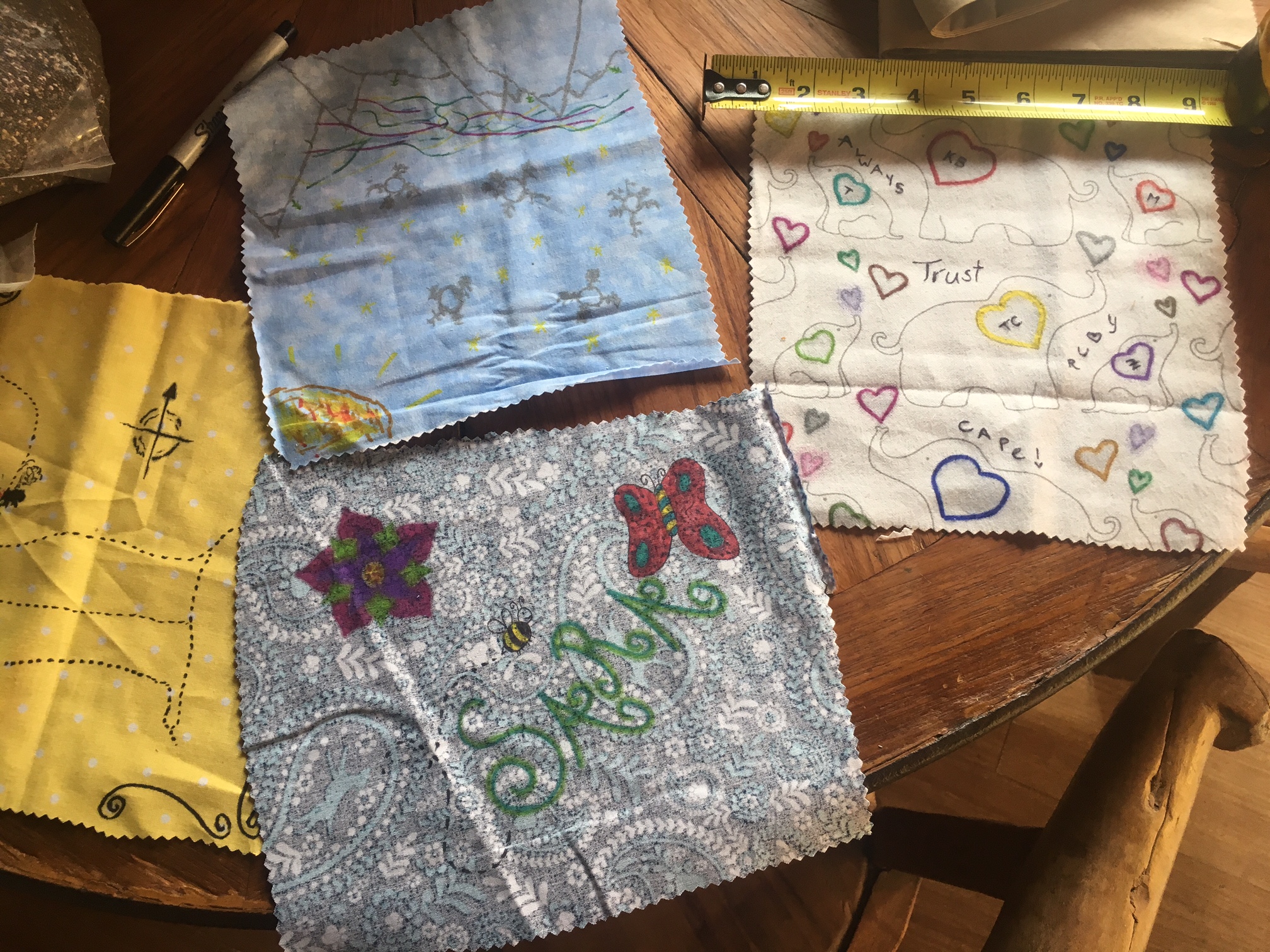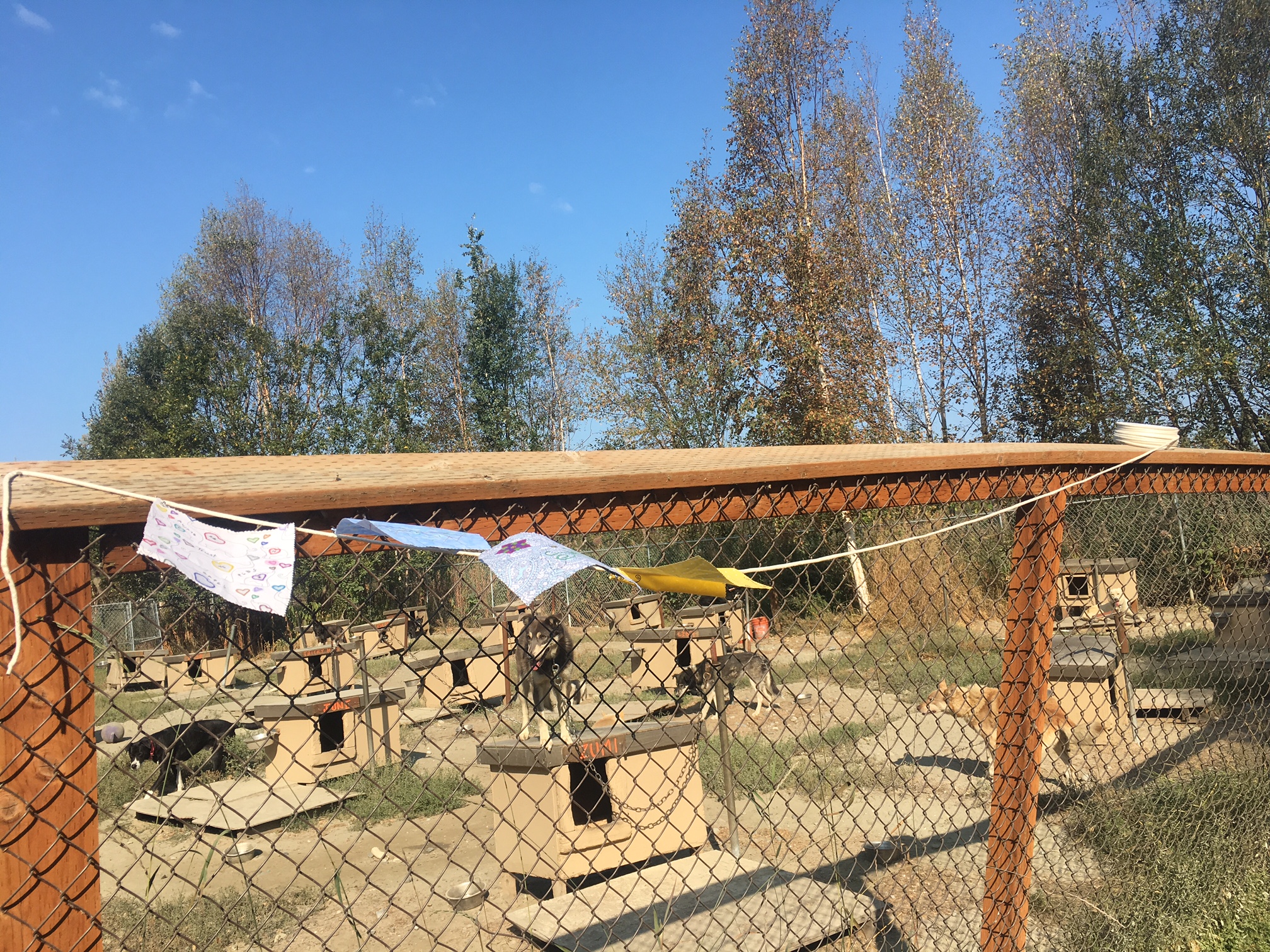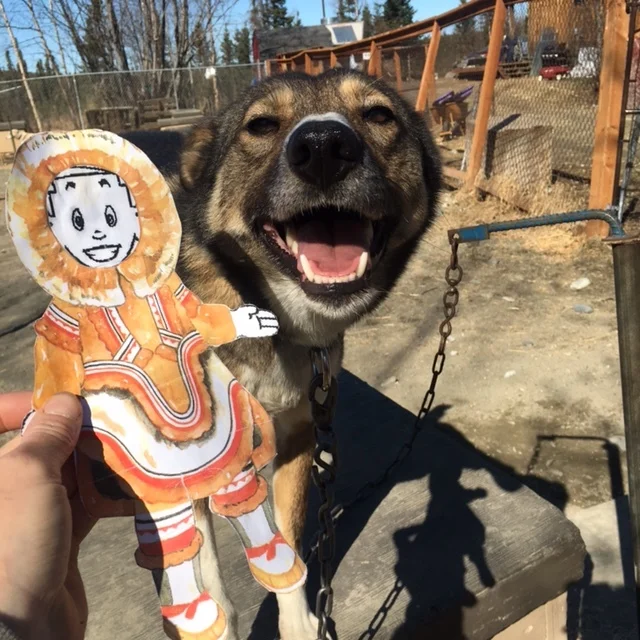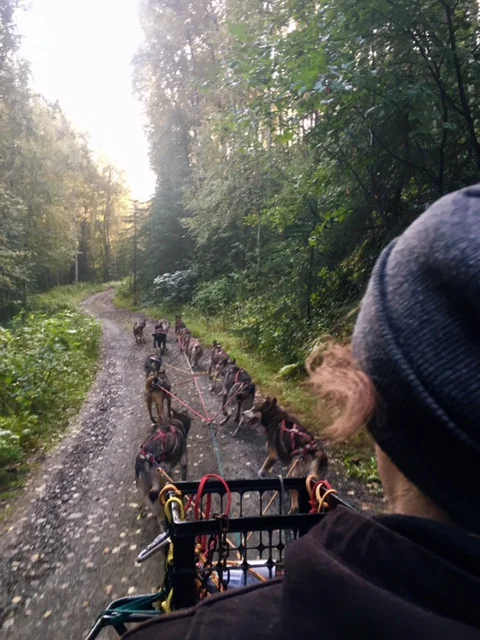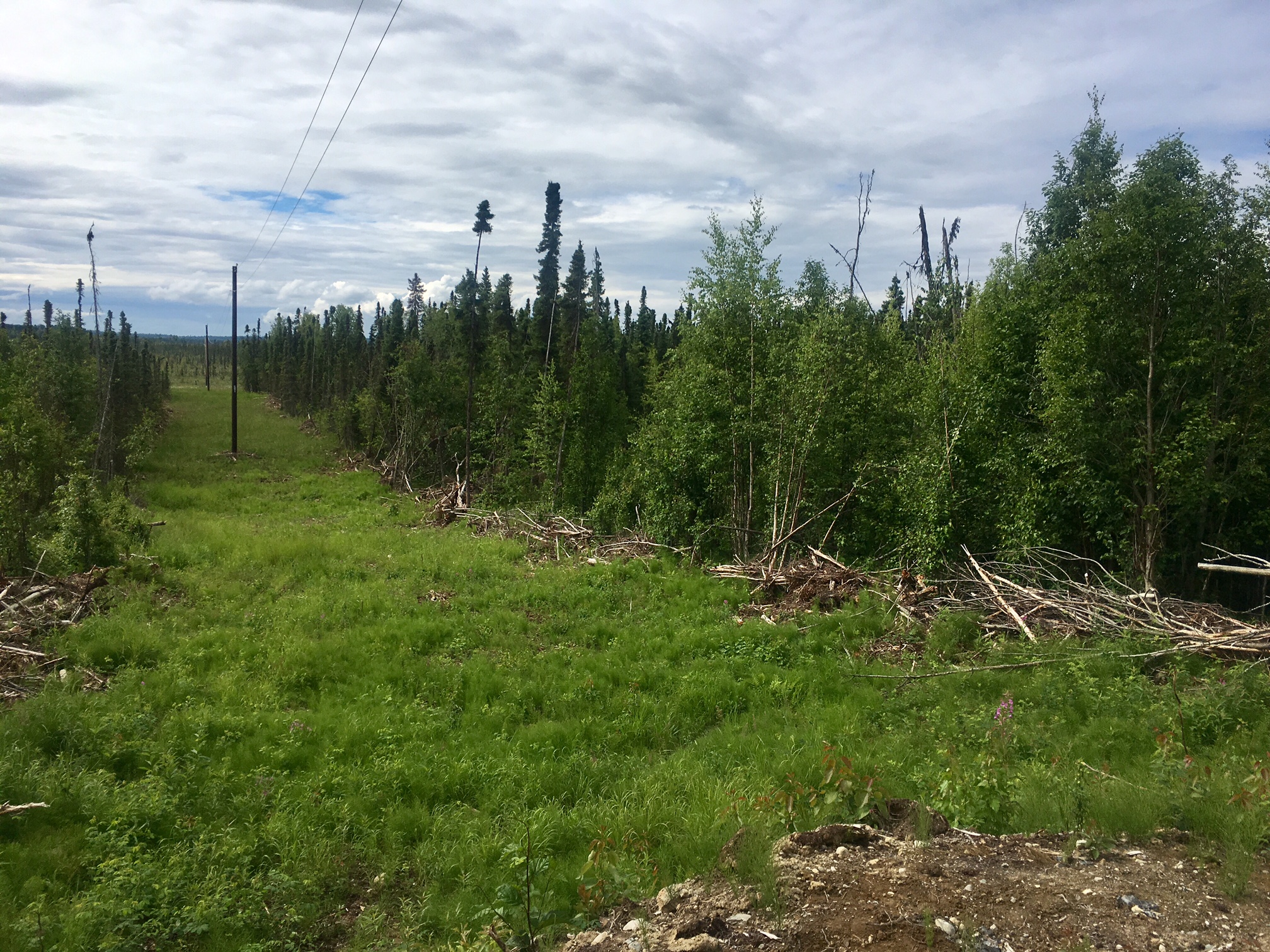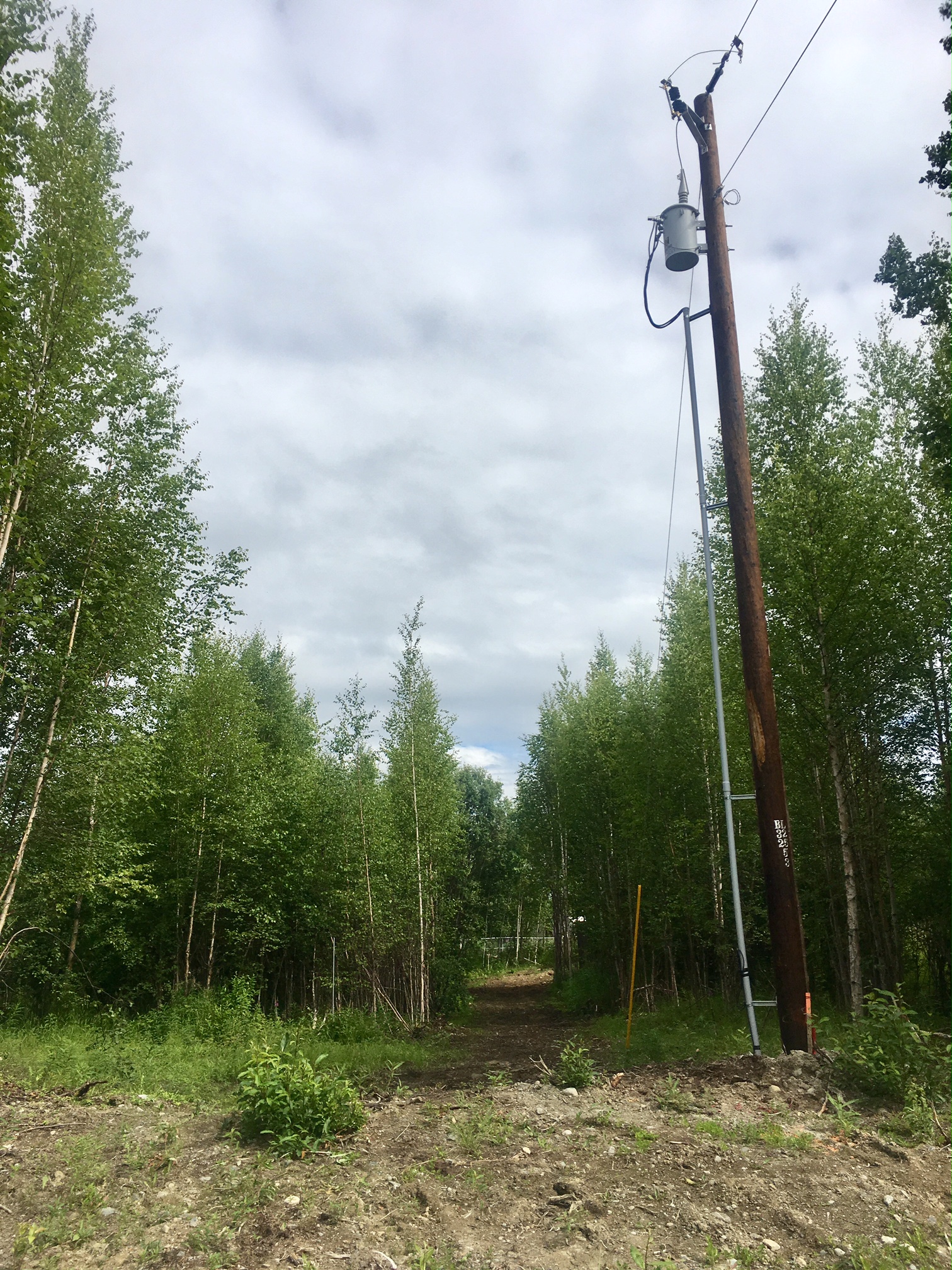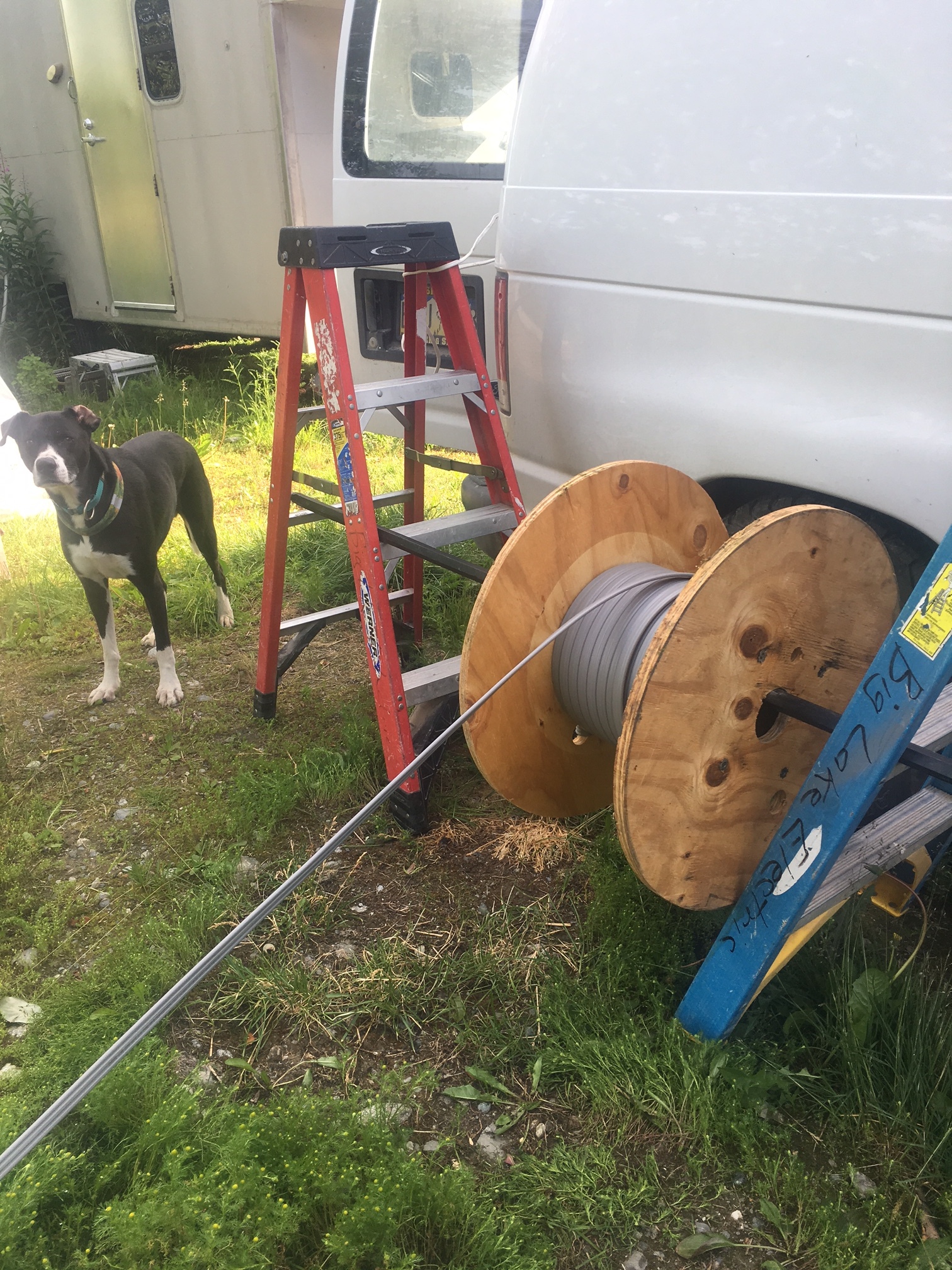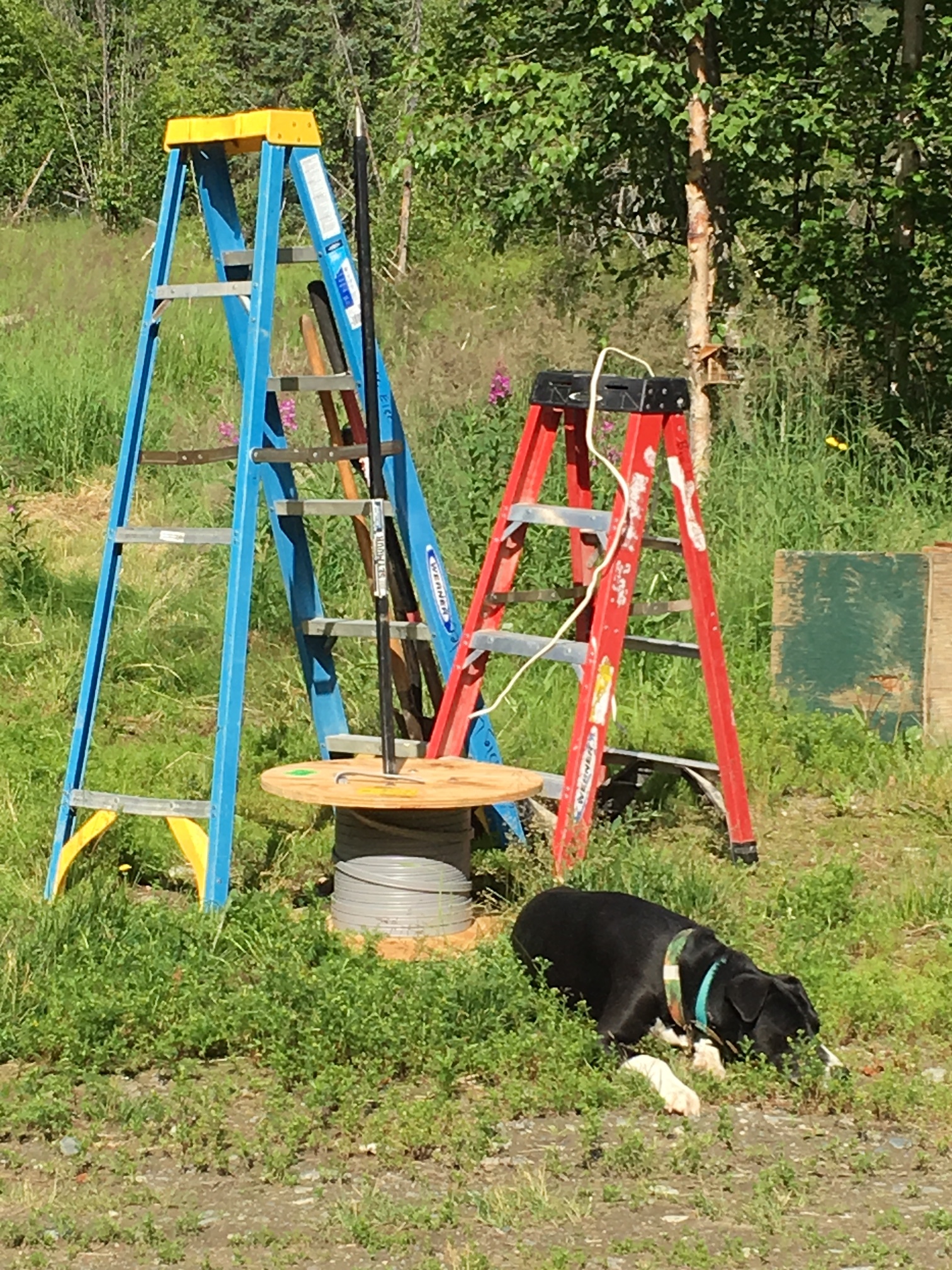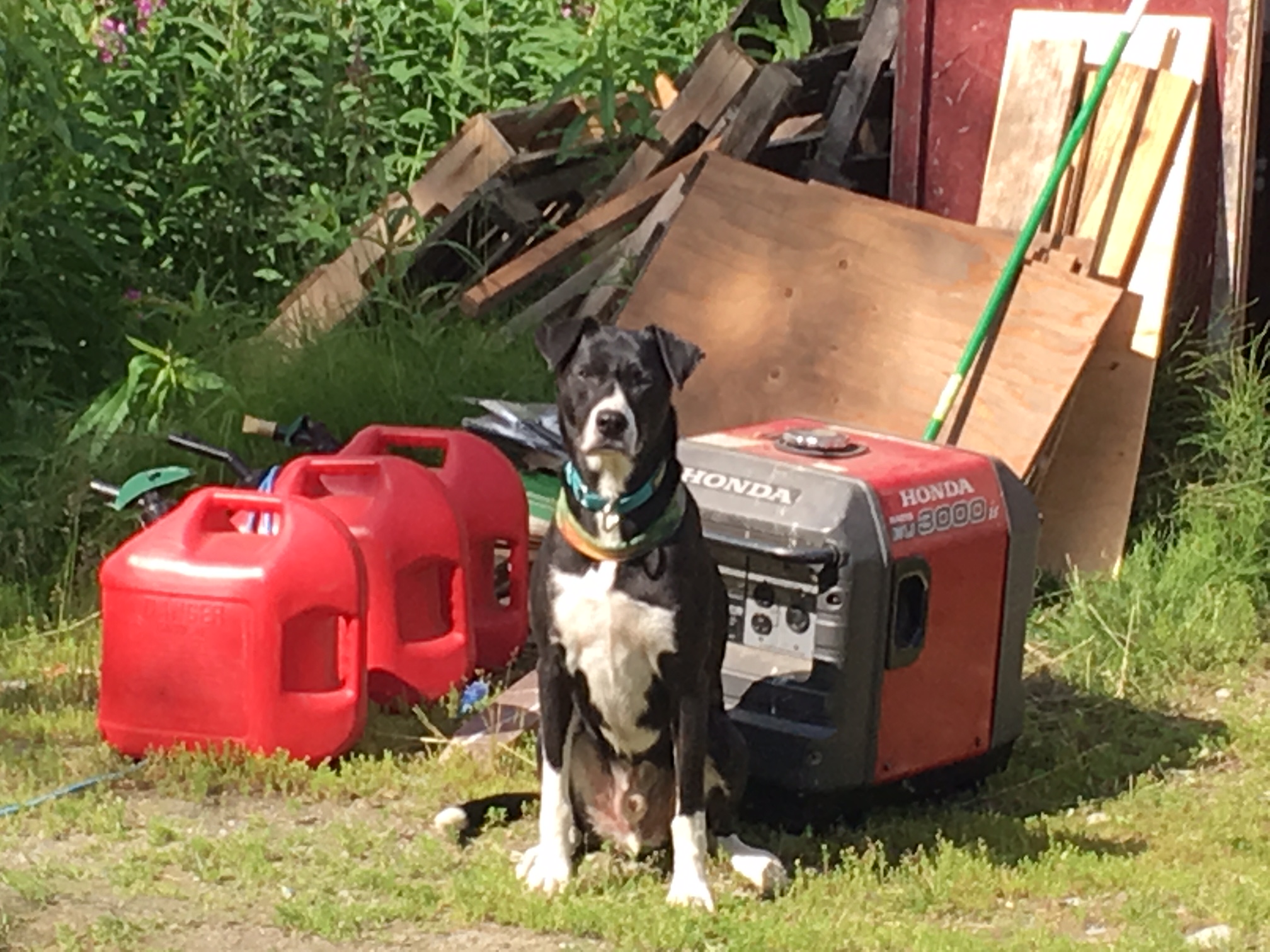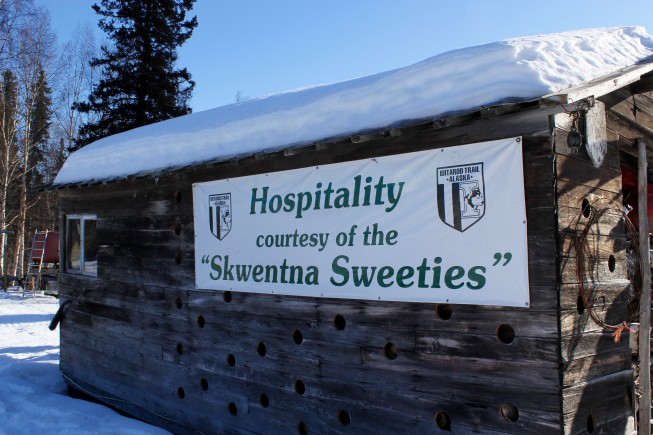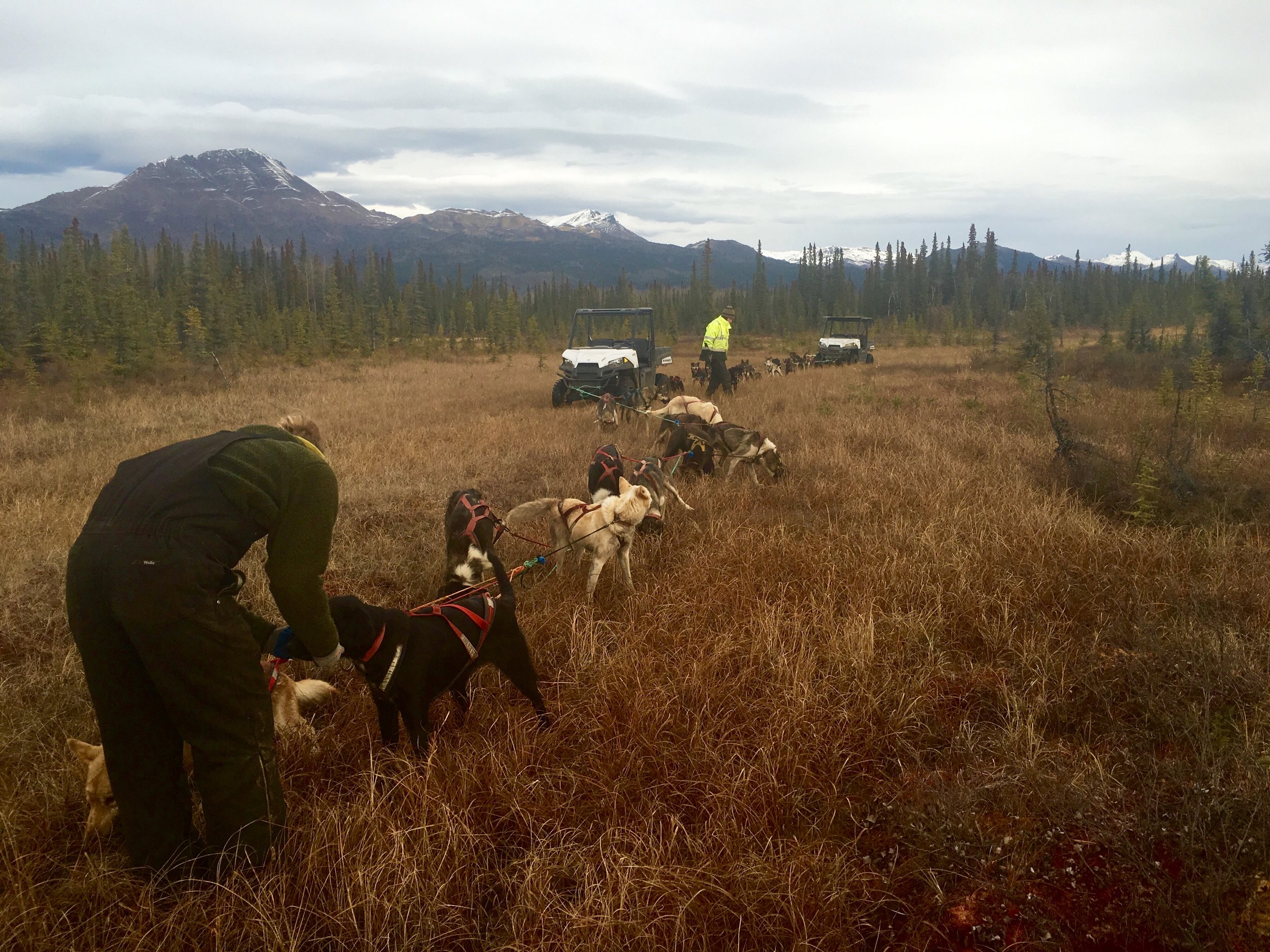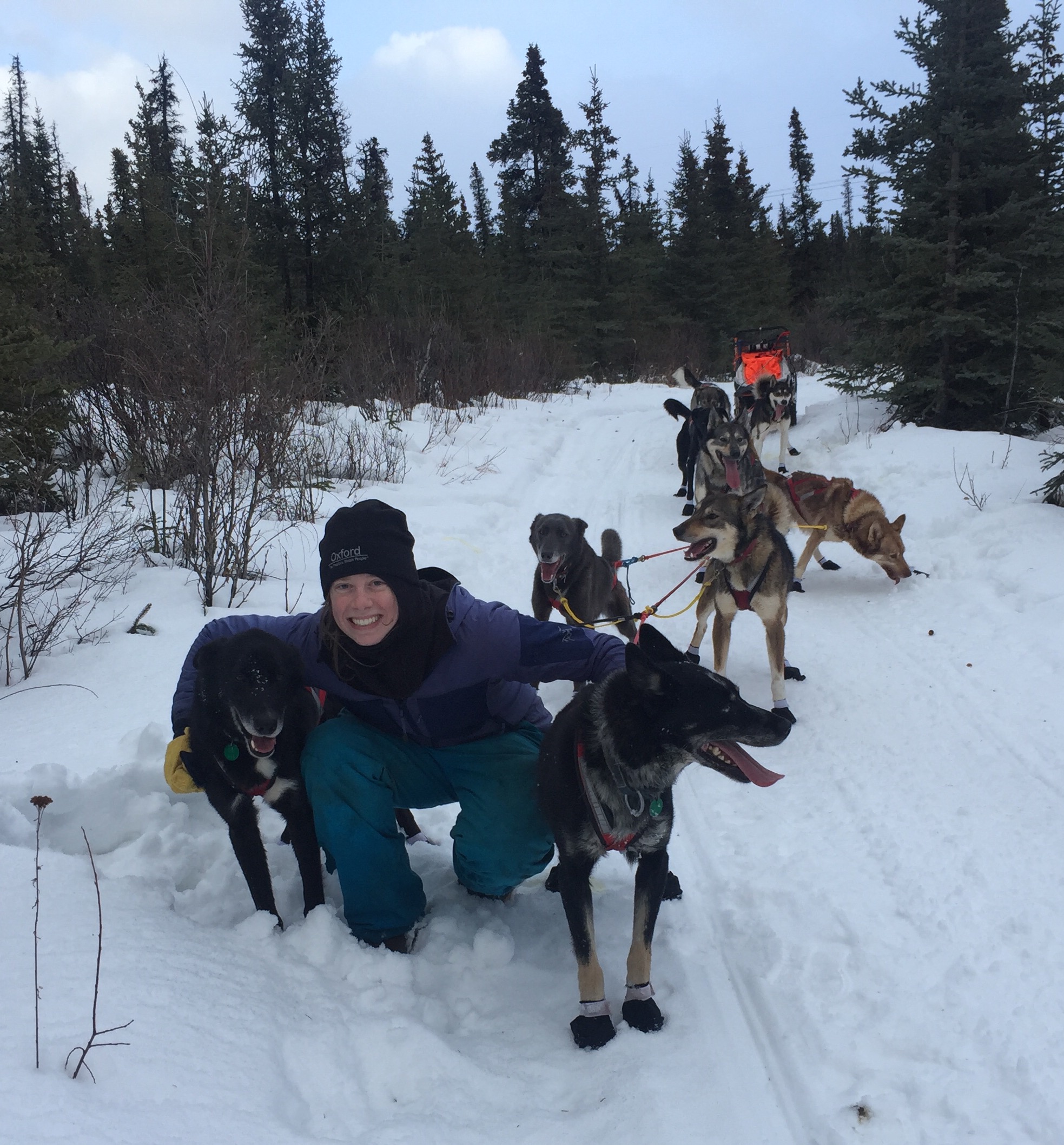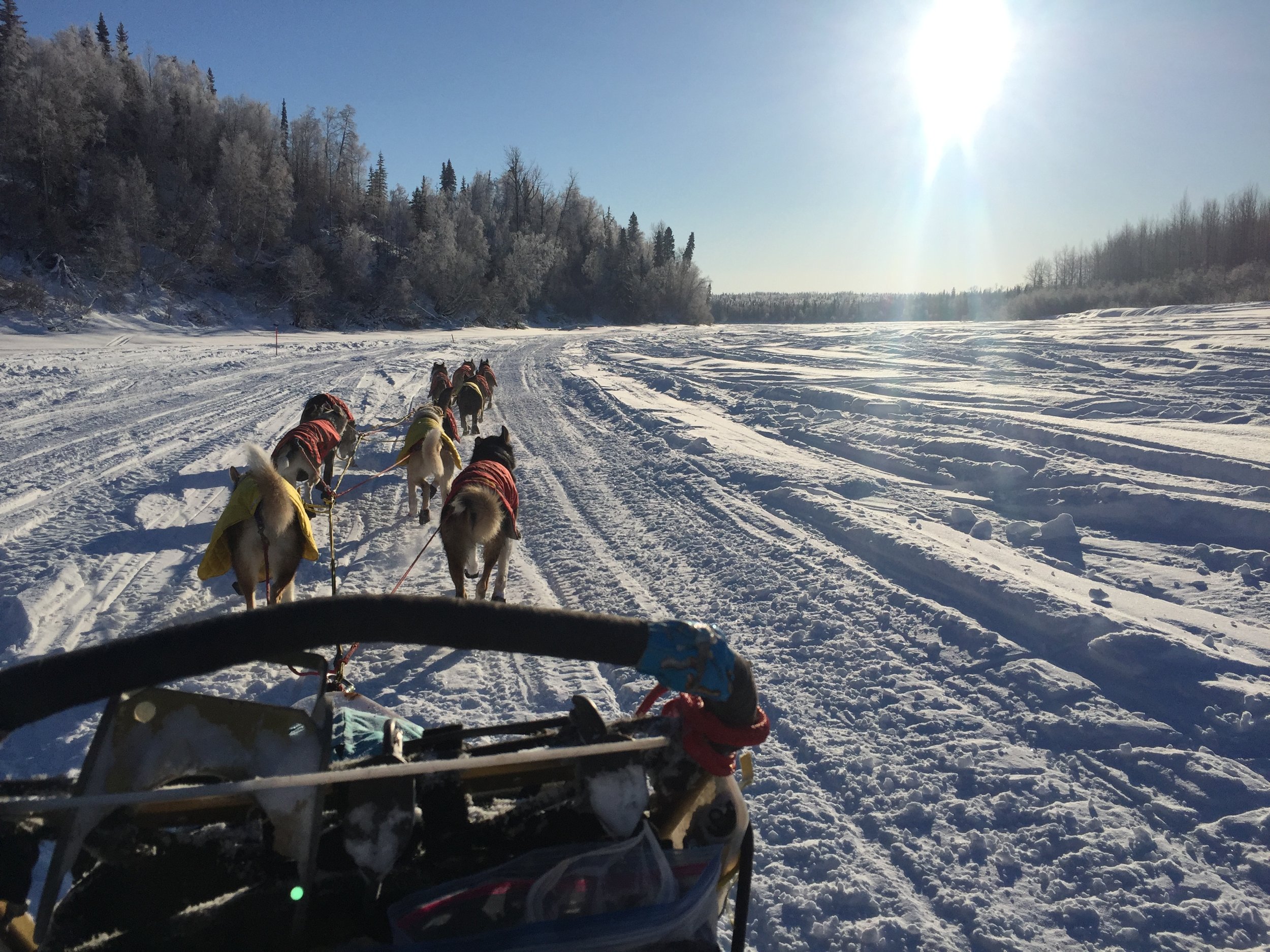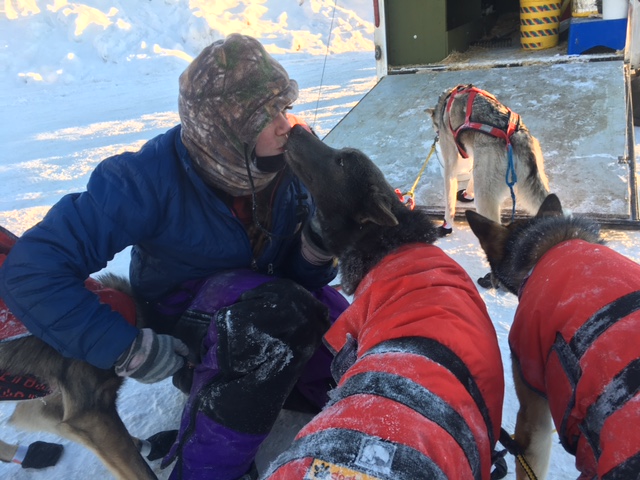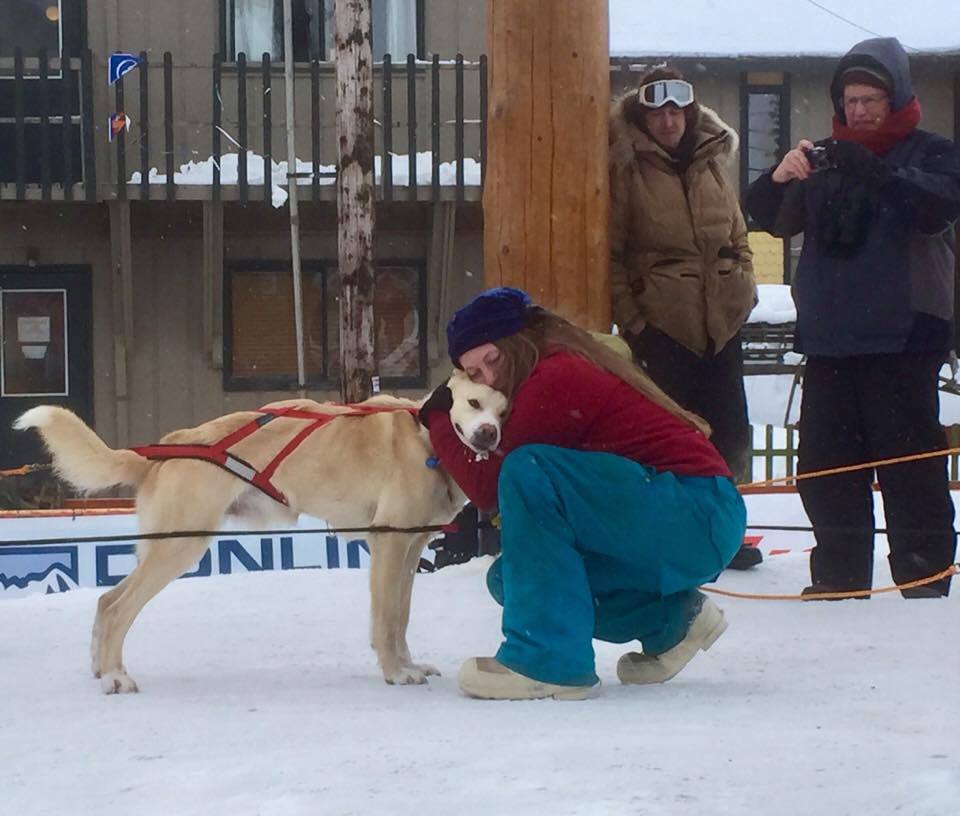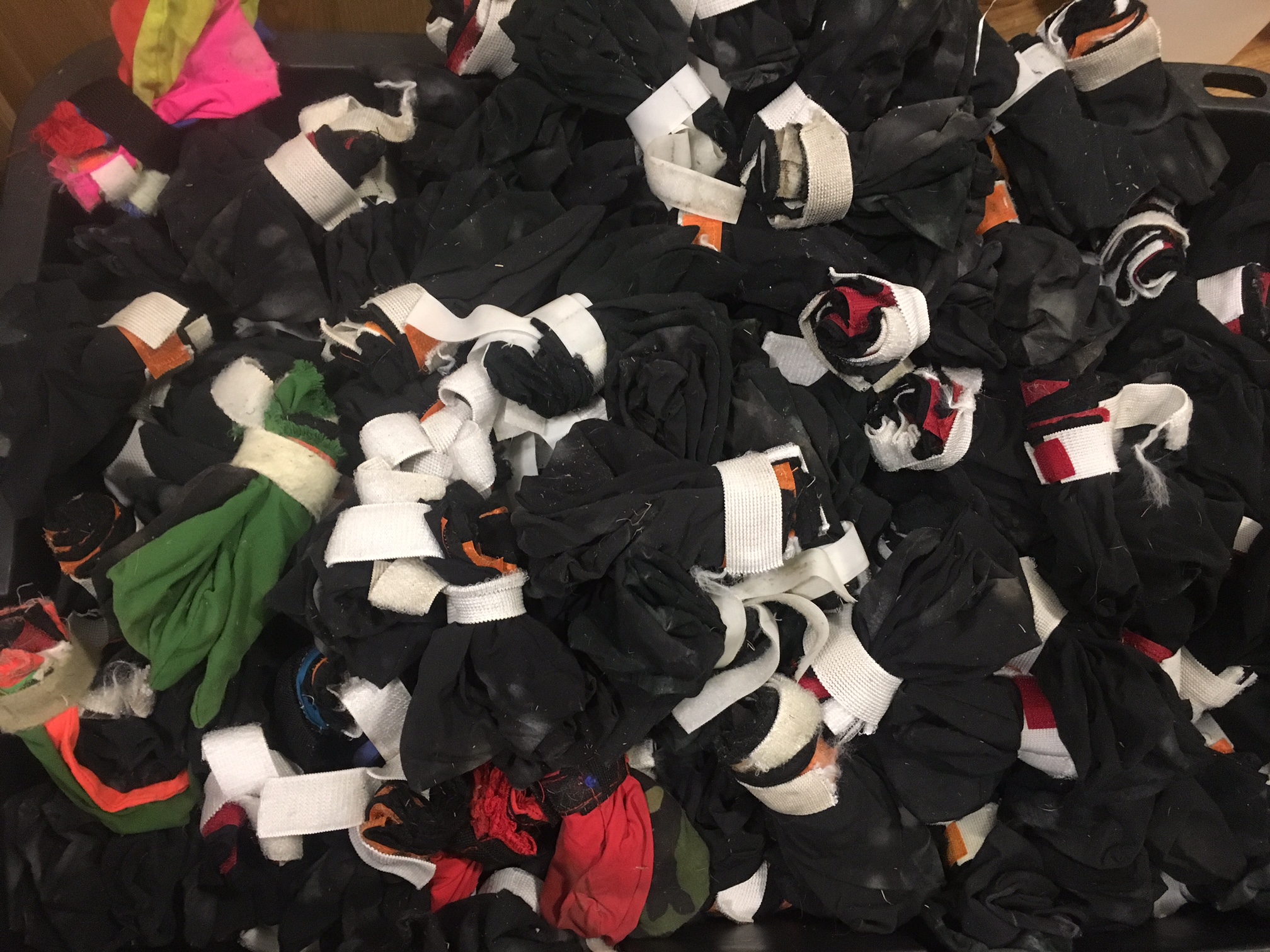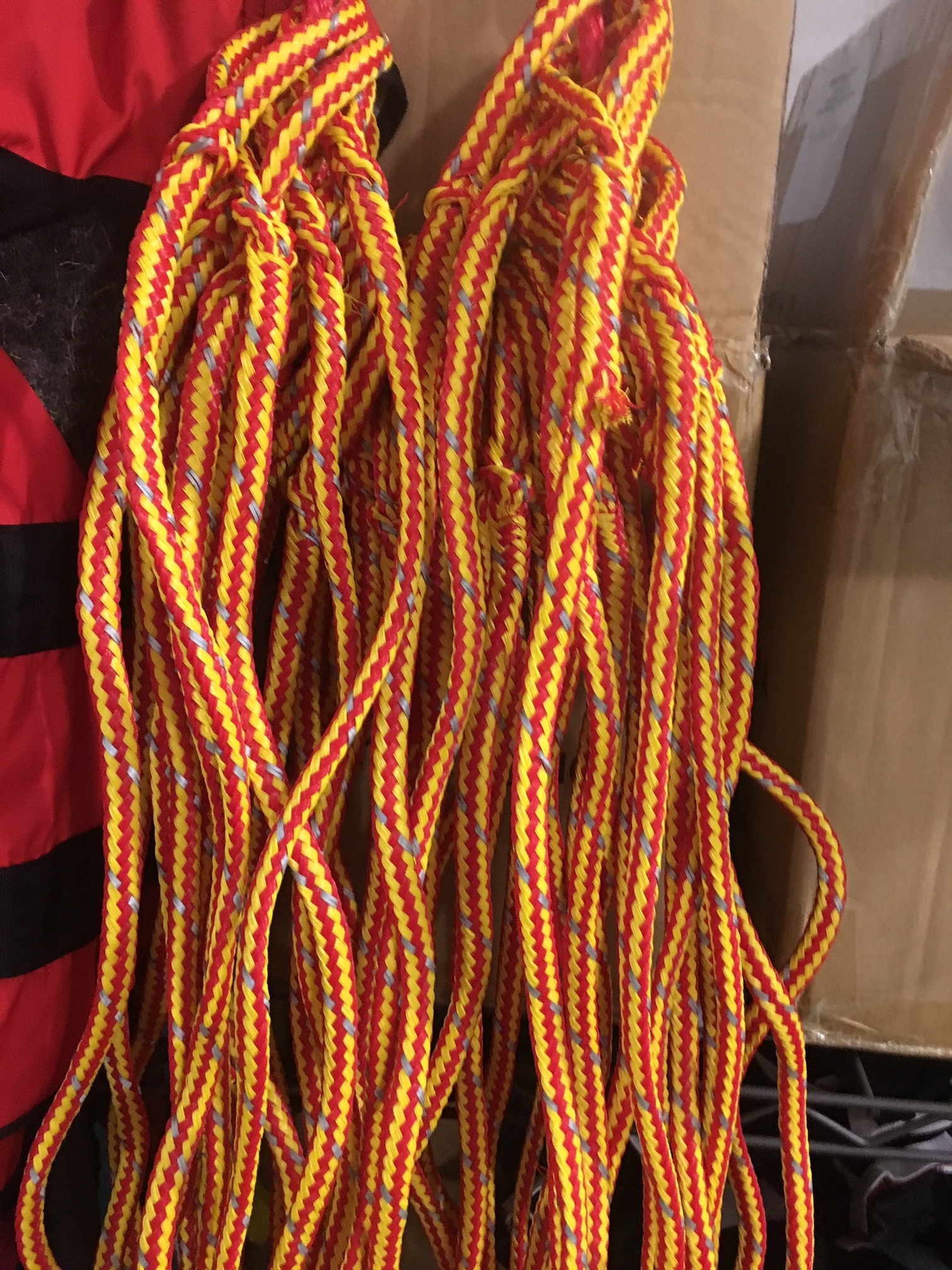The kick-off for our Buy-A-Mile program is off to a running start! We have made it to and past the first Iditarod checkpoint, Yentna, at Mile 42 (we are currently at Mile 55!)
Here is some information on Yentna as a checkpoint as well as the trail from Willow to Yentna, courtesy of Iditarod.edu:
“The distance from the Willow restart to the first checkpoint, Yentna Station is 42 miles. These are easy miles for the mushers and dog teams as most are on frozen rivers or well traveled snowmachine trails. Most of the traffic at Yentna Station goes straight on through, stopping just long enough to check in and pick up supplies.
Officially, this checkpoint is known as the Yentna Station Roadhouse. The nearest road is more than 40 miles away! The only way to travel to Yentna in the winter is by plane, snowmachine or dog team. In summer you can add boat because the checkpoint is located on the Yentna River.
Roadhouses are quite significant in Alaskan history. They are like hotels that were built along trails used by miners, mail carriers, loggers and anyone else who had to travel along wilderness trails. They were generally built a “day’s travel” apart. Some were permanent wood structures while others were just temporary tents. Some were quite nice while others just provided shelter and a meal. The Yentna Station Roadhouse doesn’t date back to the gold rush days or when mail was delivered by dog team, but it has a rich and colorful history.
Dan Gabryszak saw the potential of a piece of land across the river from his moose hunting grounds. It was a dream that would and still requires enormous perseverance and patience. The land became available through a public land distribution program. The stakes Dan and his wife, Jean, placed on the land in 1981 eventually became their home and business as well as roadhouse and back country lodge for adventurers, sports enthusiasts and travelers. The Gabryszaks have endured through some very lean and hungry years.
Some thirty years later and still run by the Gabryszak family, the Yentna Station Roadhouse, oasis for all, is open twenty-four hours a day, seven days a week, year round. The roadhouse is a large permanent structure flanked by several A-frame cabins. Services offered include meals, rooms and guides for folks who want to fish, hunt, follow Iditarod, work or travel in the area. It’s not only the first checkpoint for Iditarod, it’s also a checkpoint for Junior Iditarod, Iditasport, Alaska Ultra Sport, and the Iron Dog Race. Iditarsport and Ultra Sport are both human powered endurance races where people bike, ski, run or snowshoe anywhere from 130 to 1100 miles.”
Thank you SO MUCH to all those who have sponsored miles thus far! Were excited to continue the Buy-A-Mile journey onward to one of our favorite checkpoints- Skwentna :)
Photos courtesy of:
http://www.alaskaultrasport.com/route_description.html and http://iditarod.nyrakymsamaljankan.com/?cat=13

